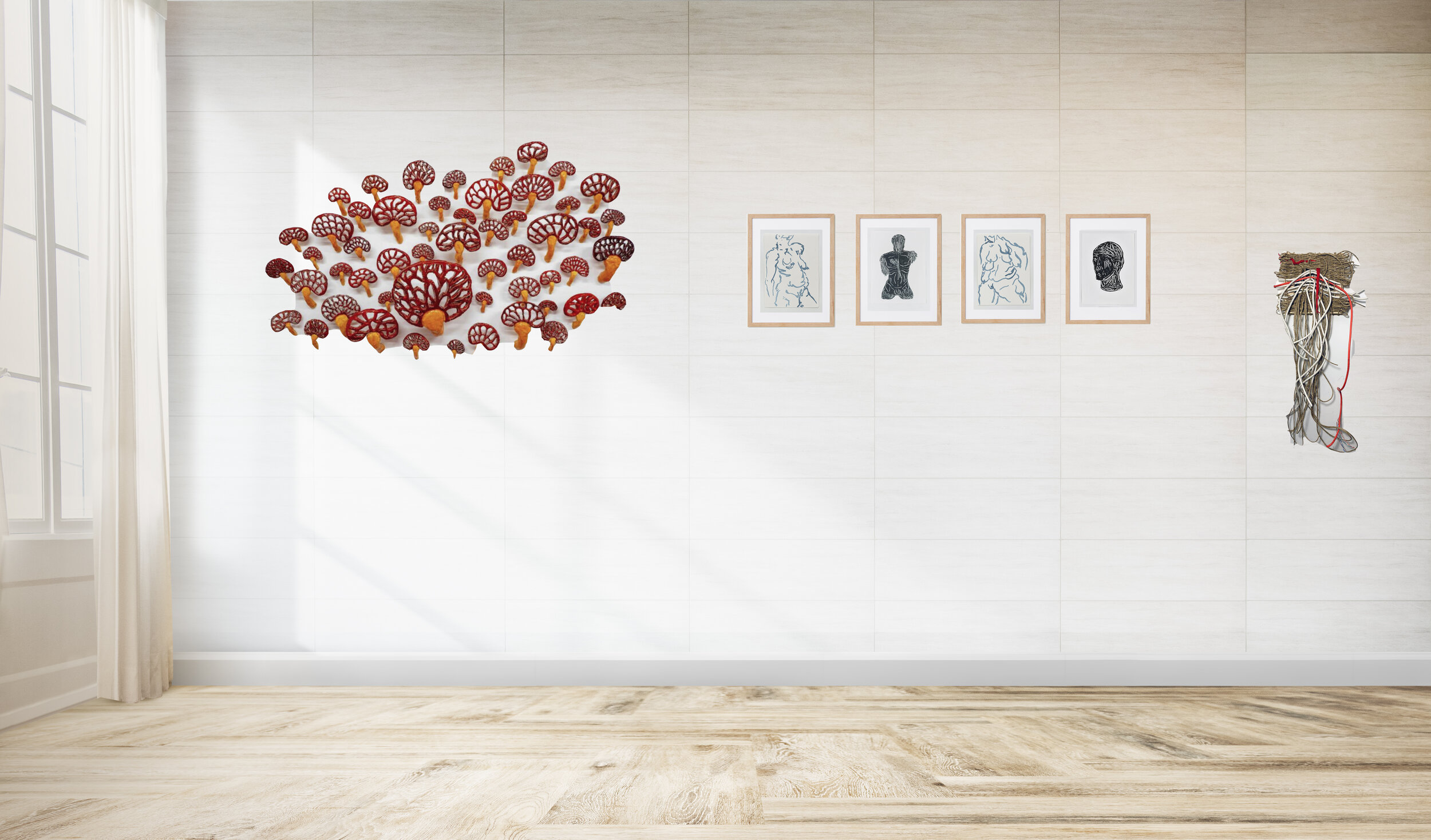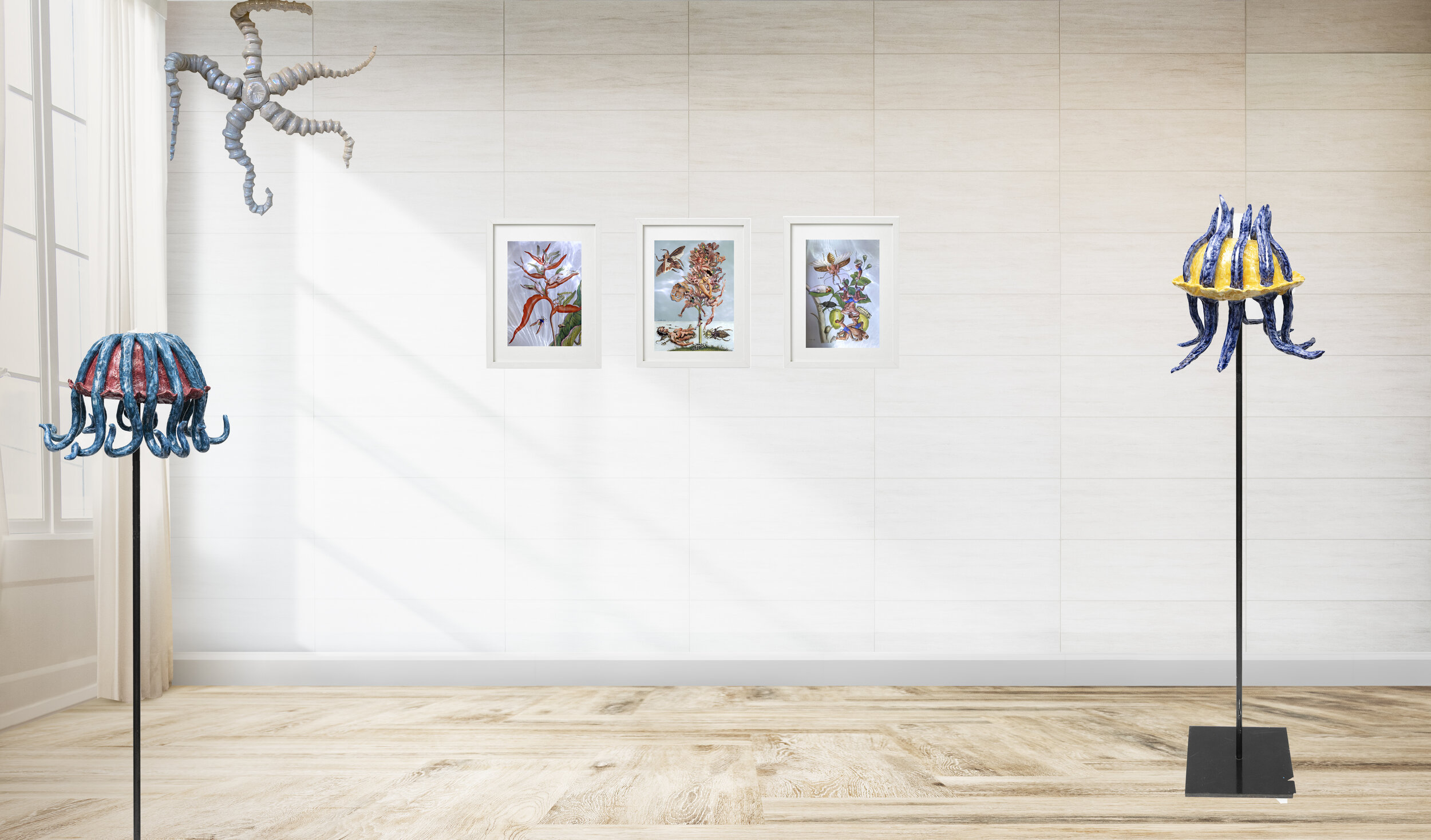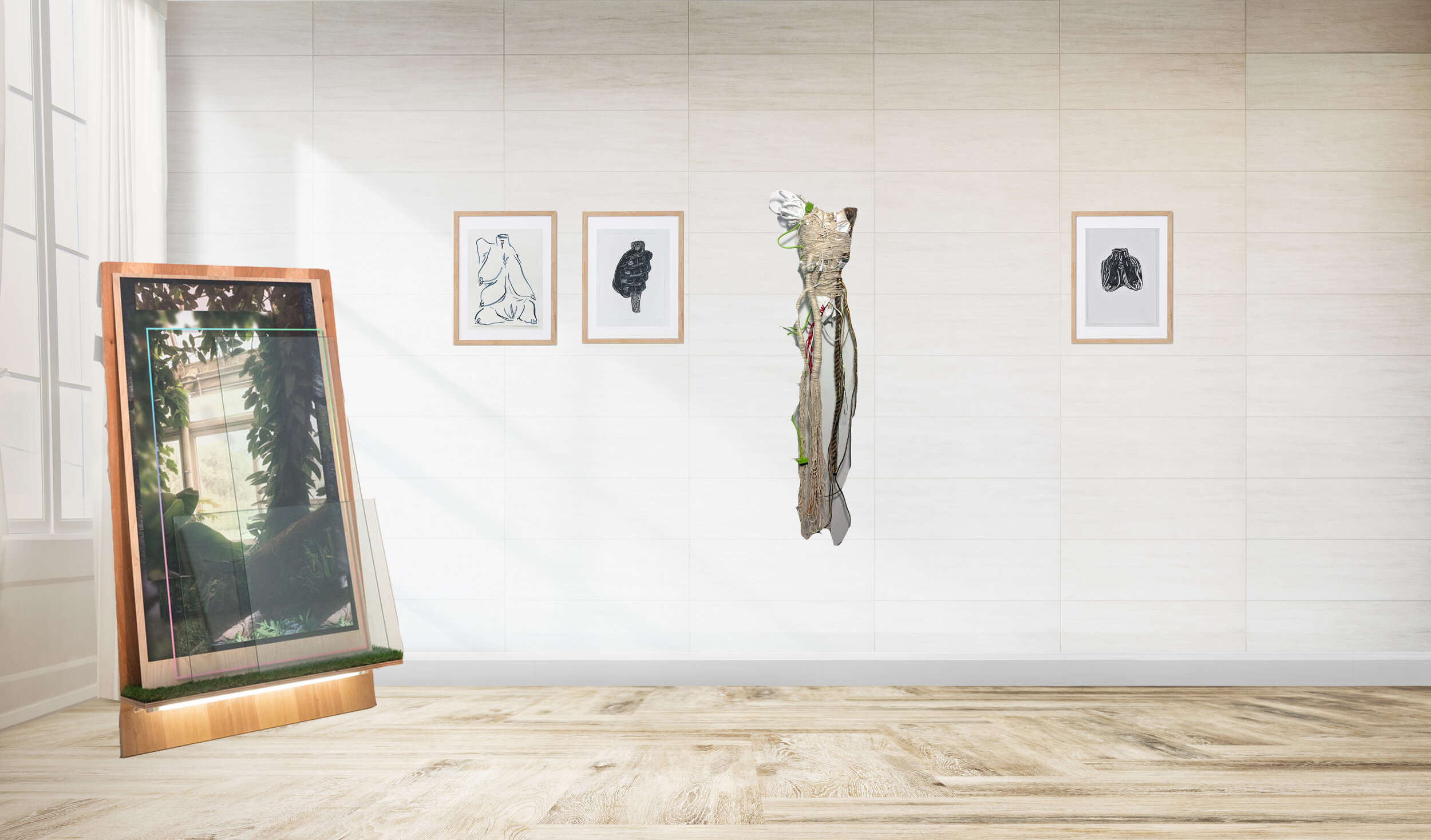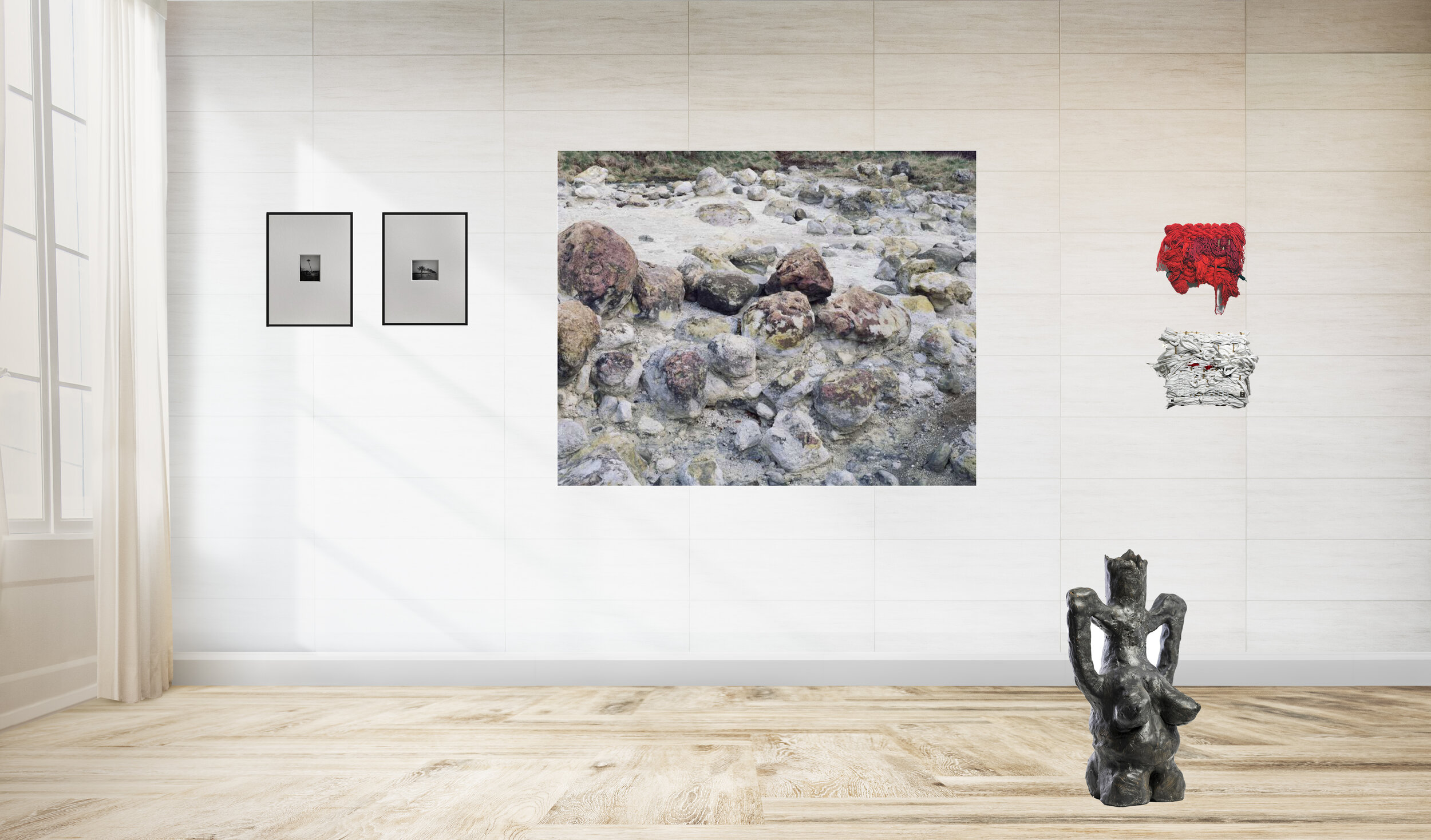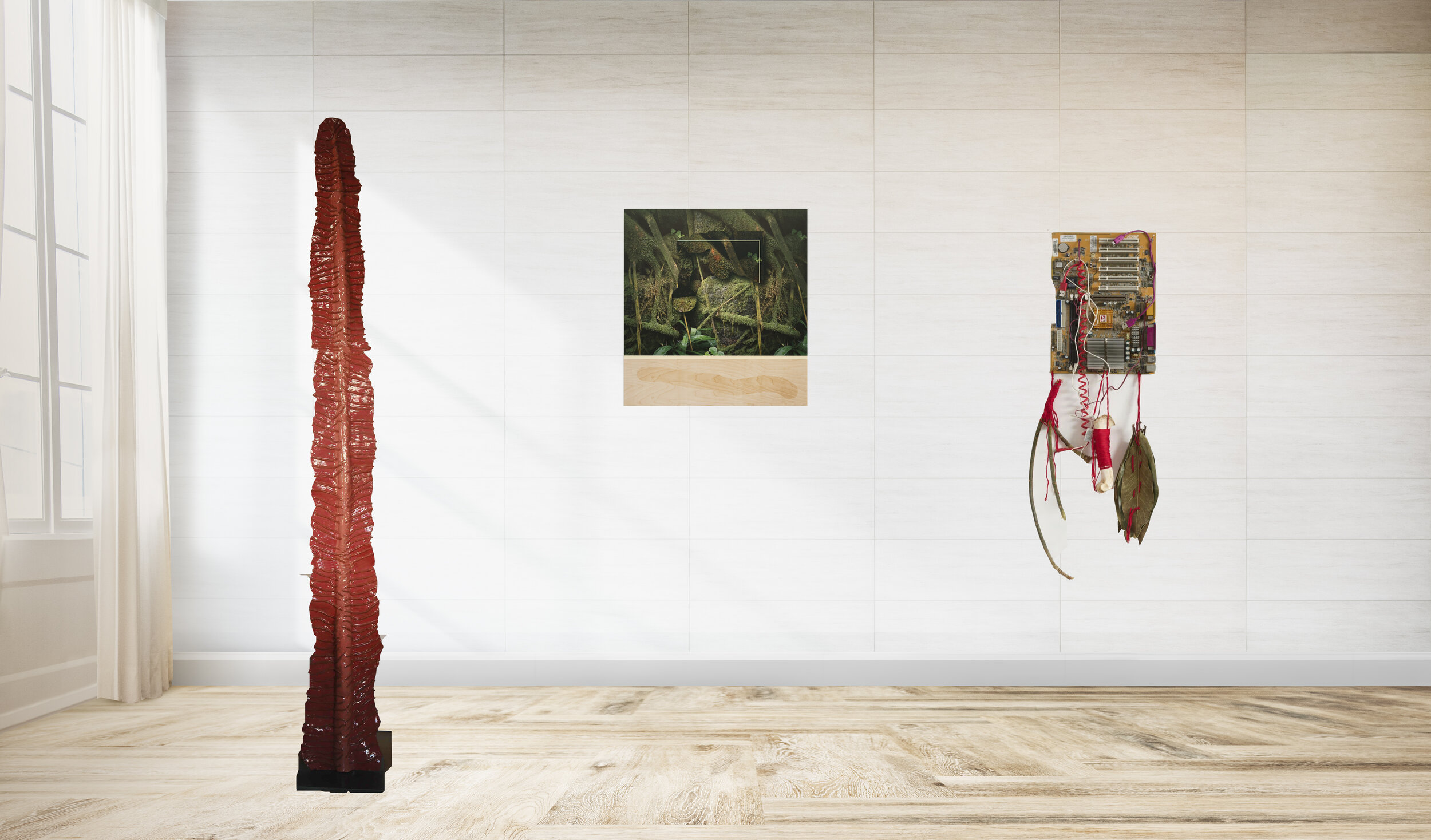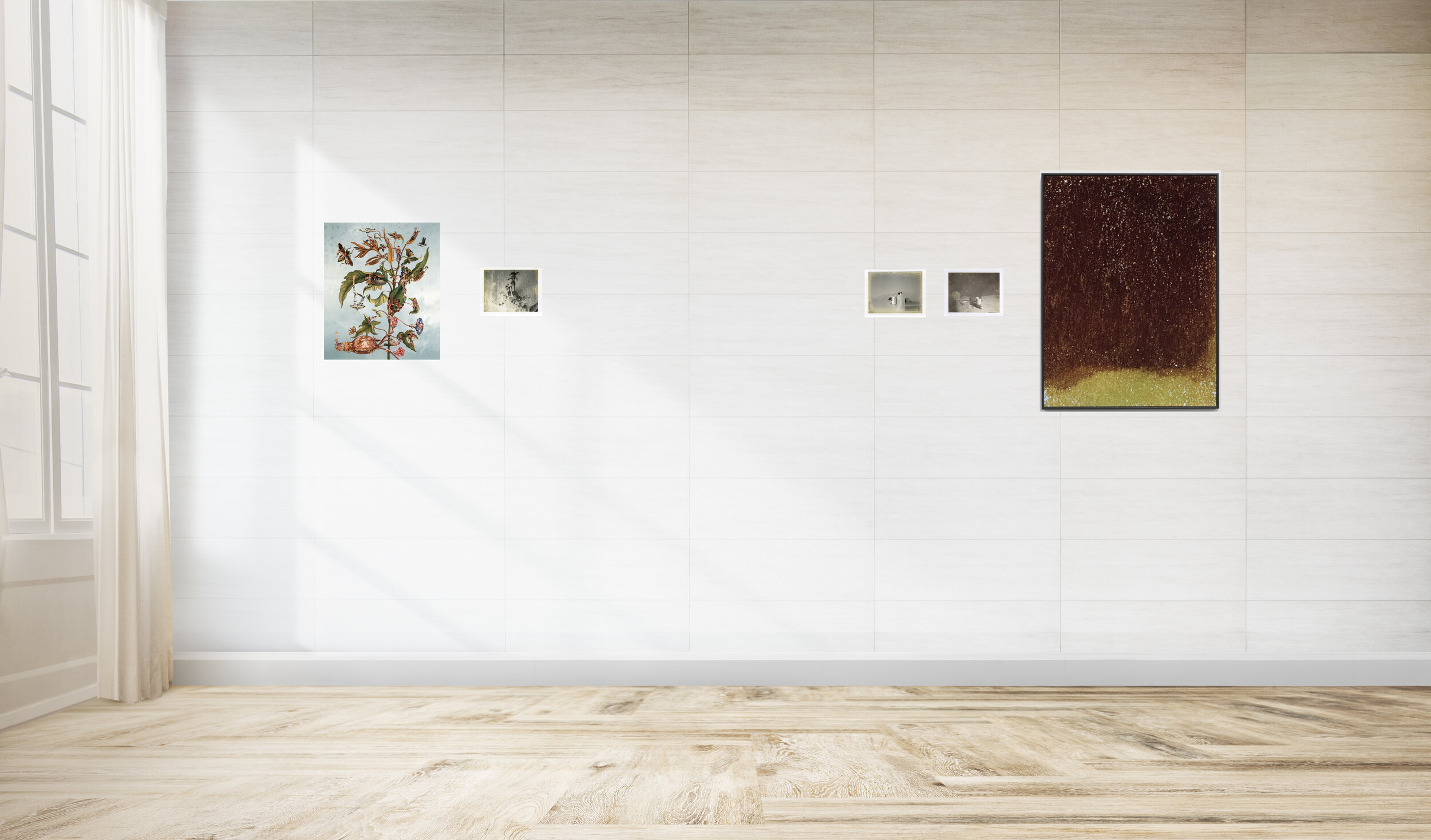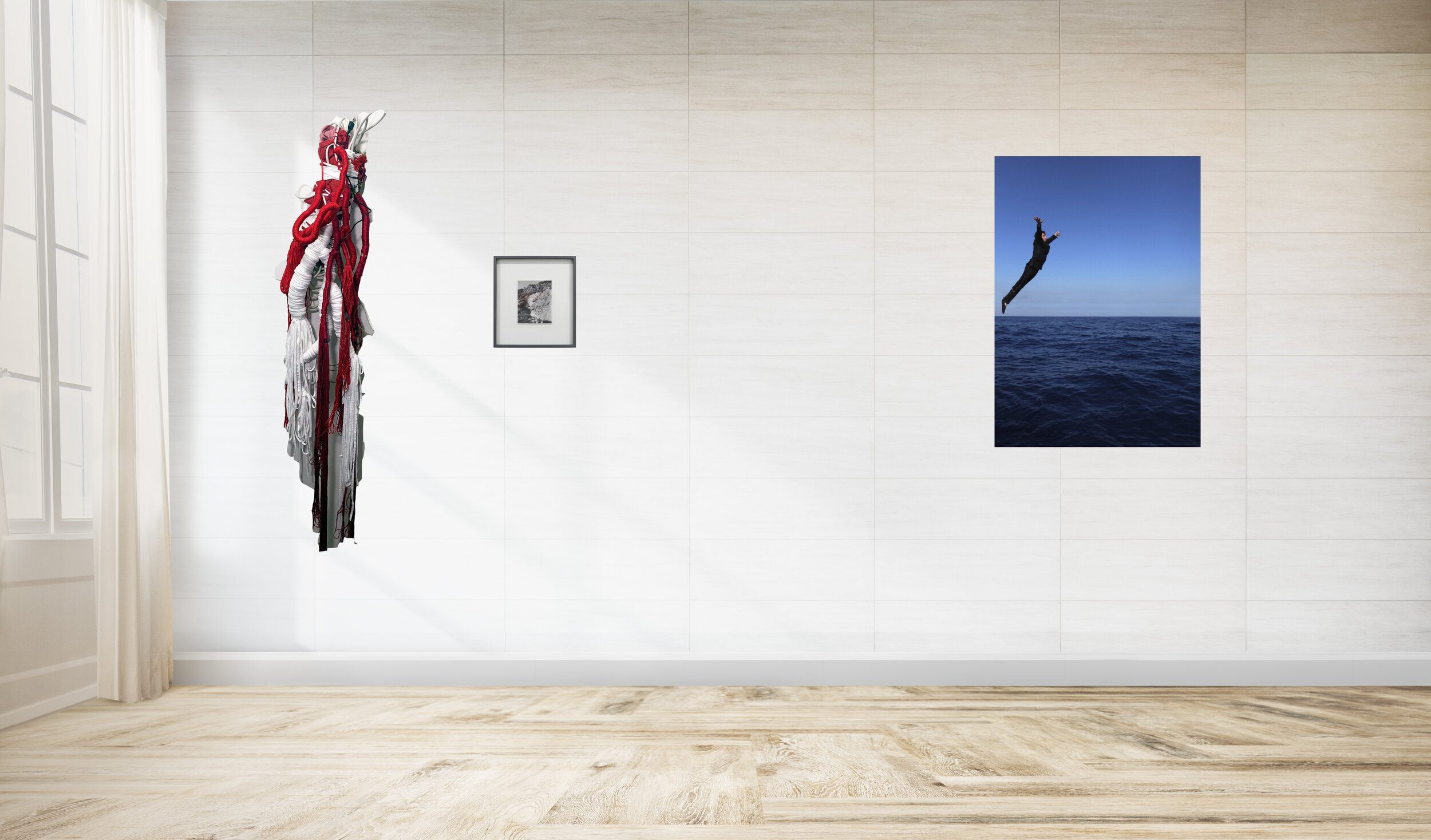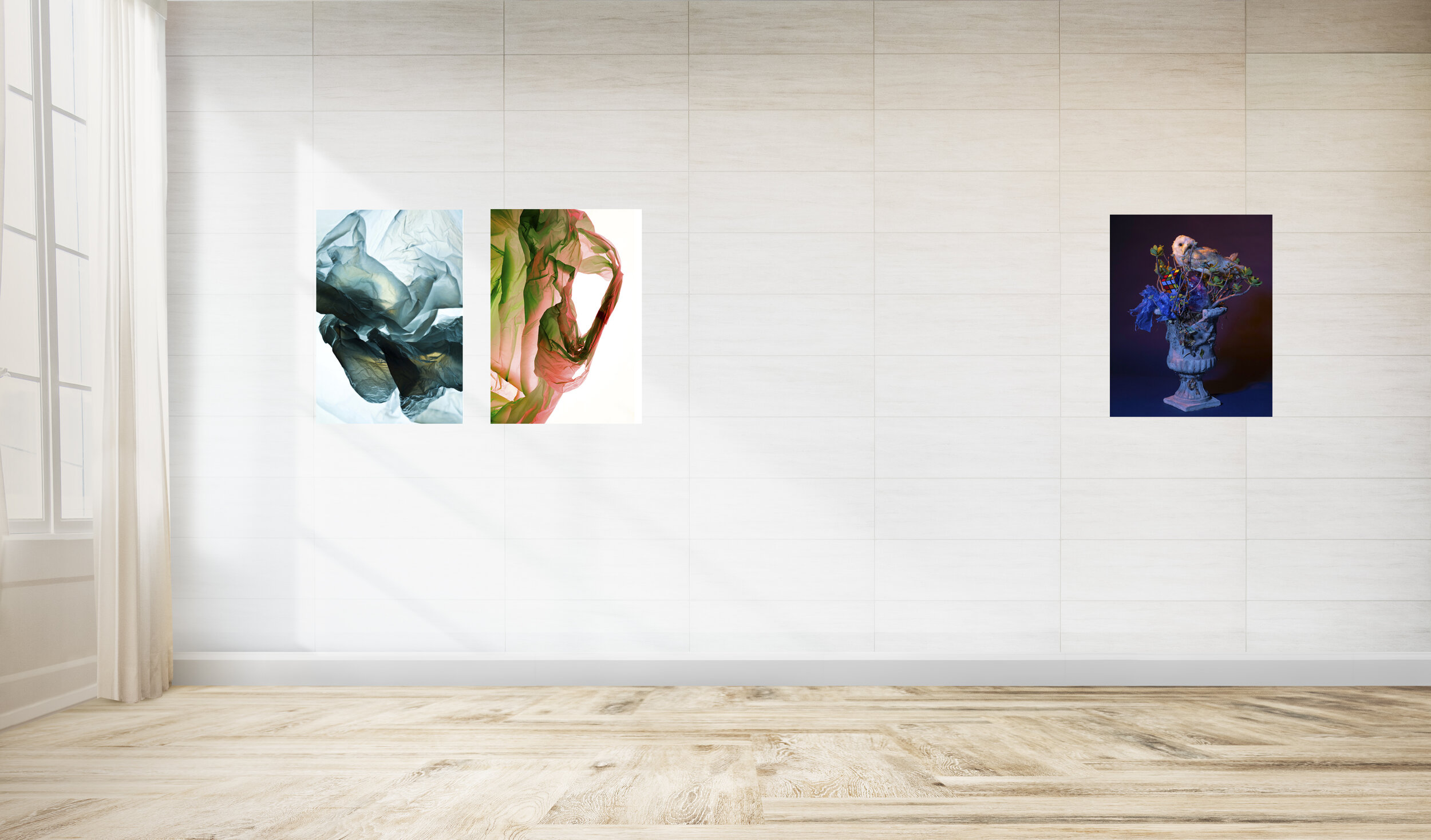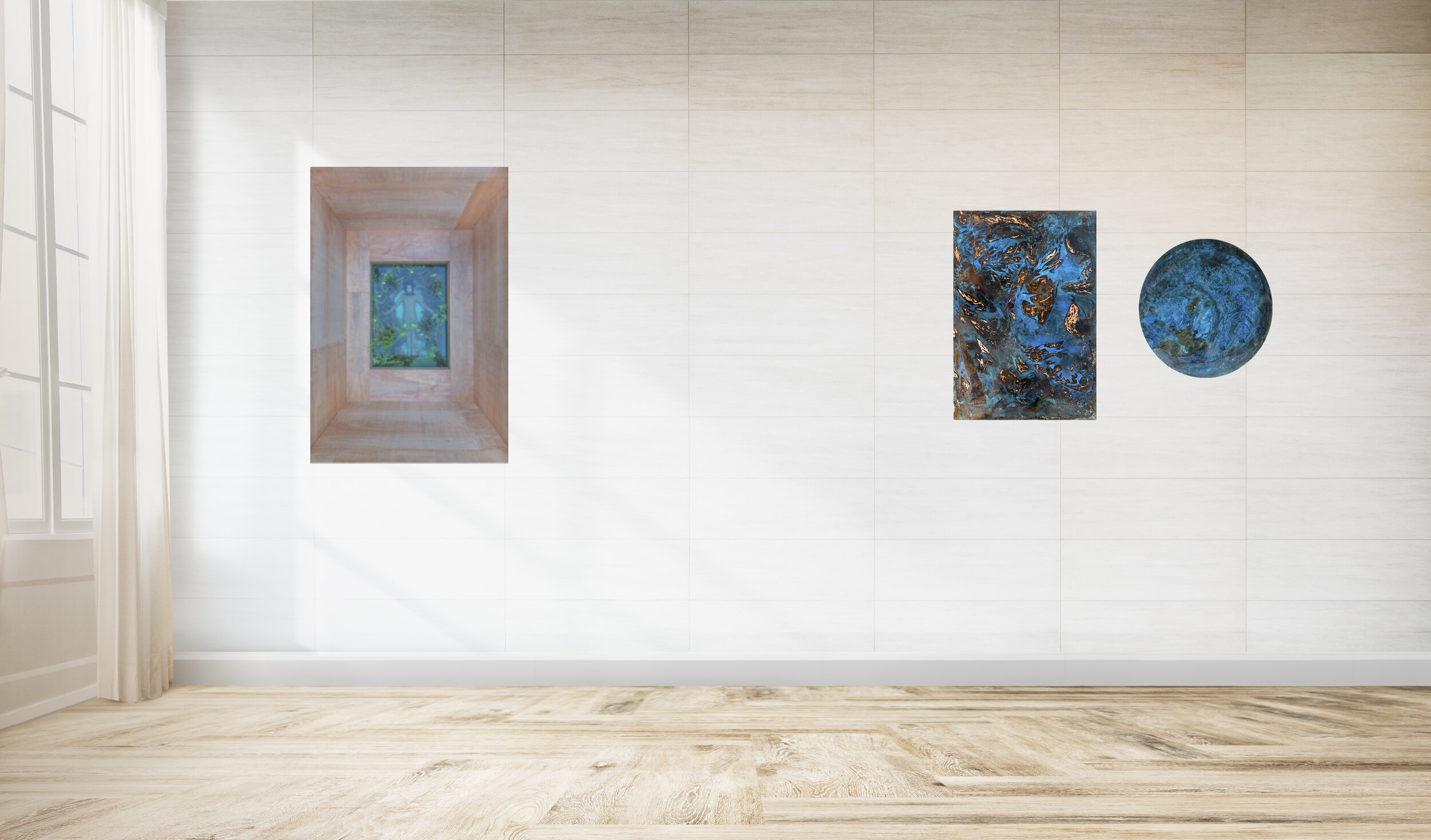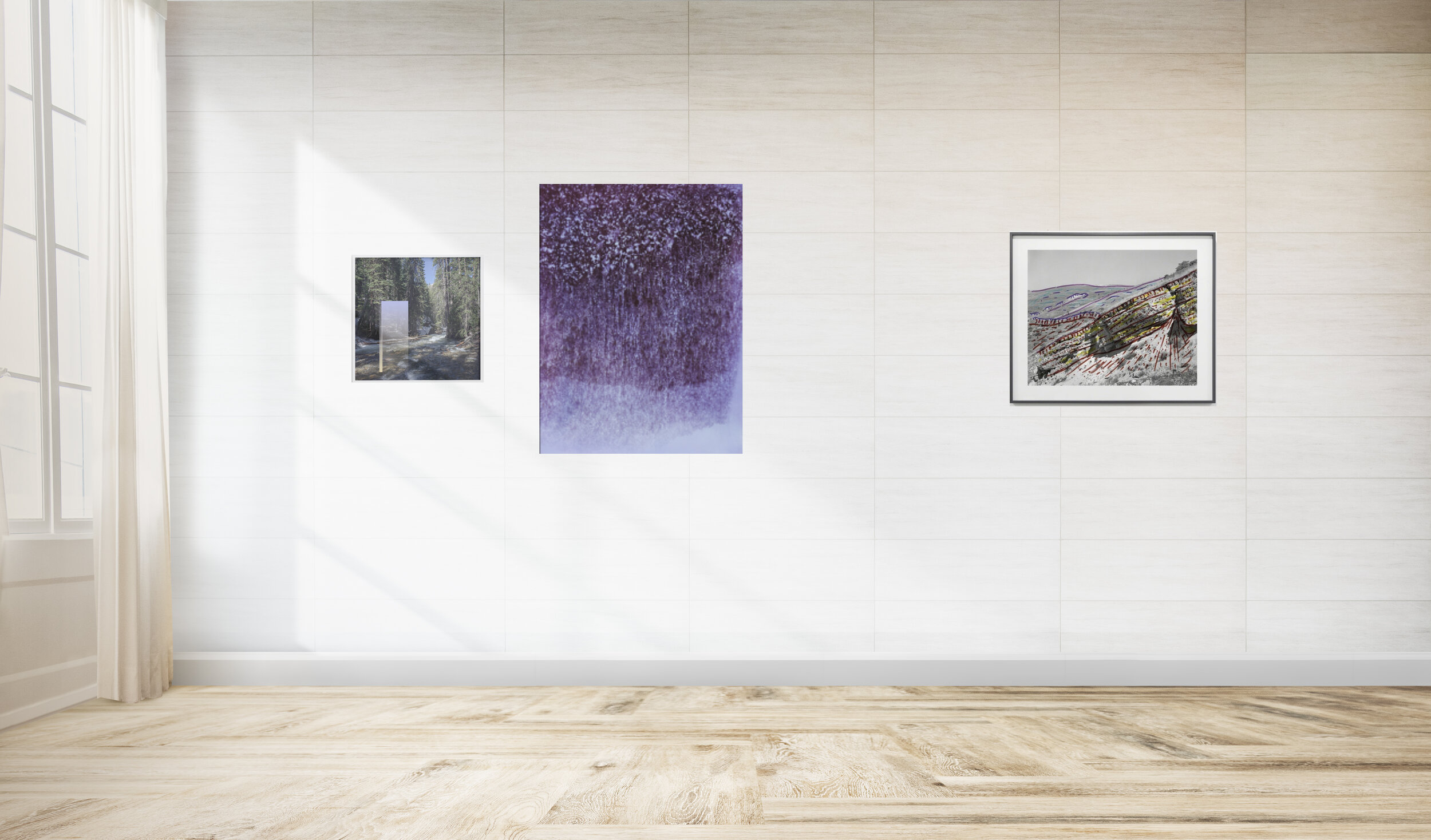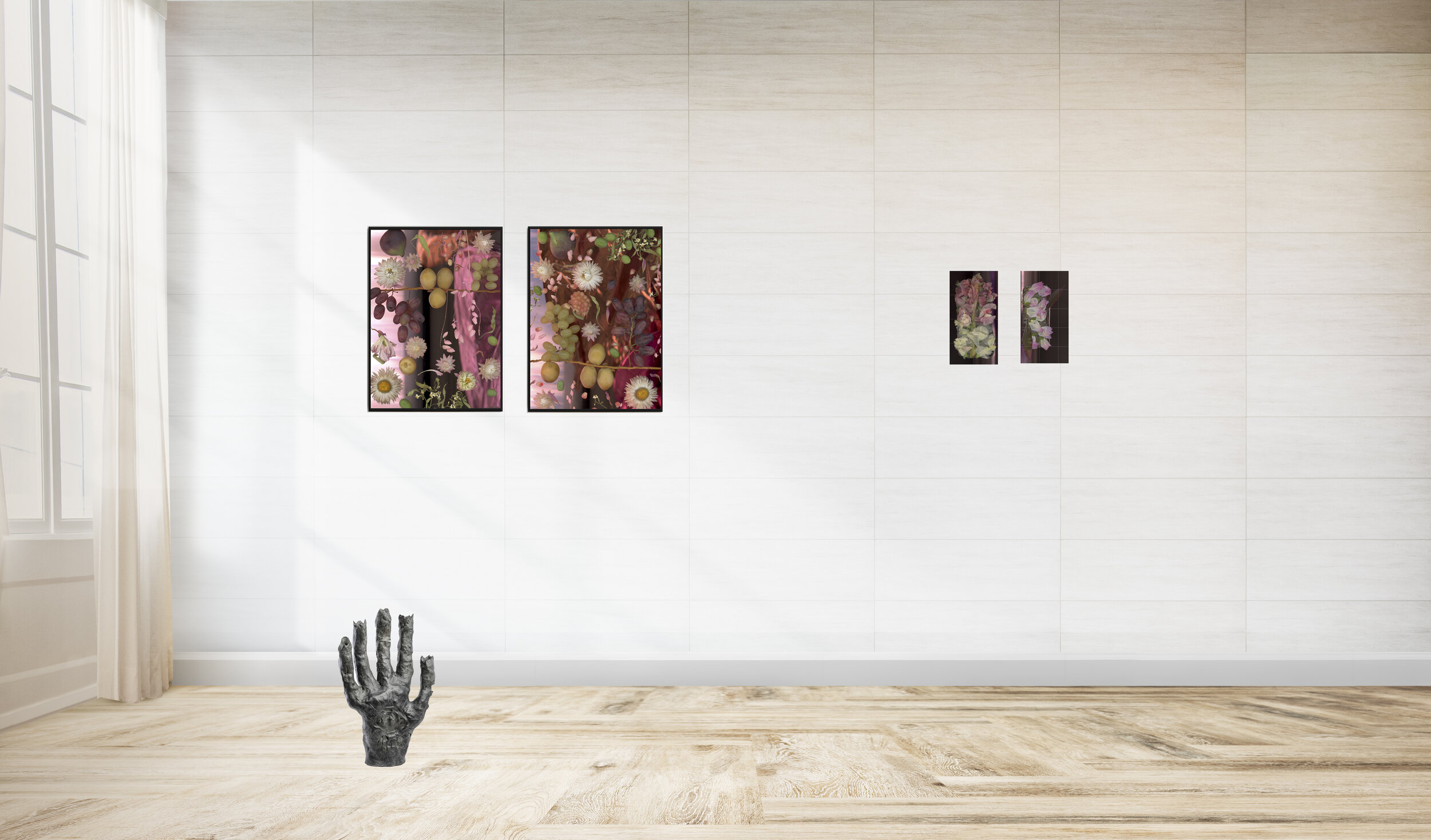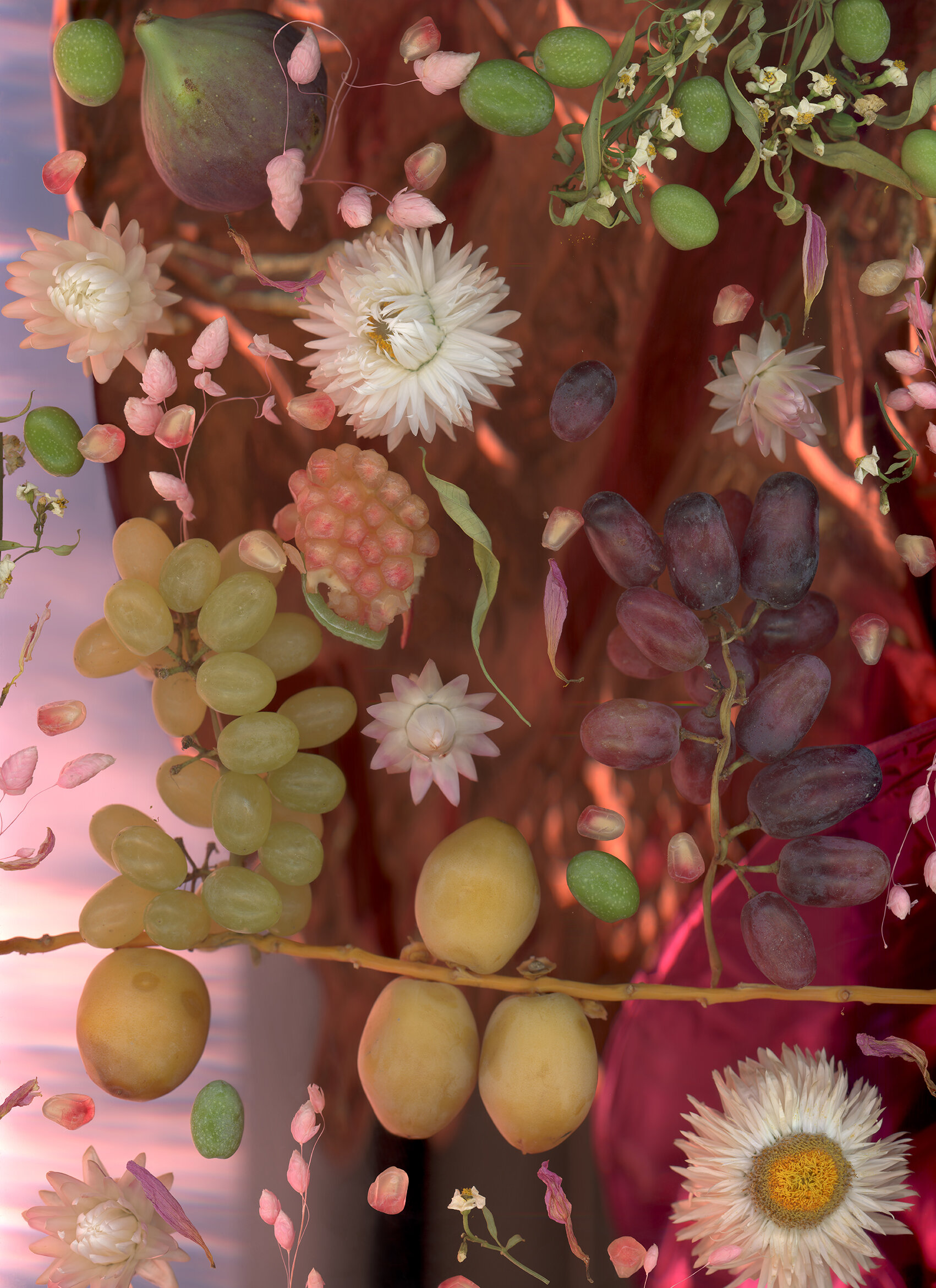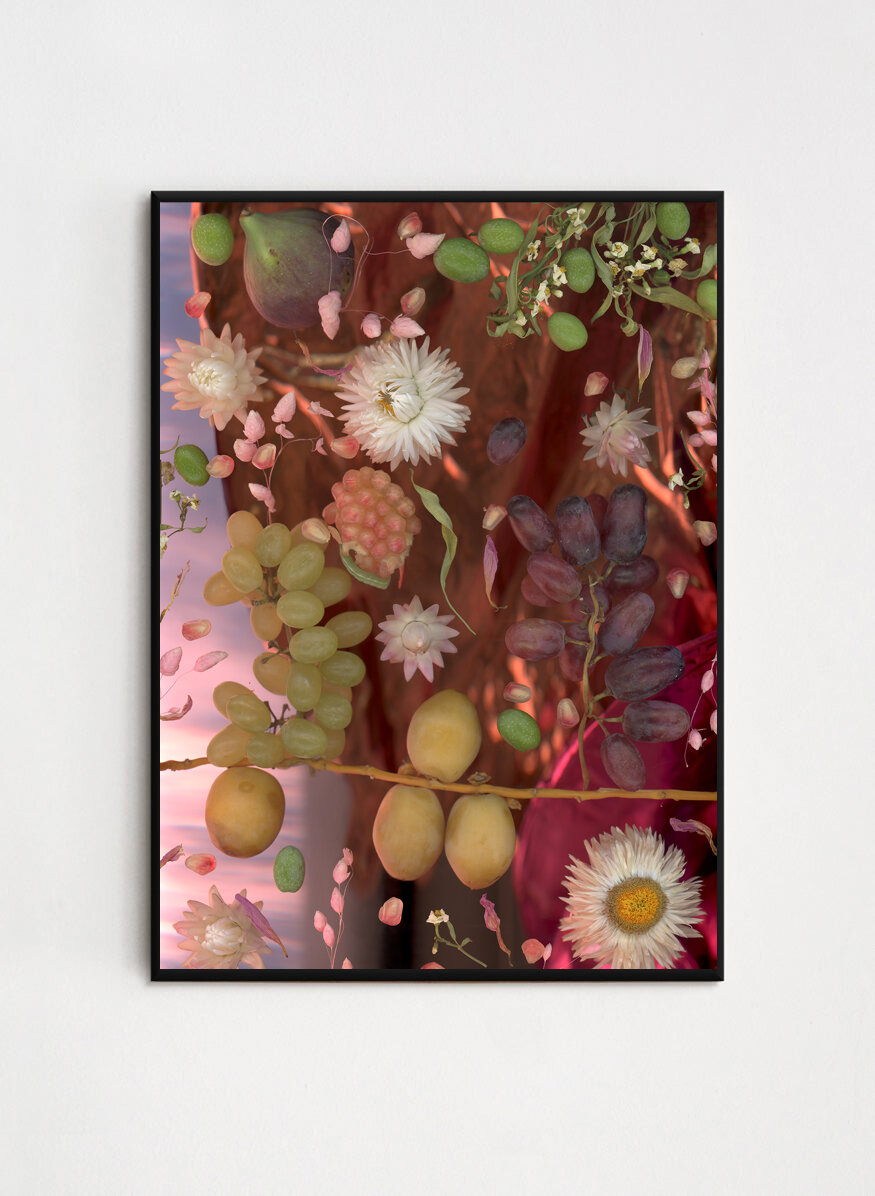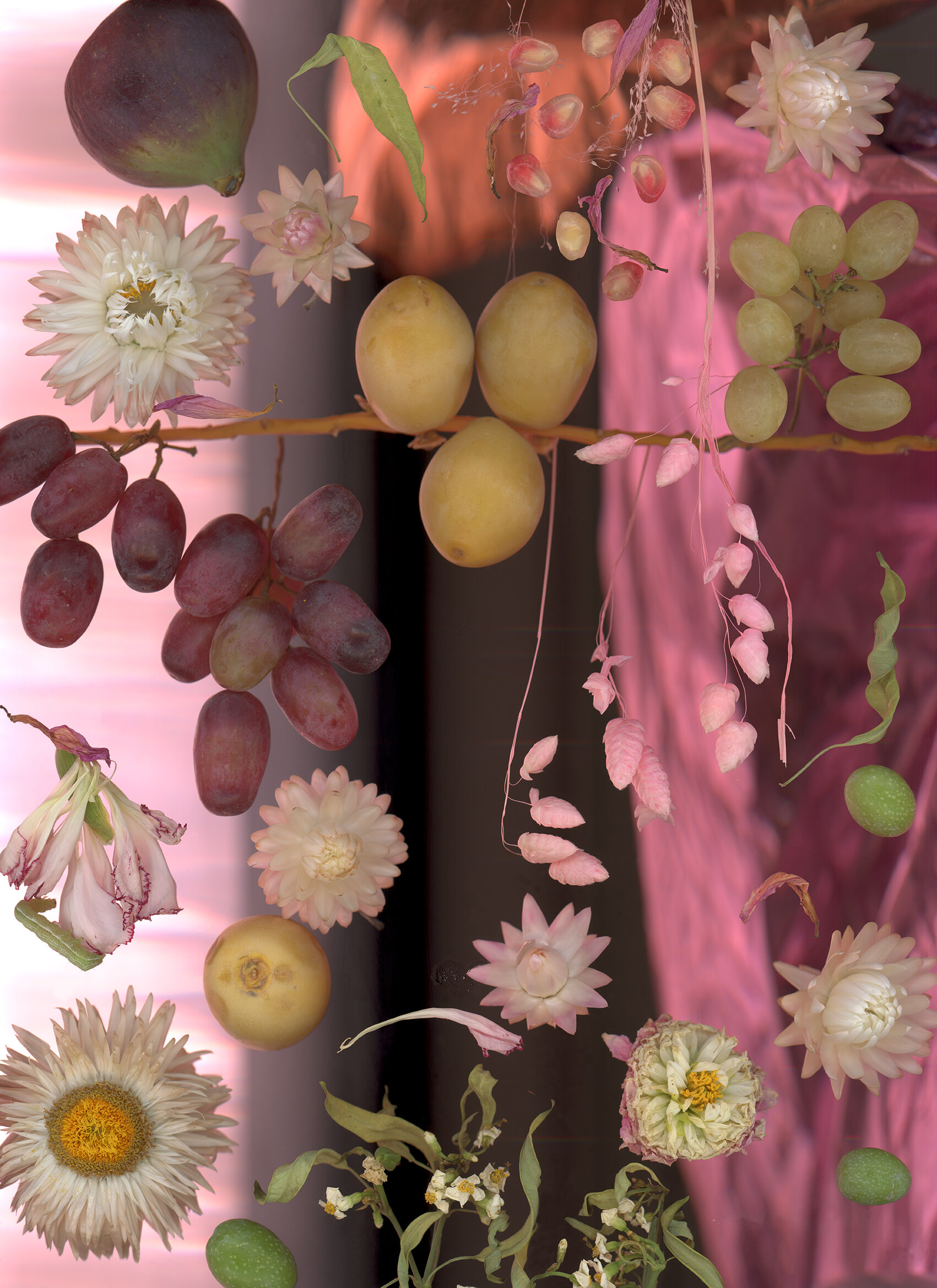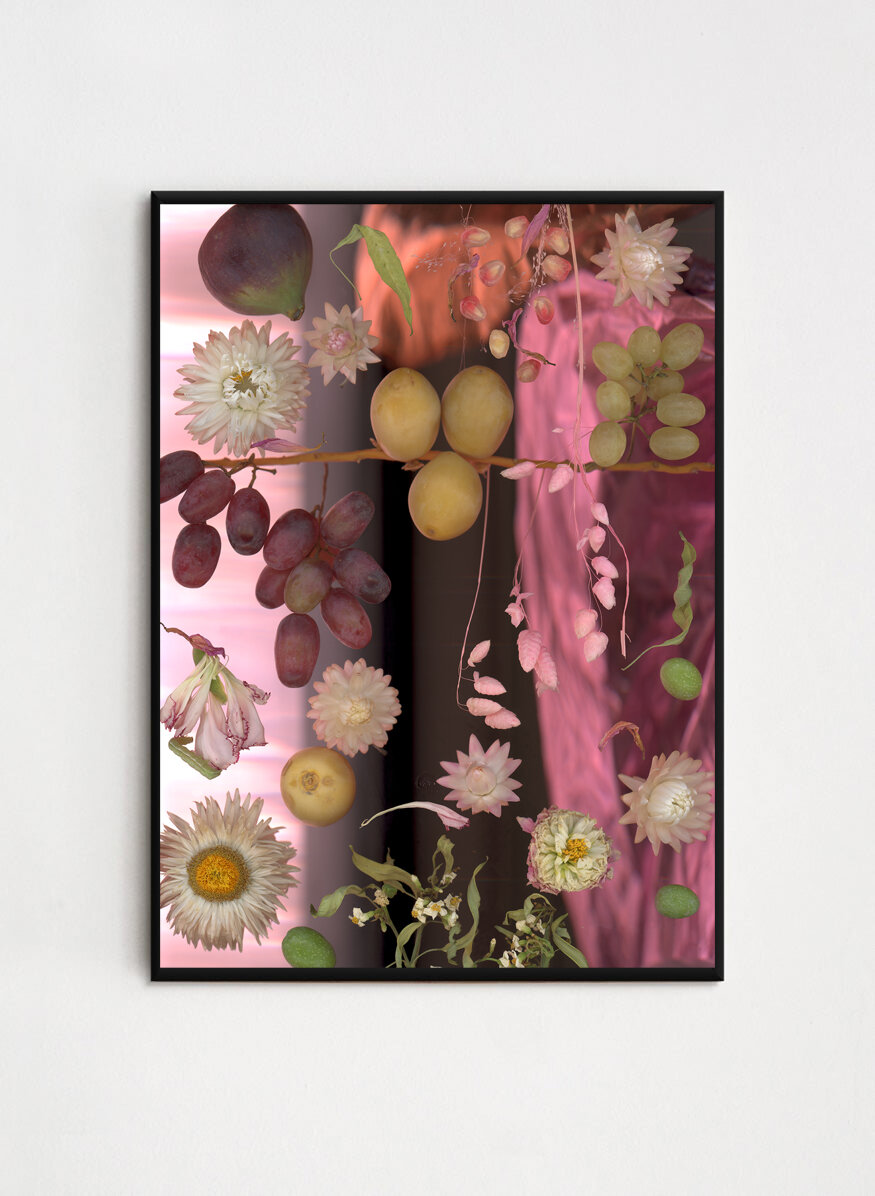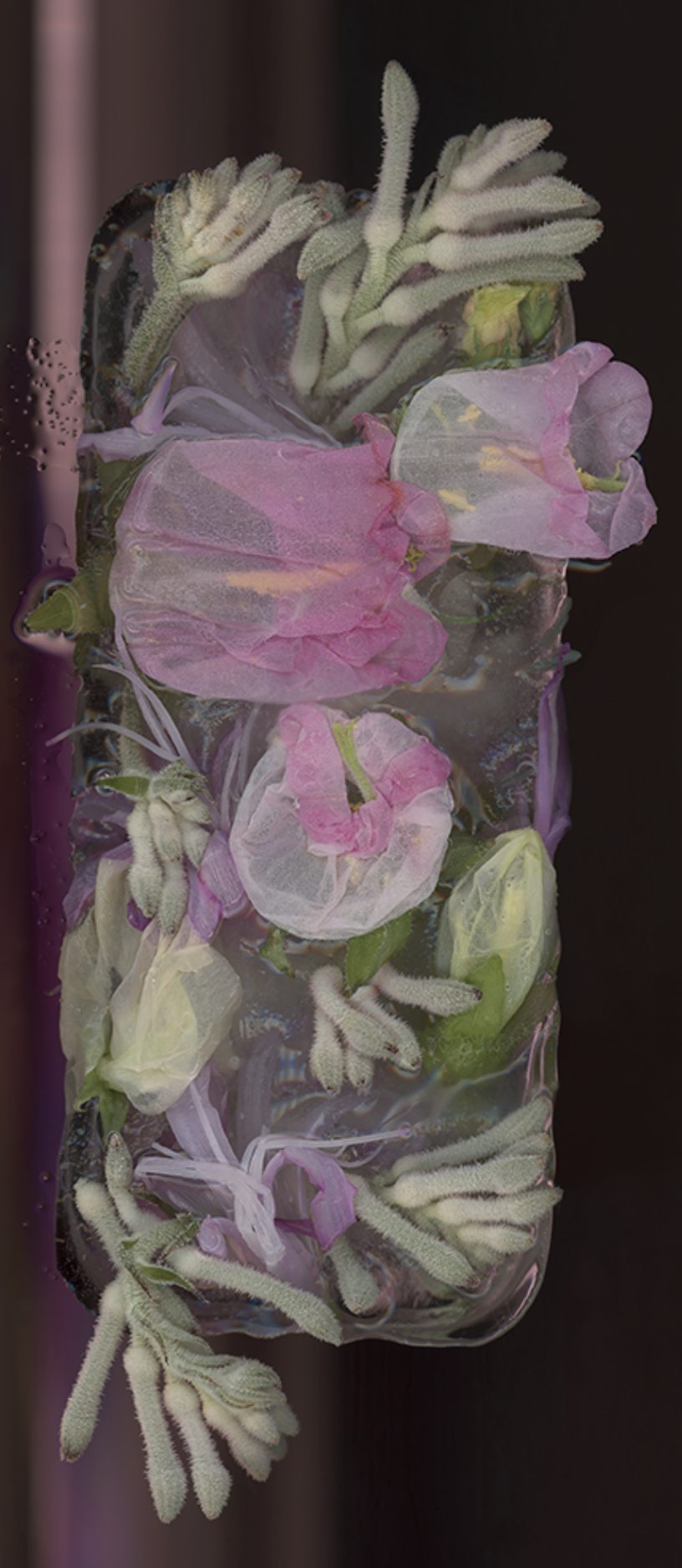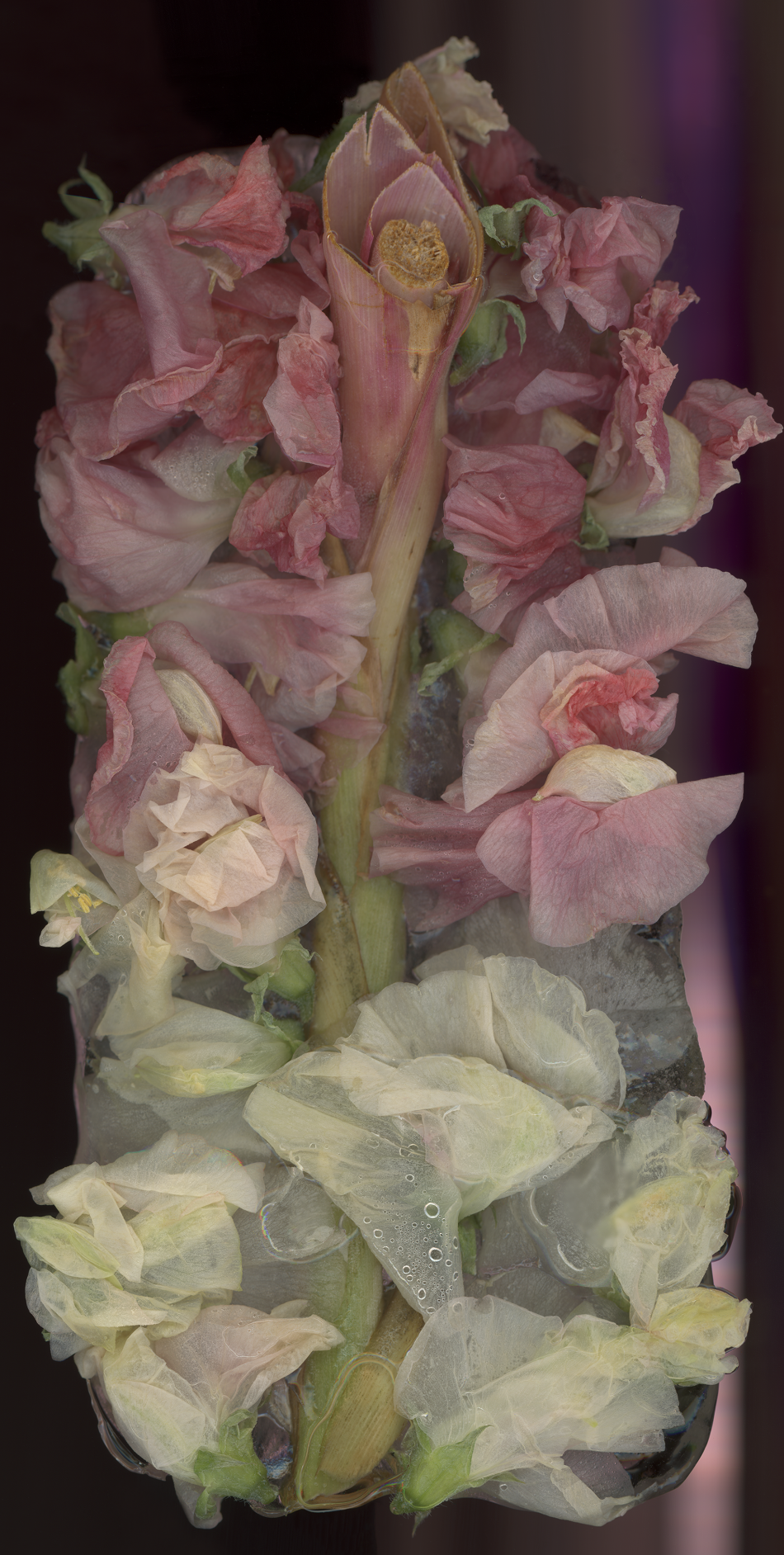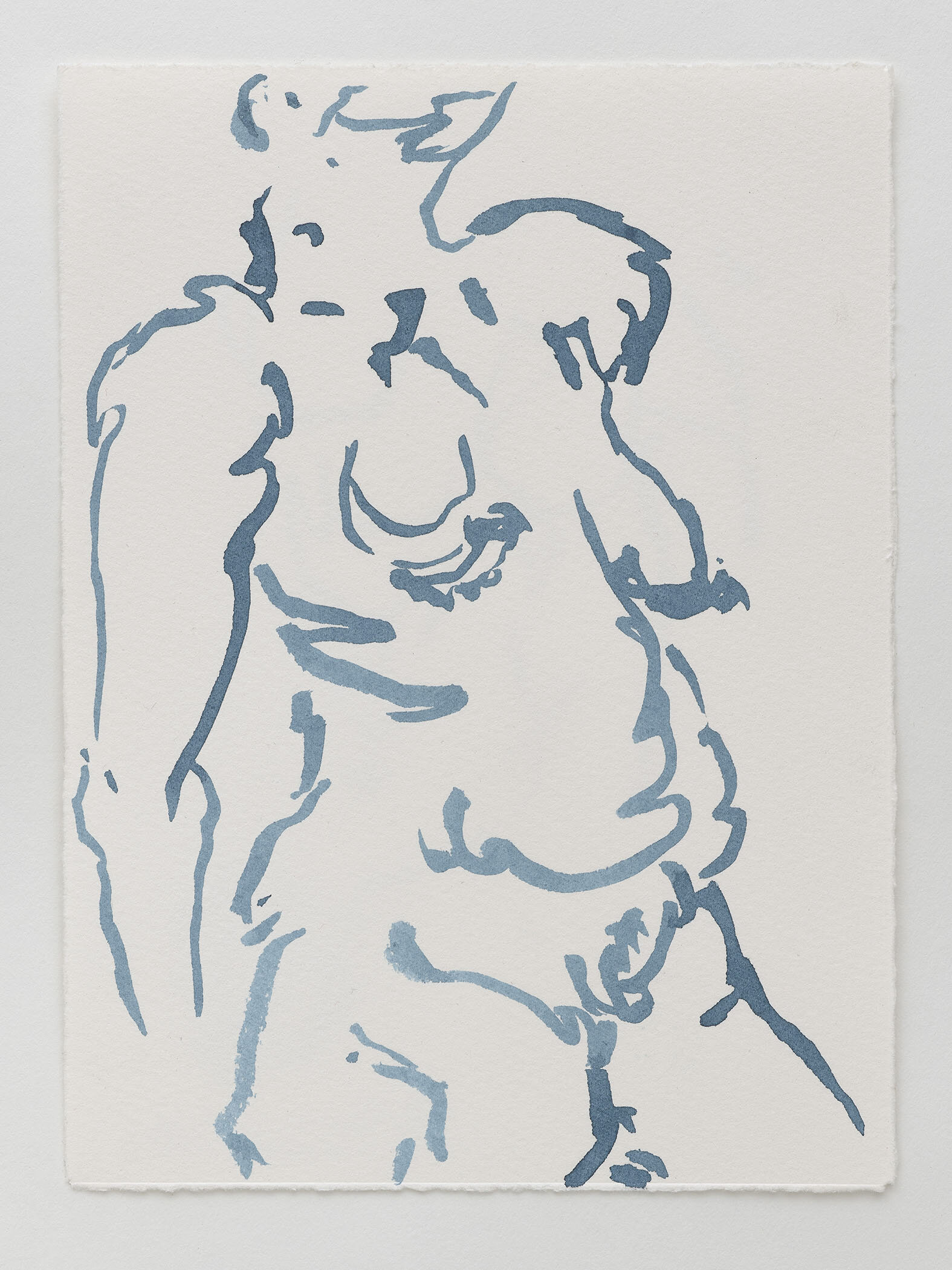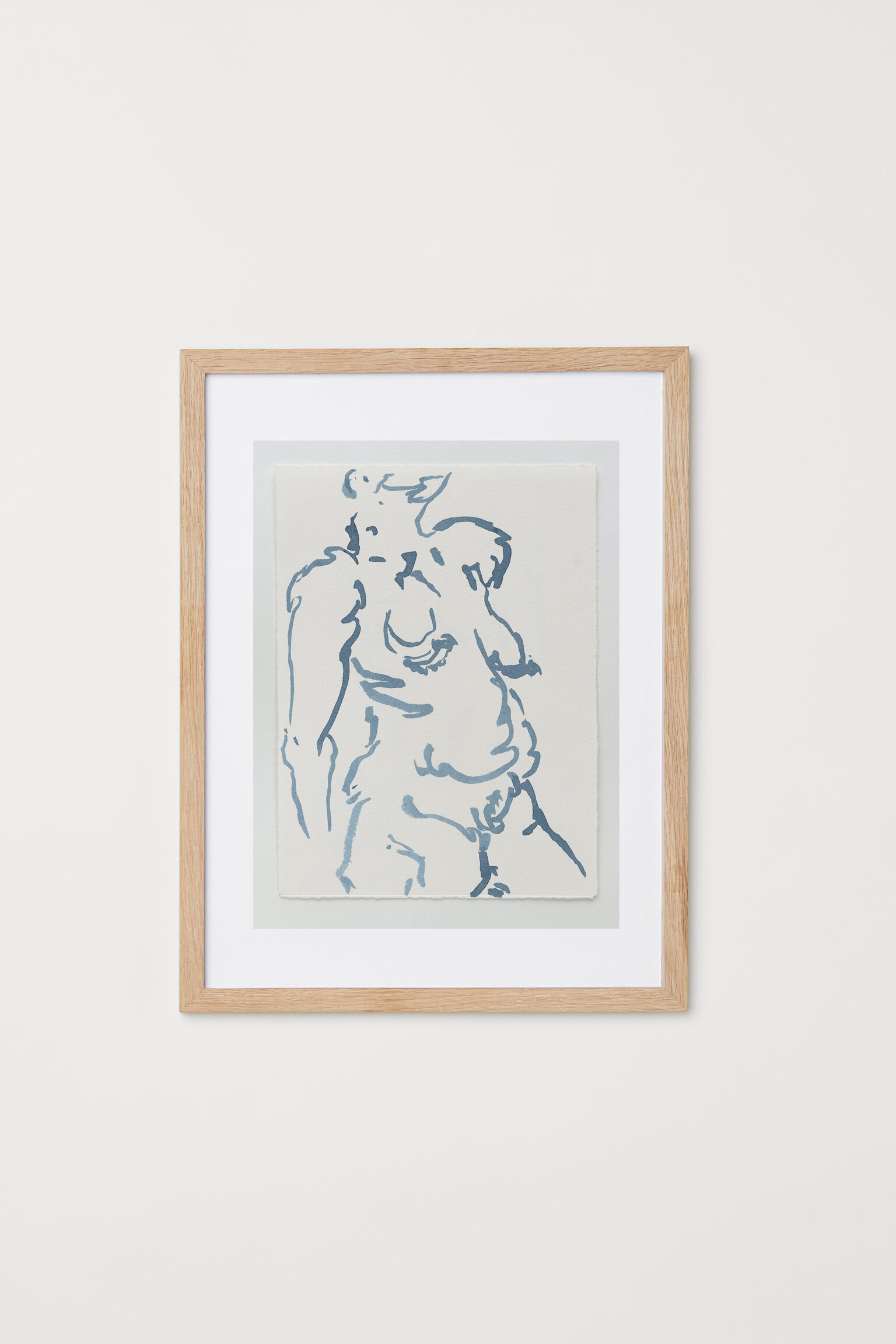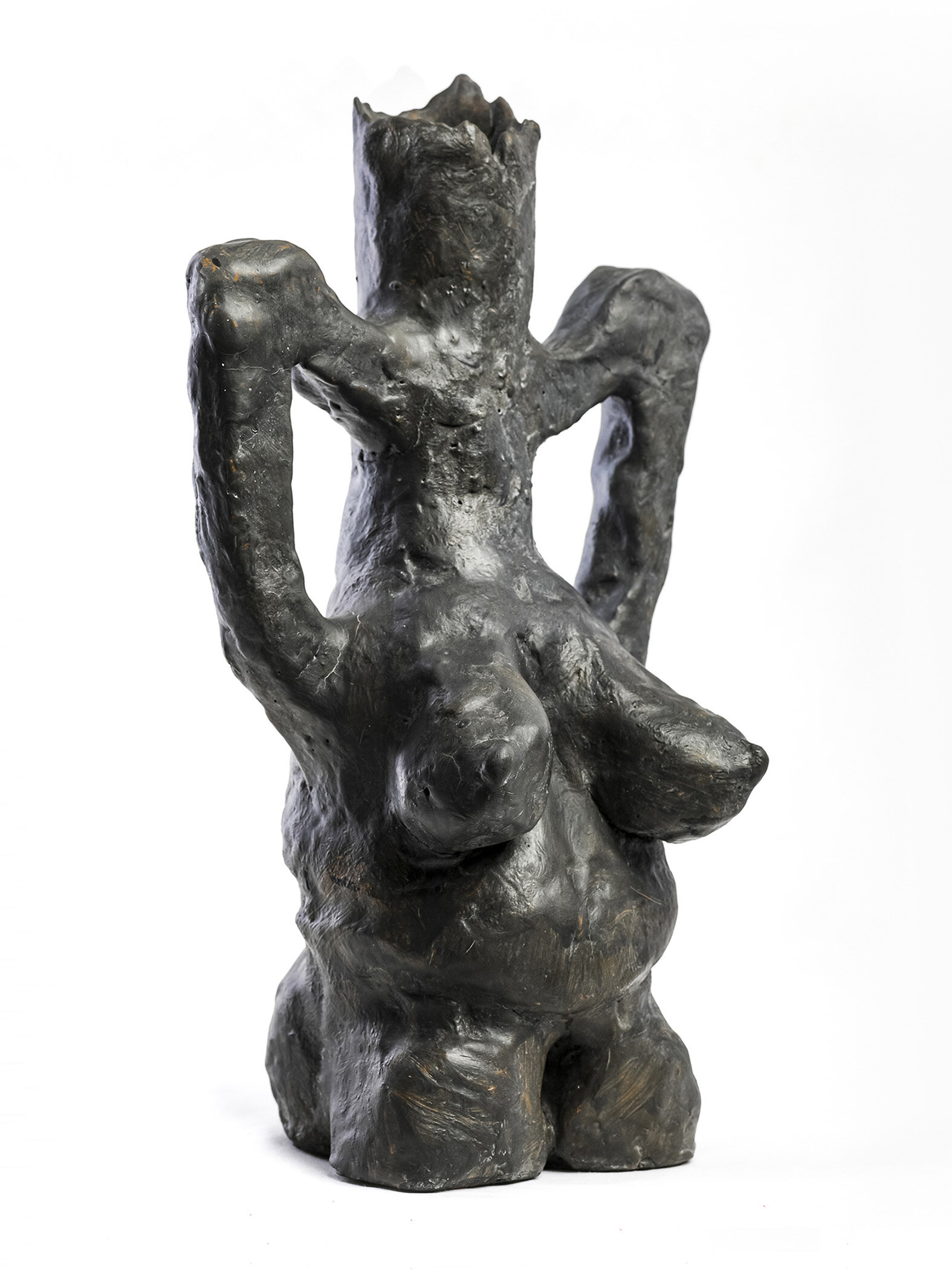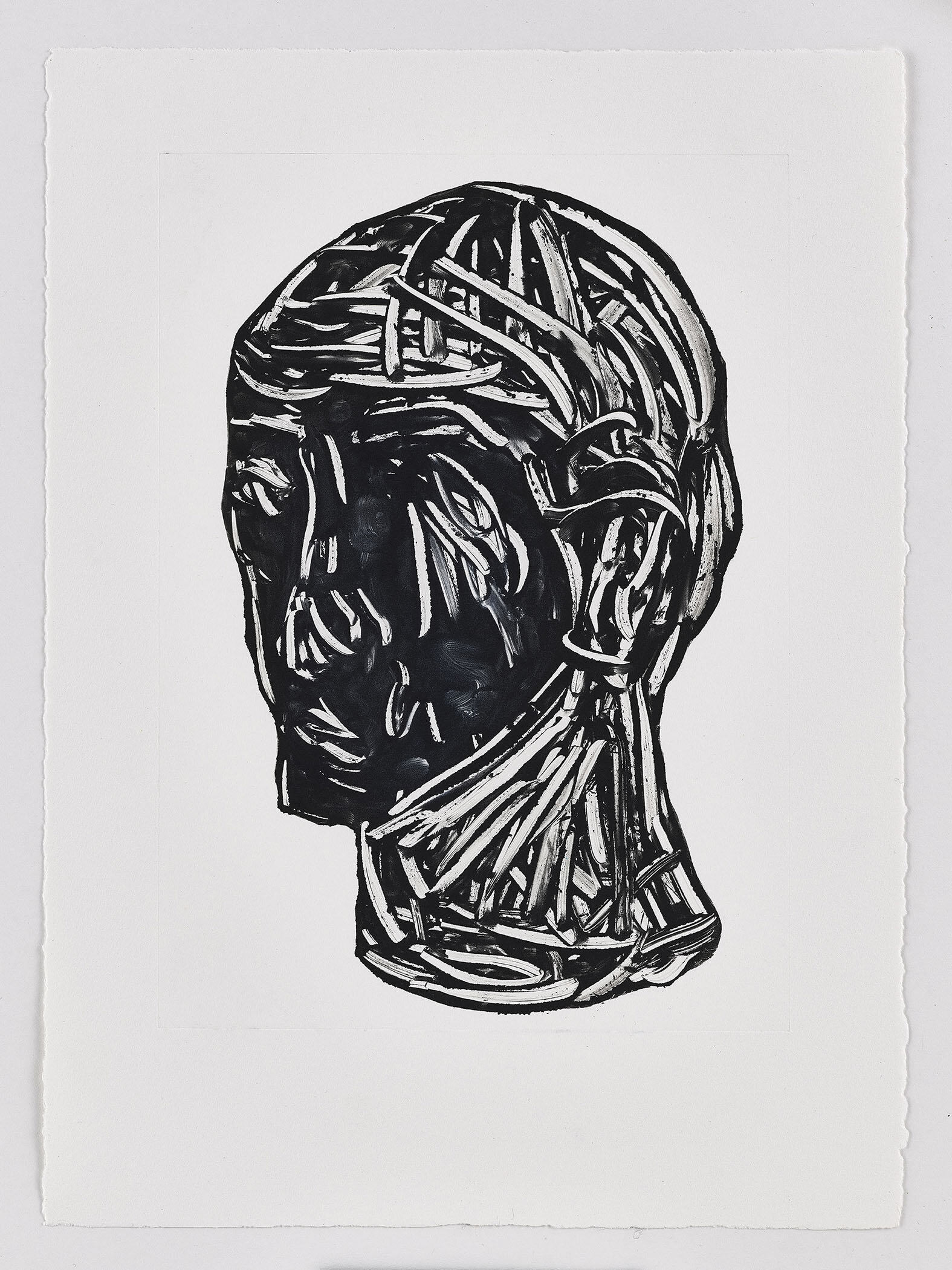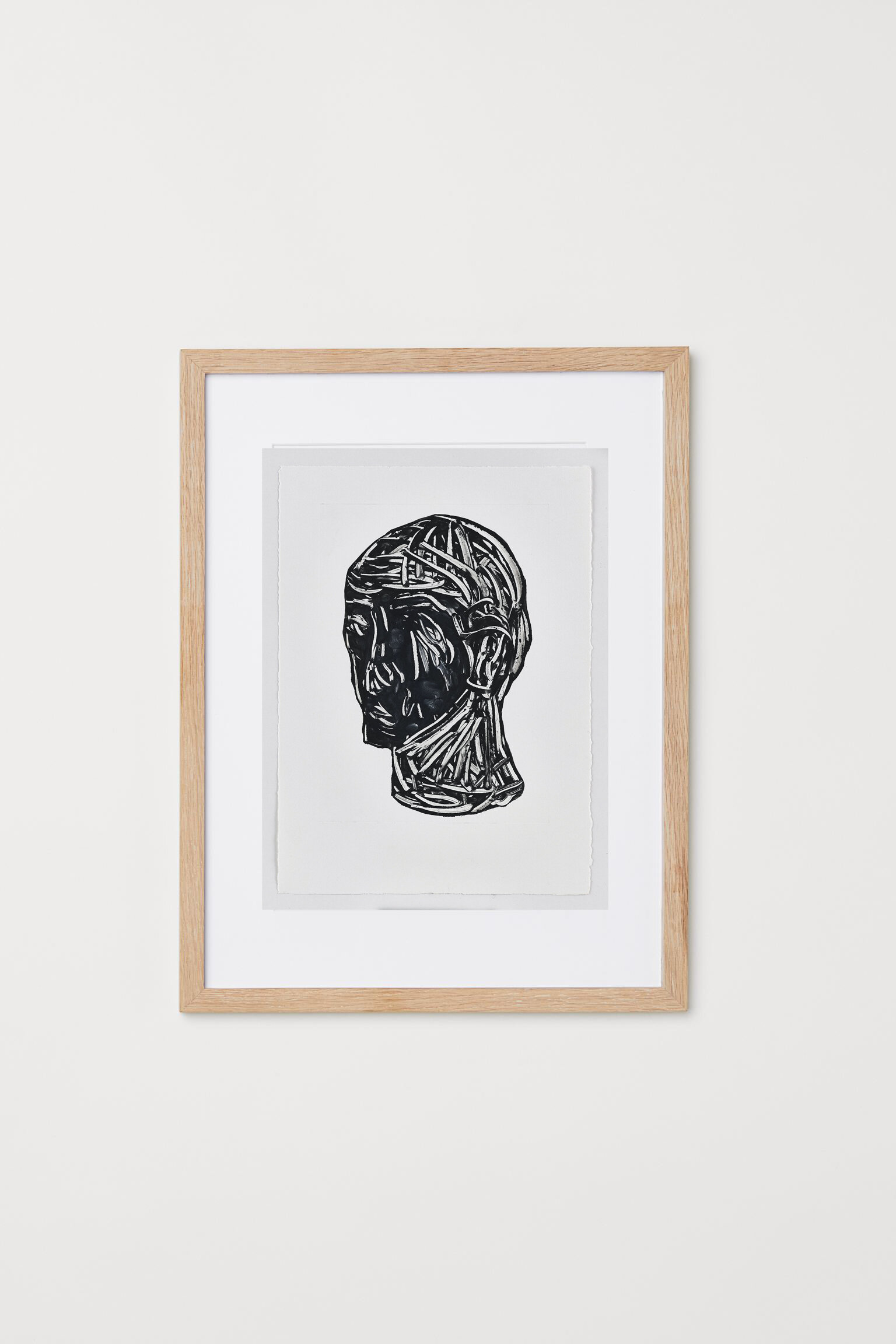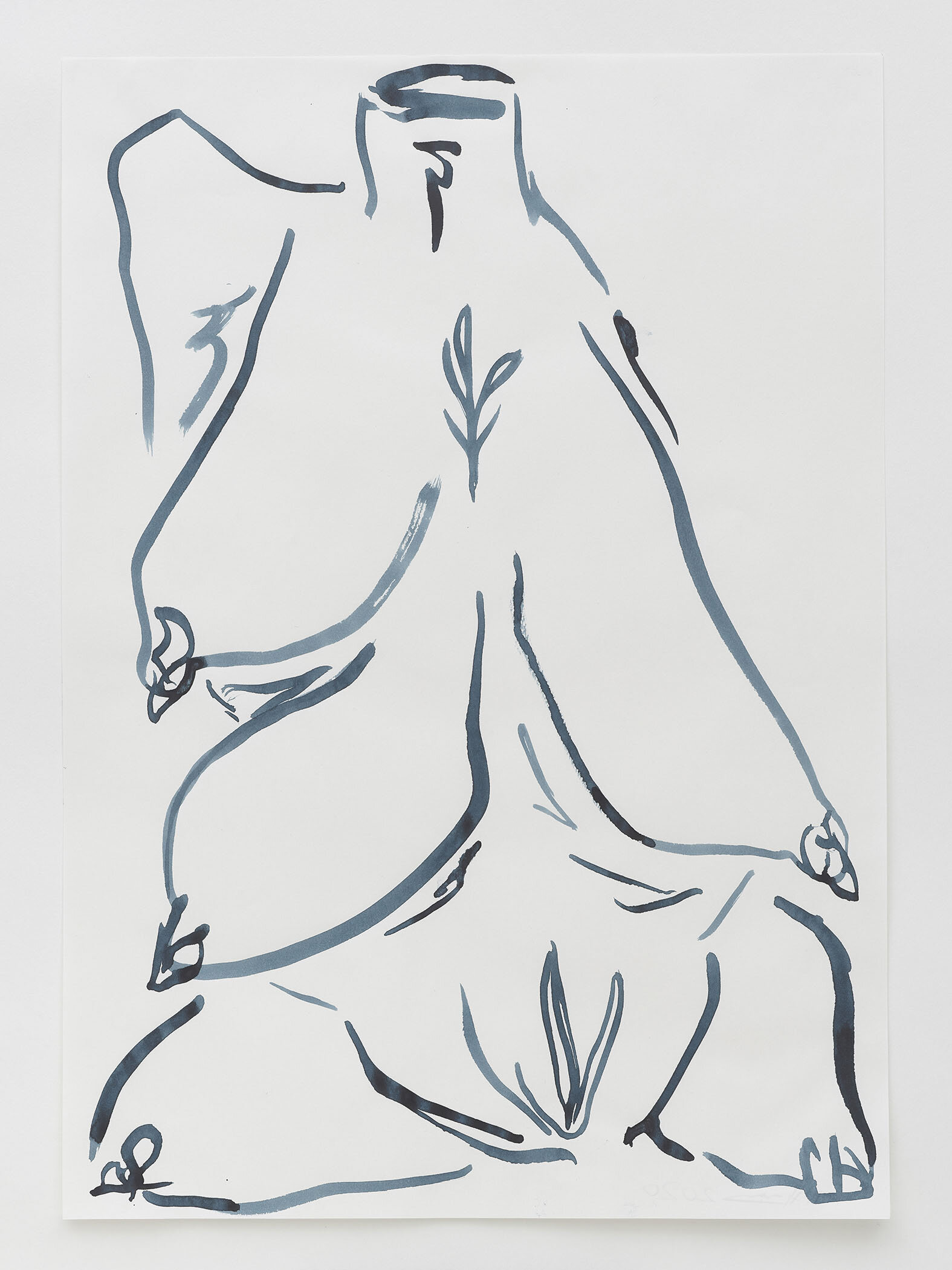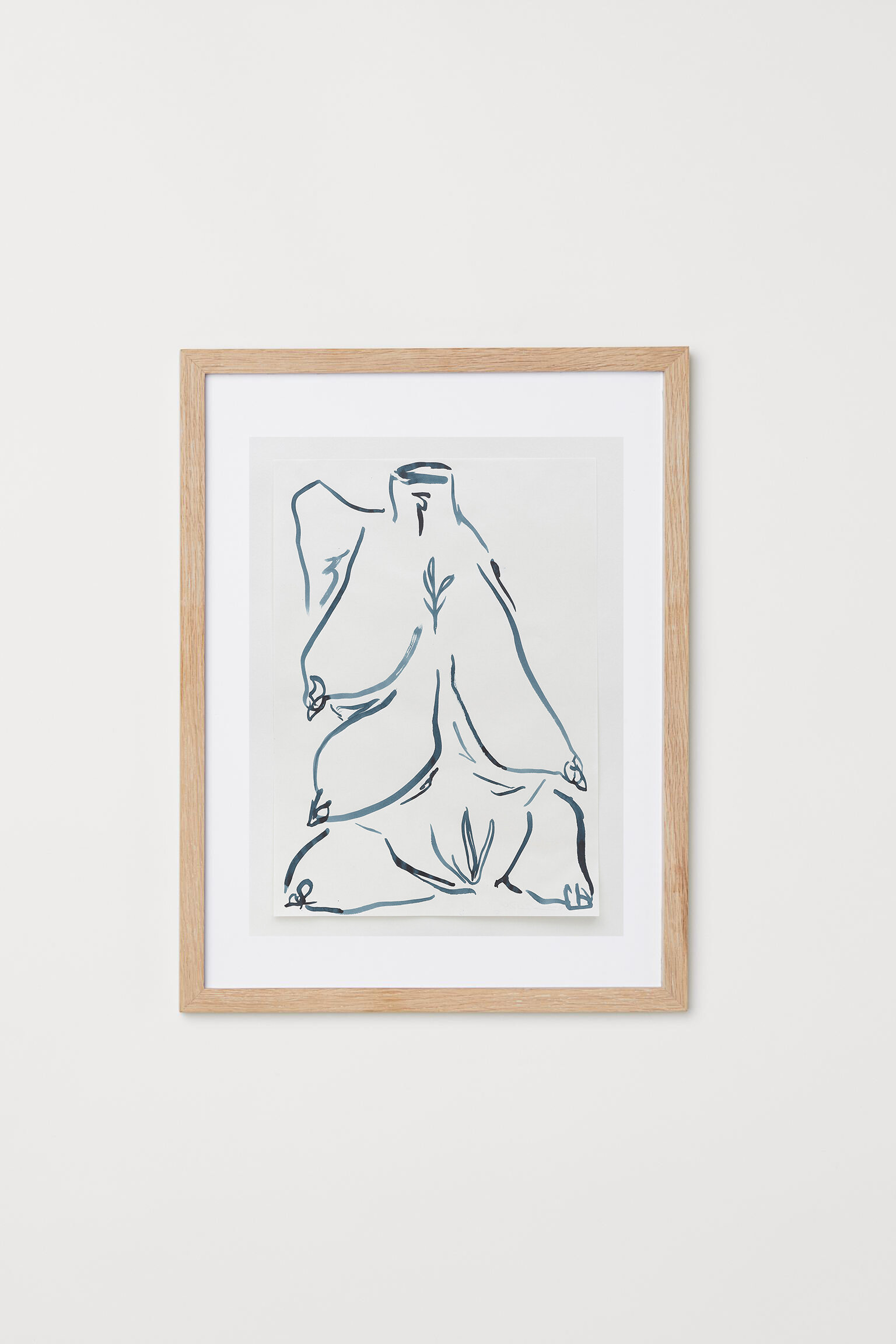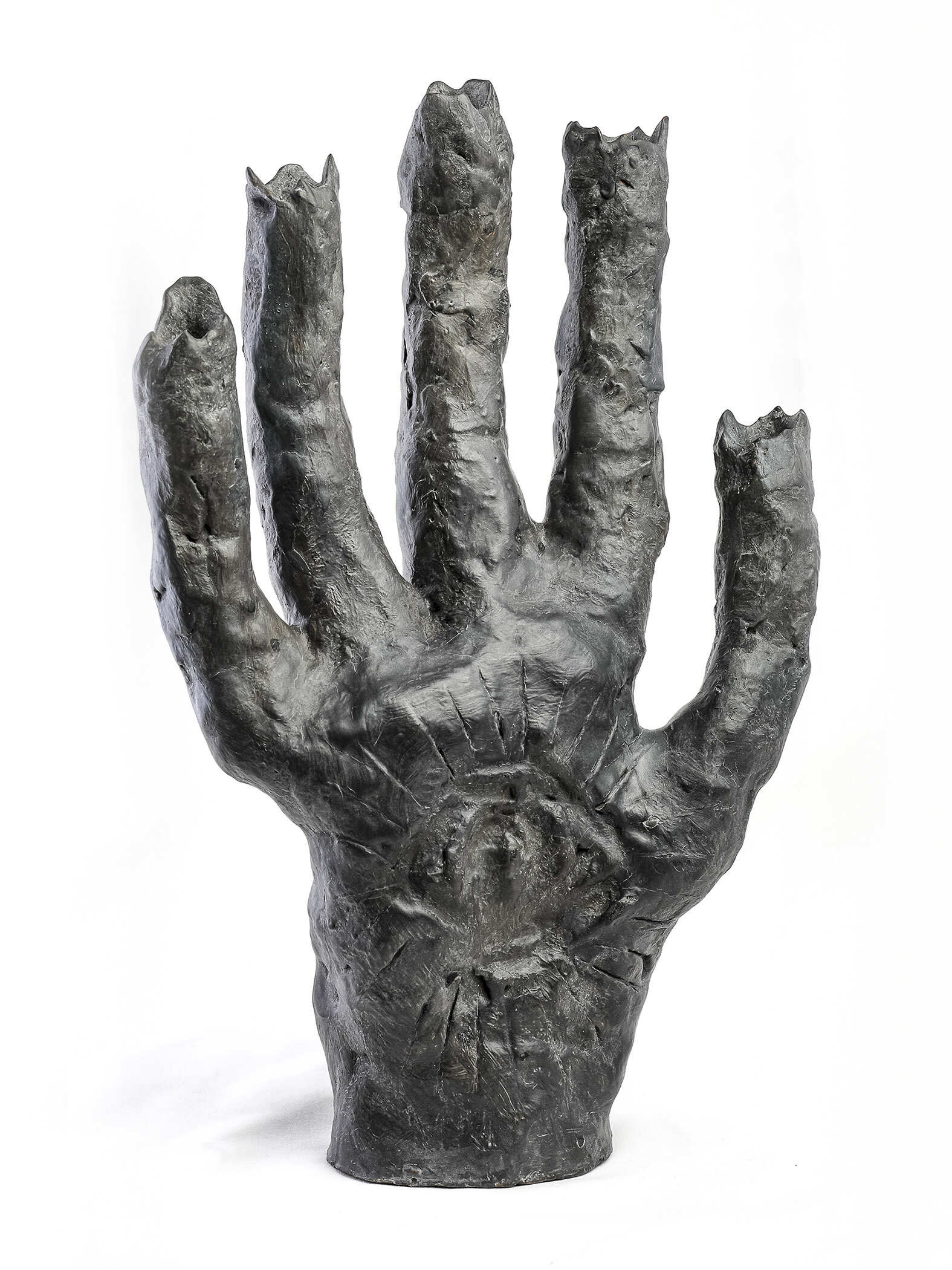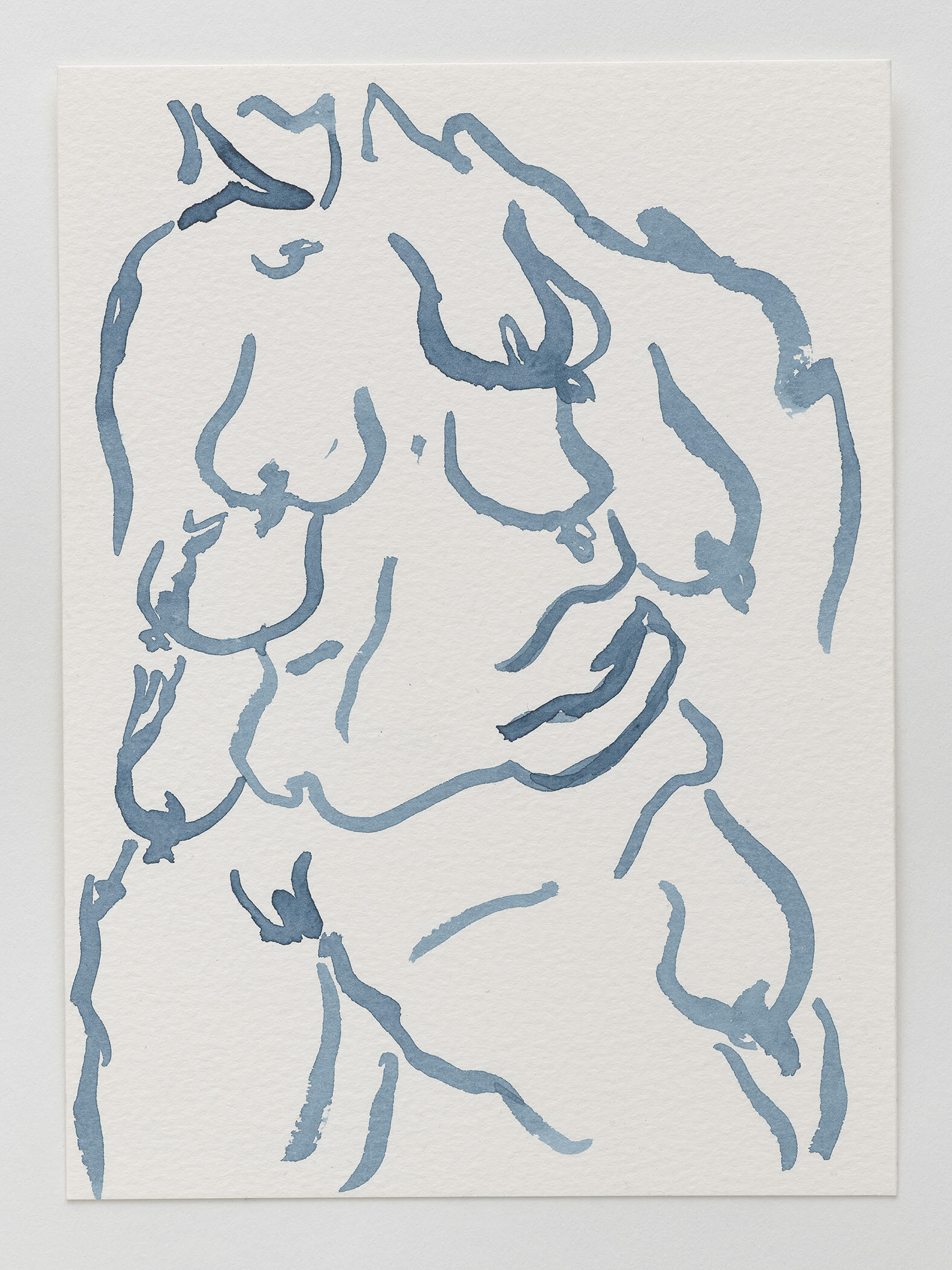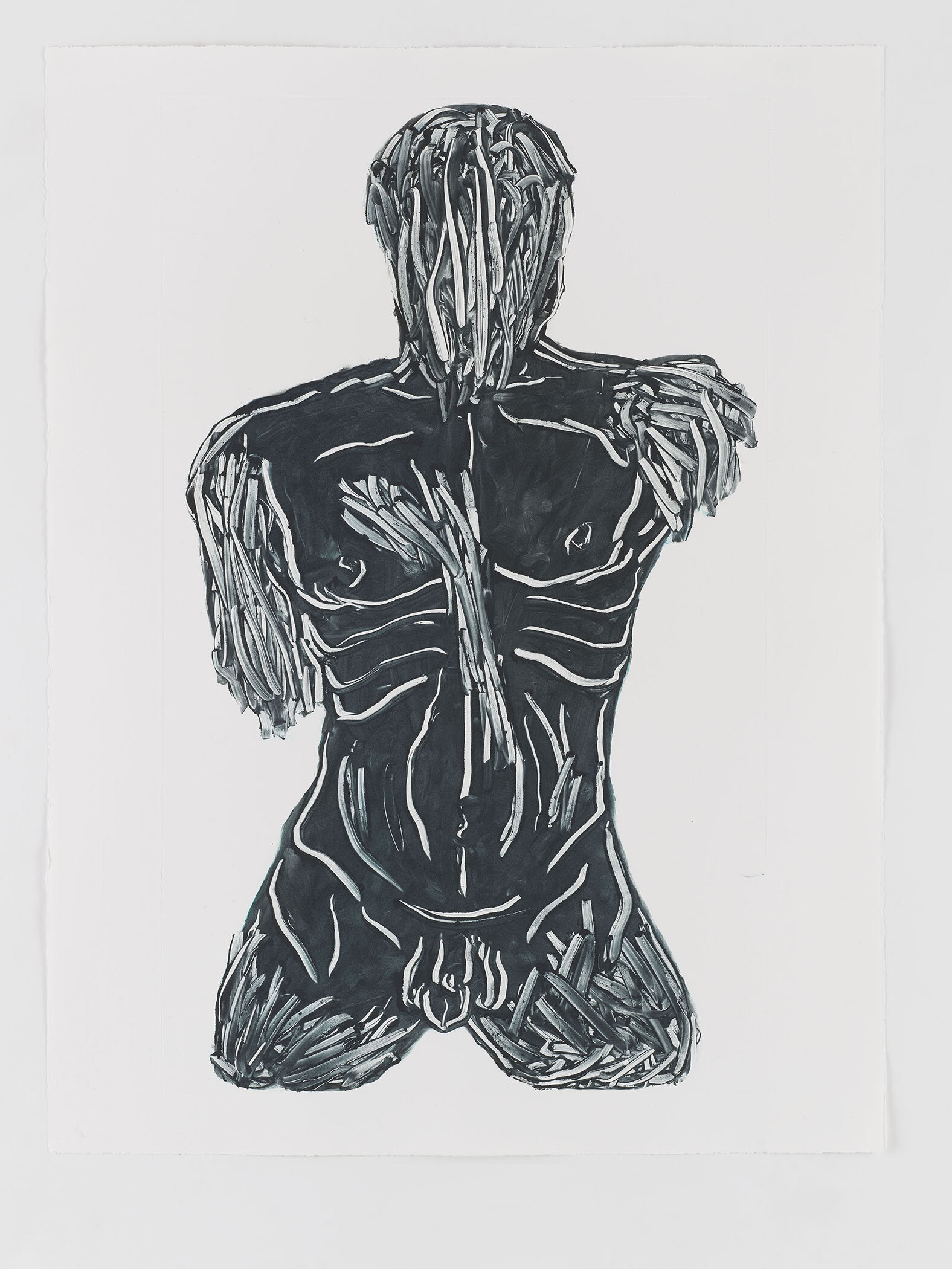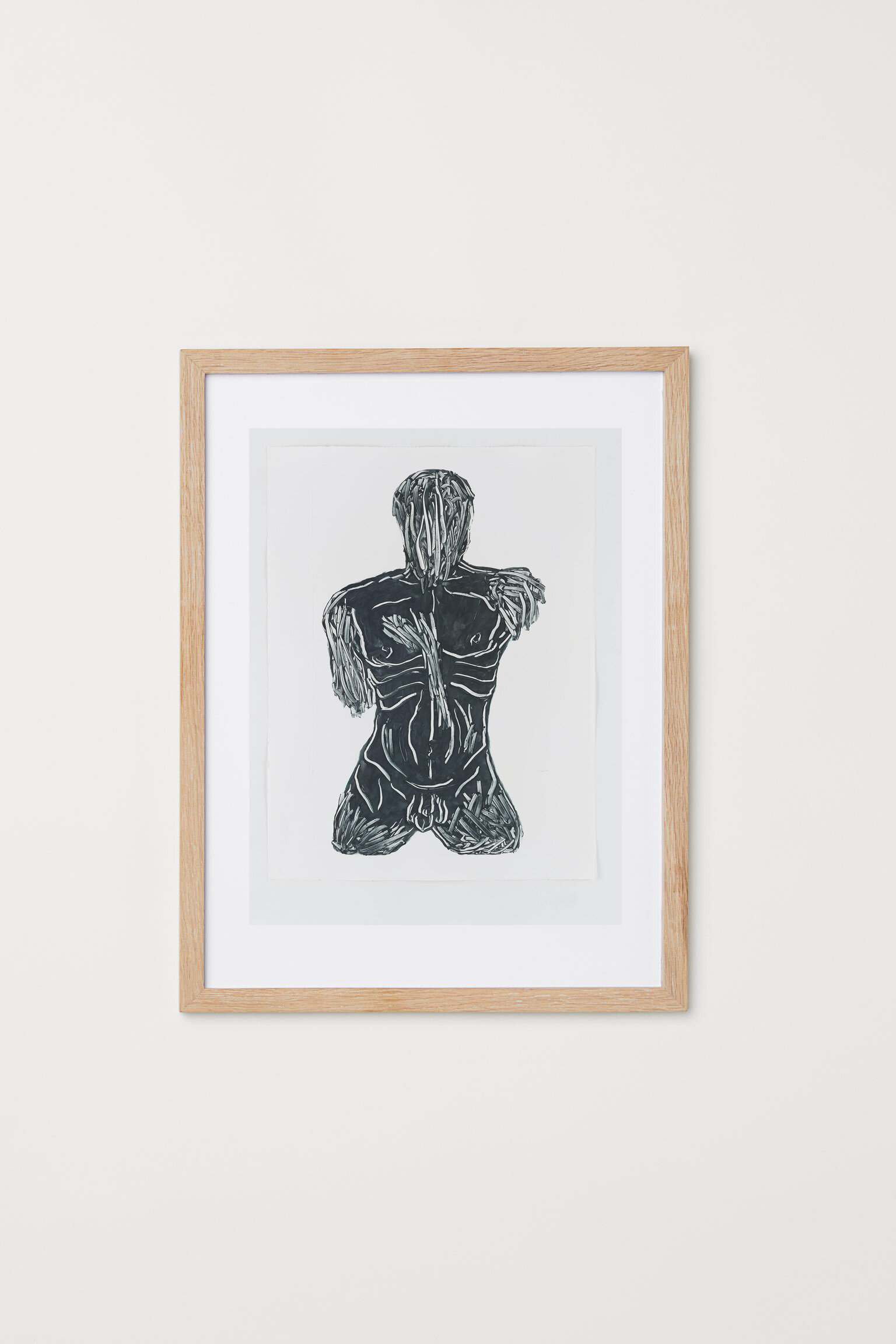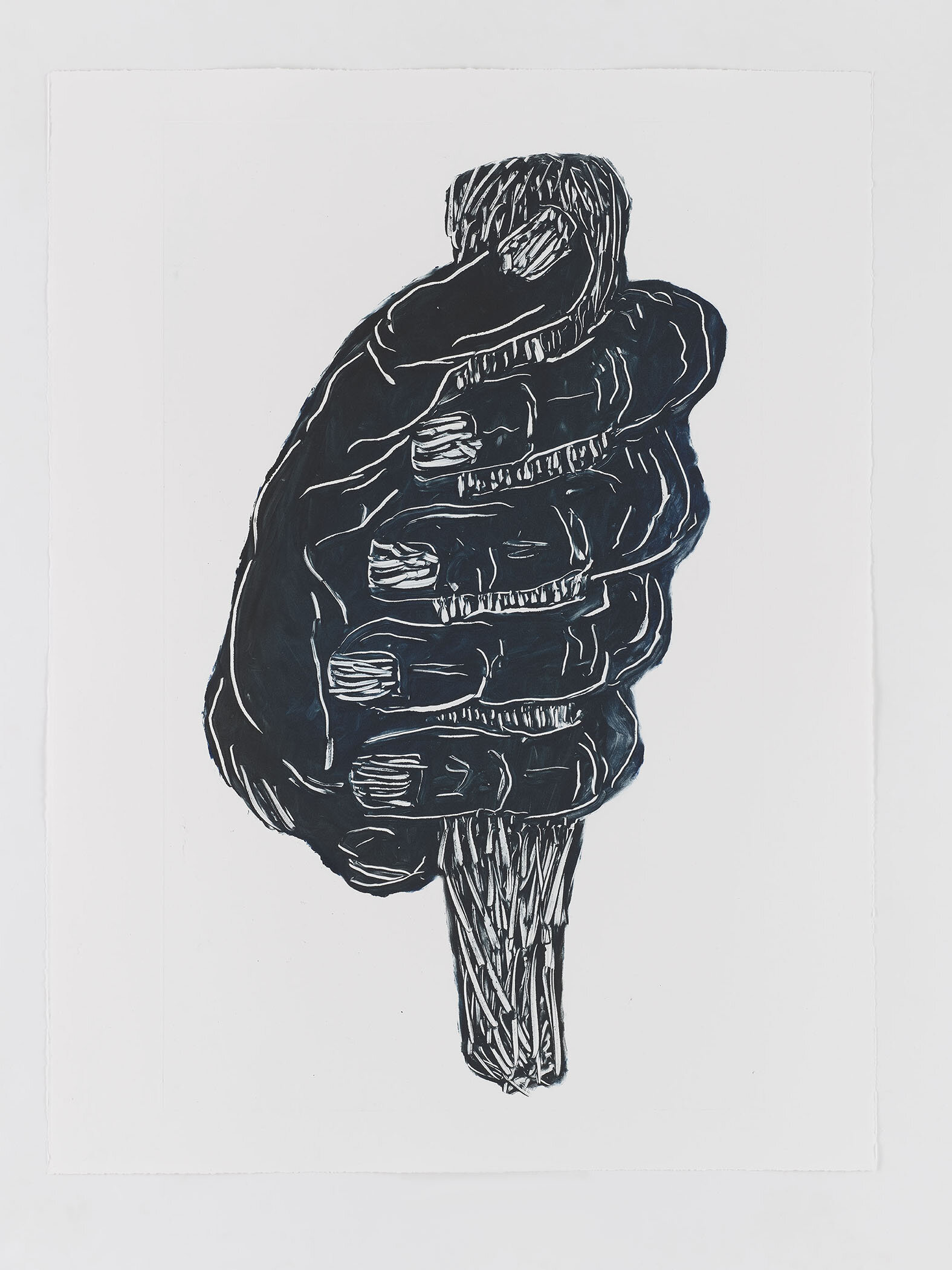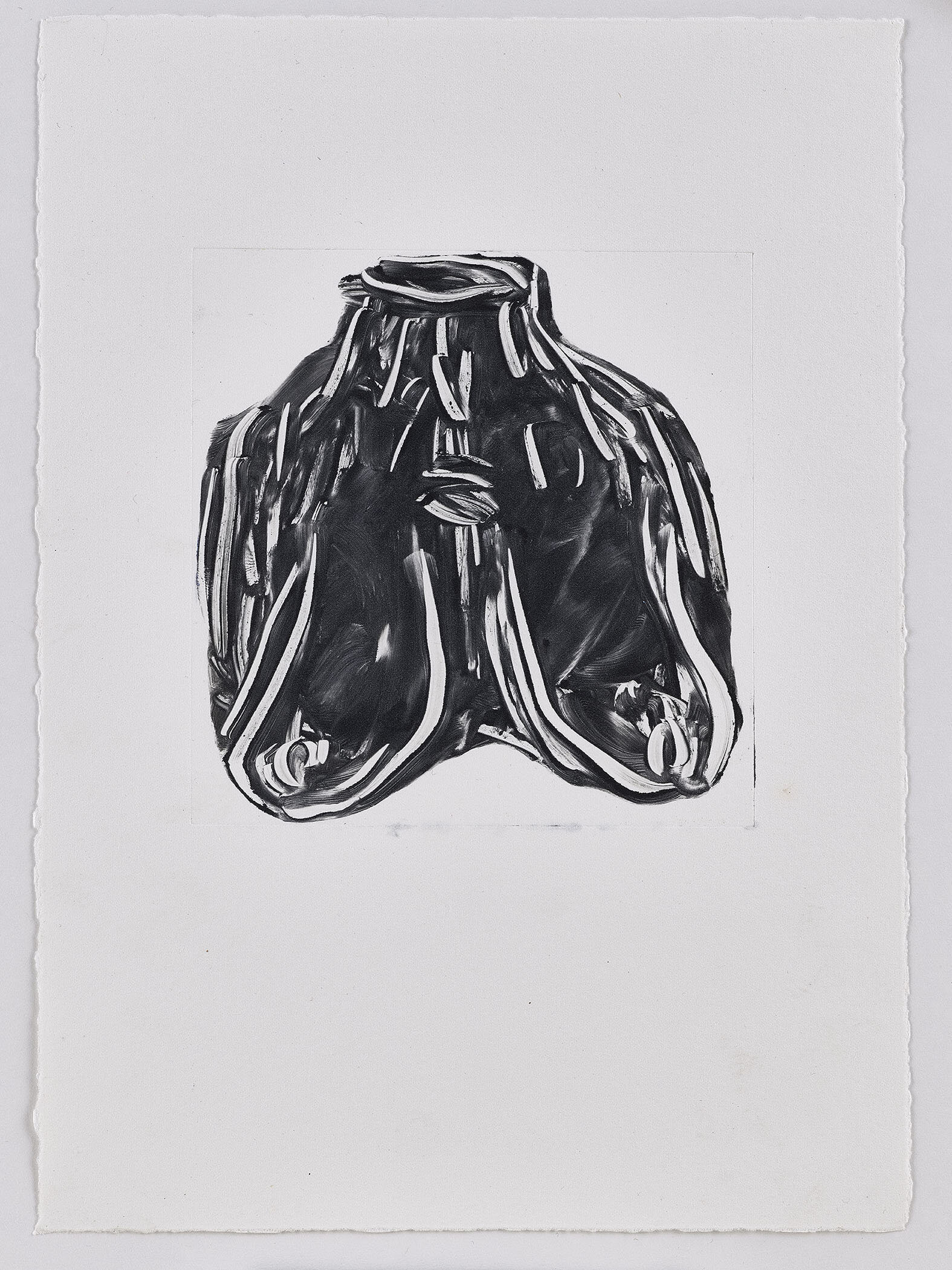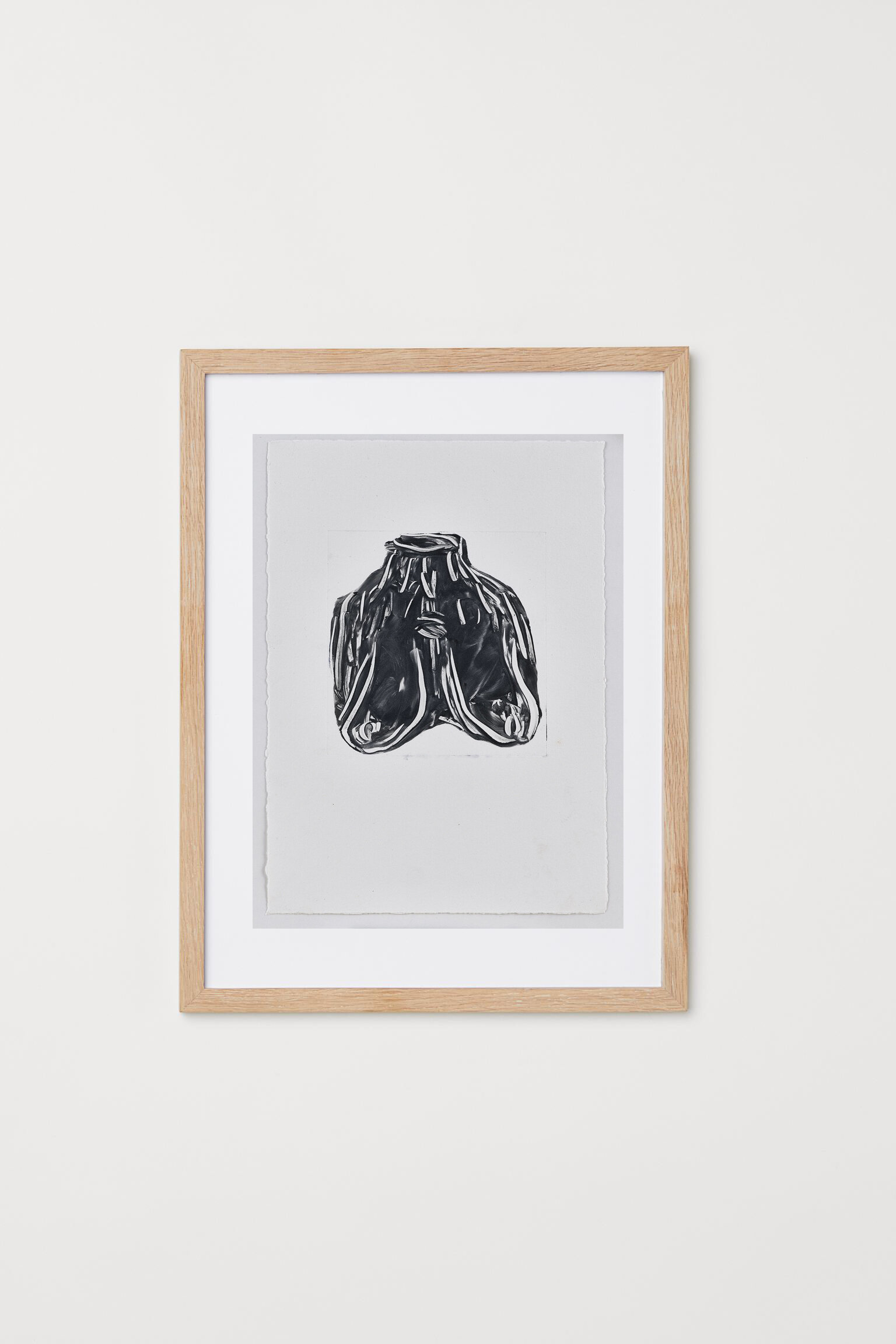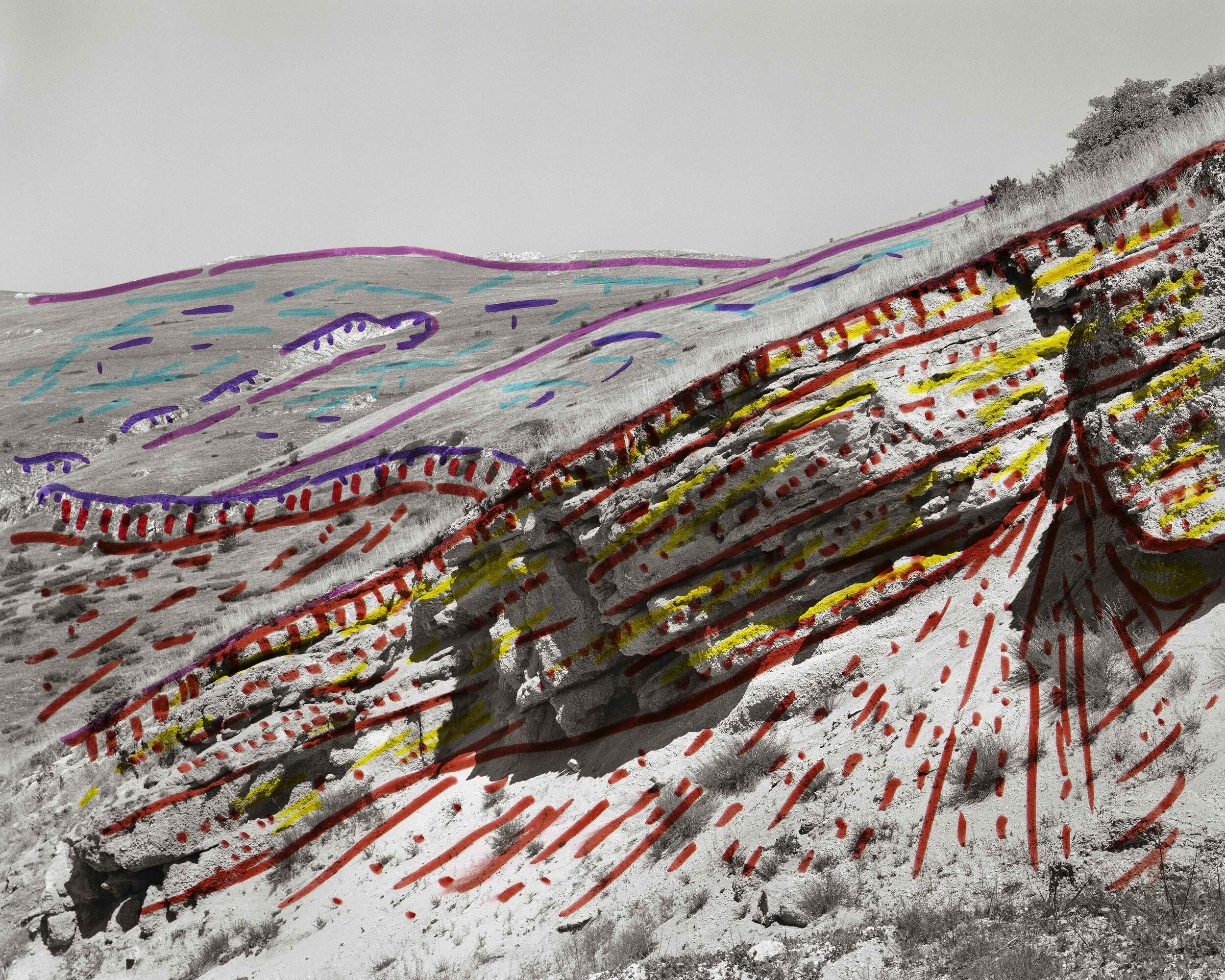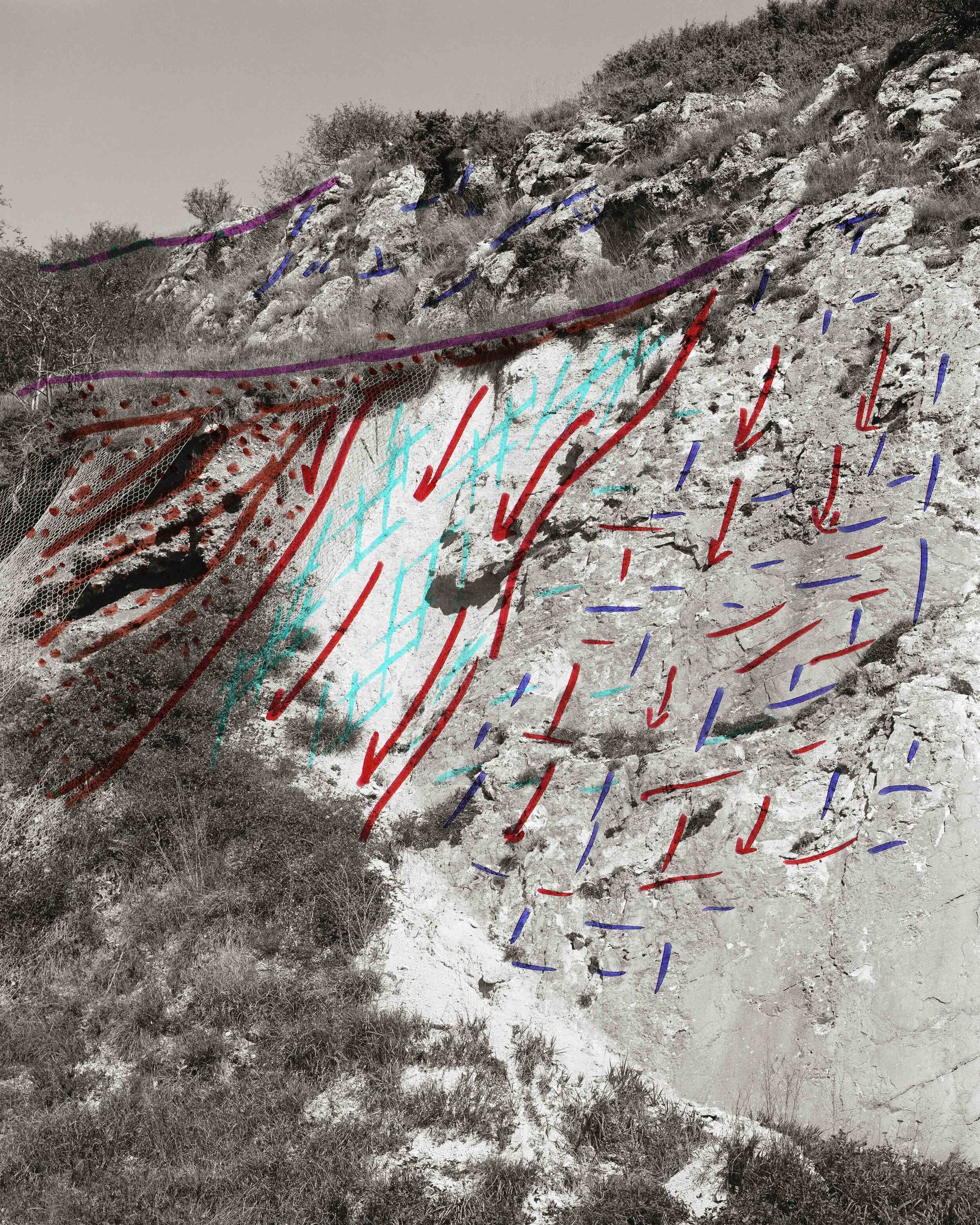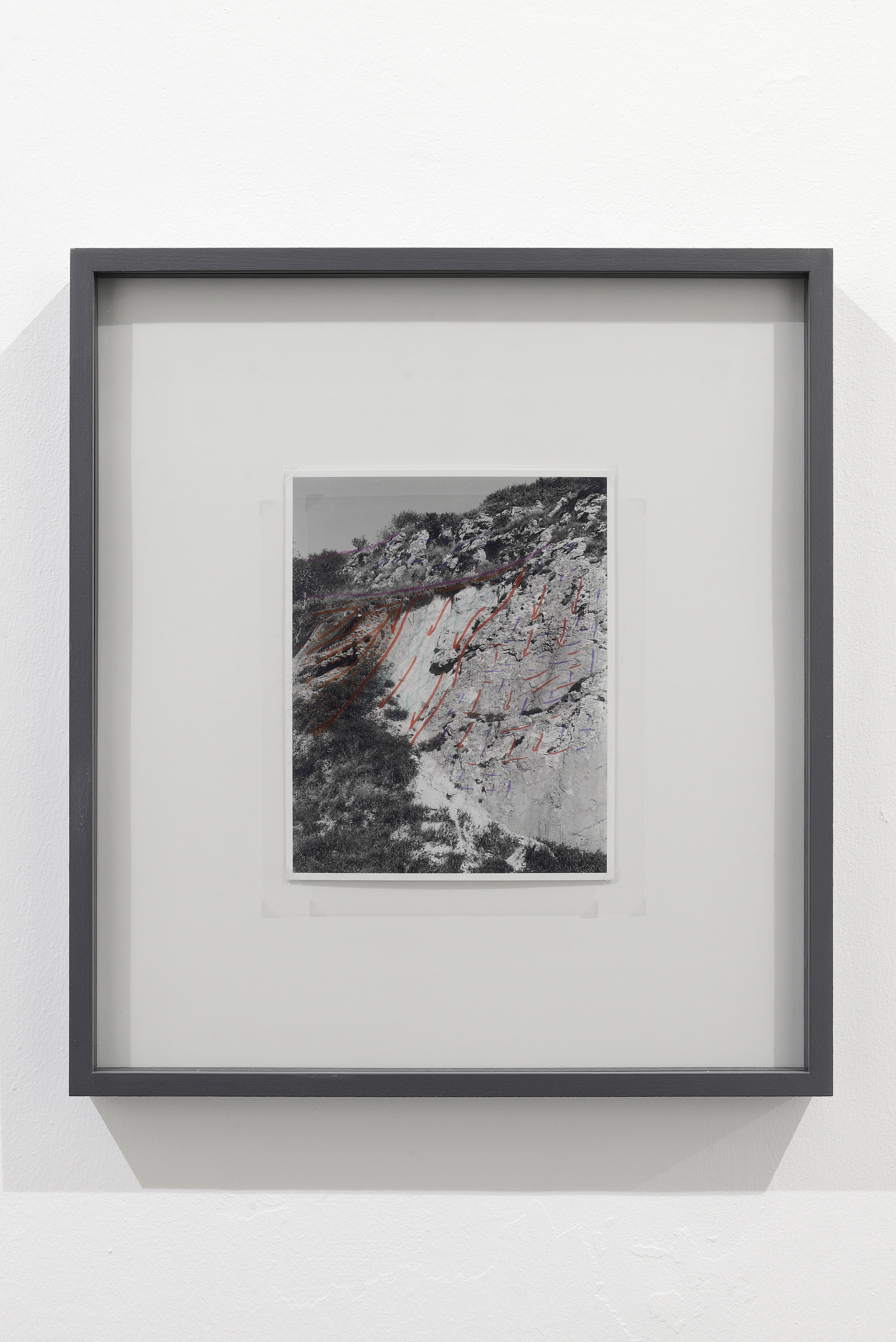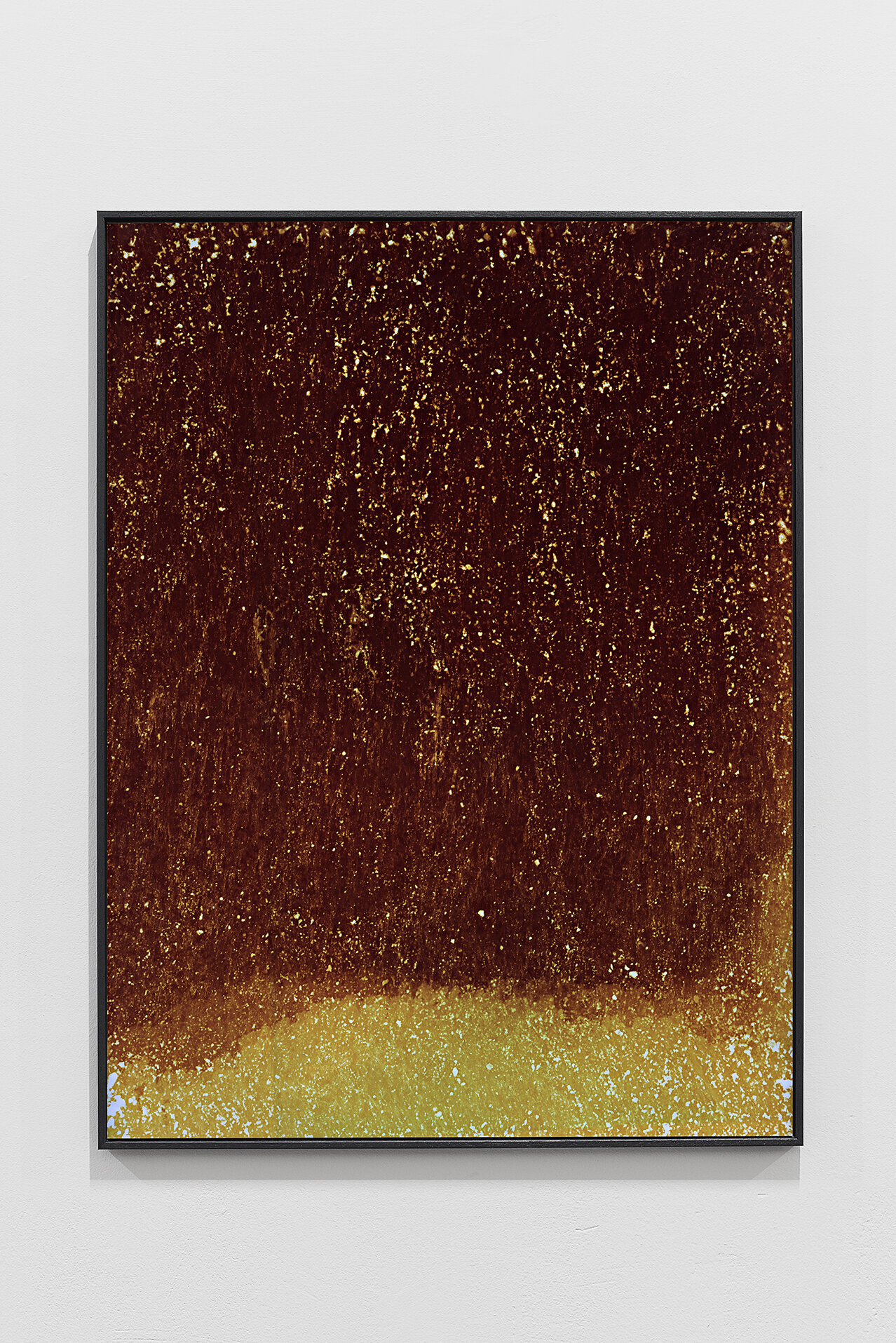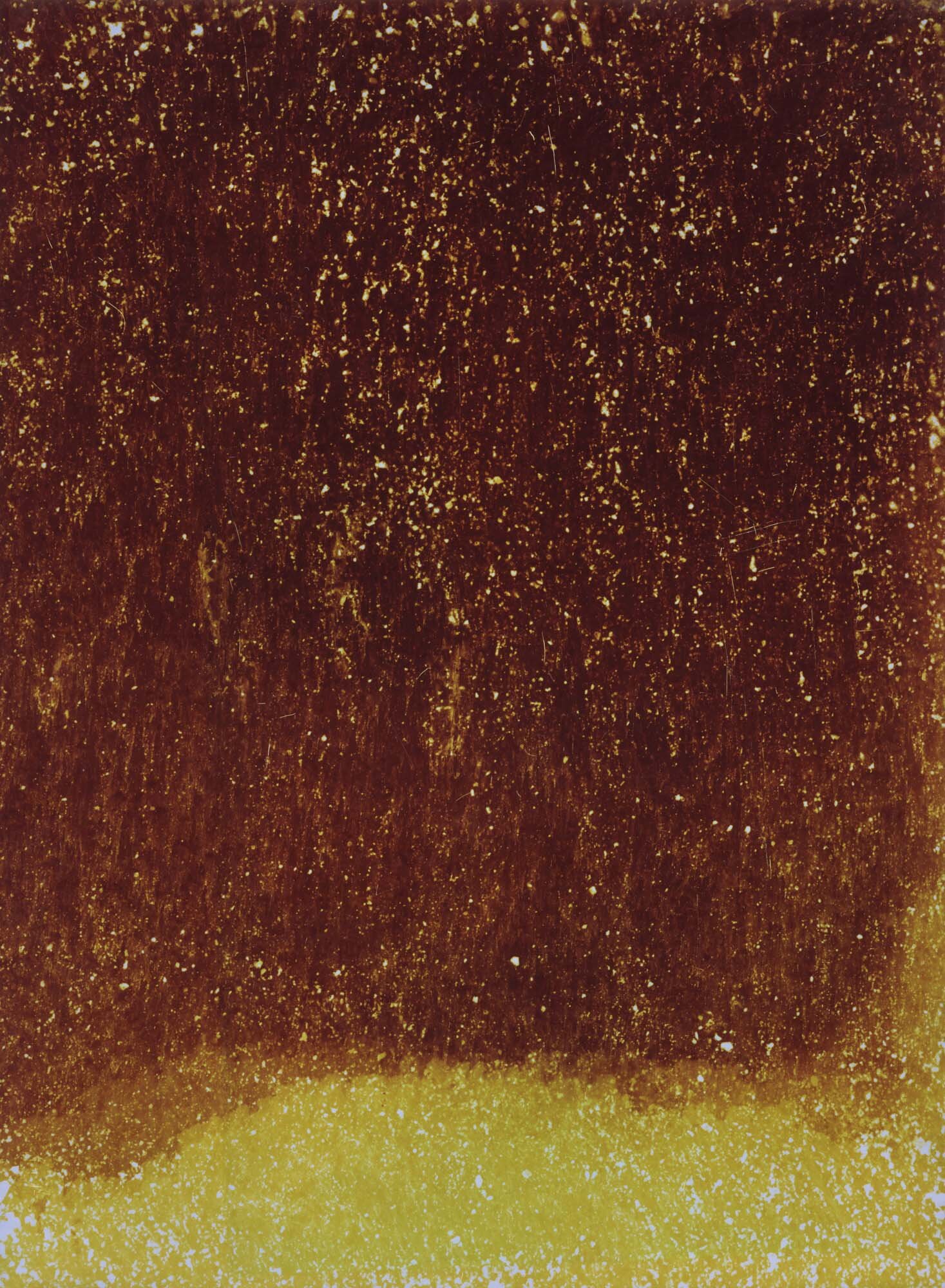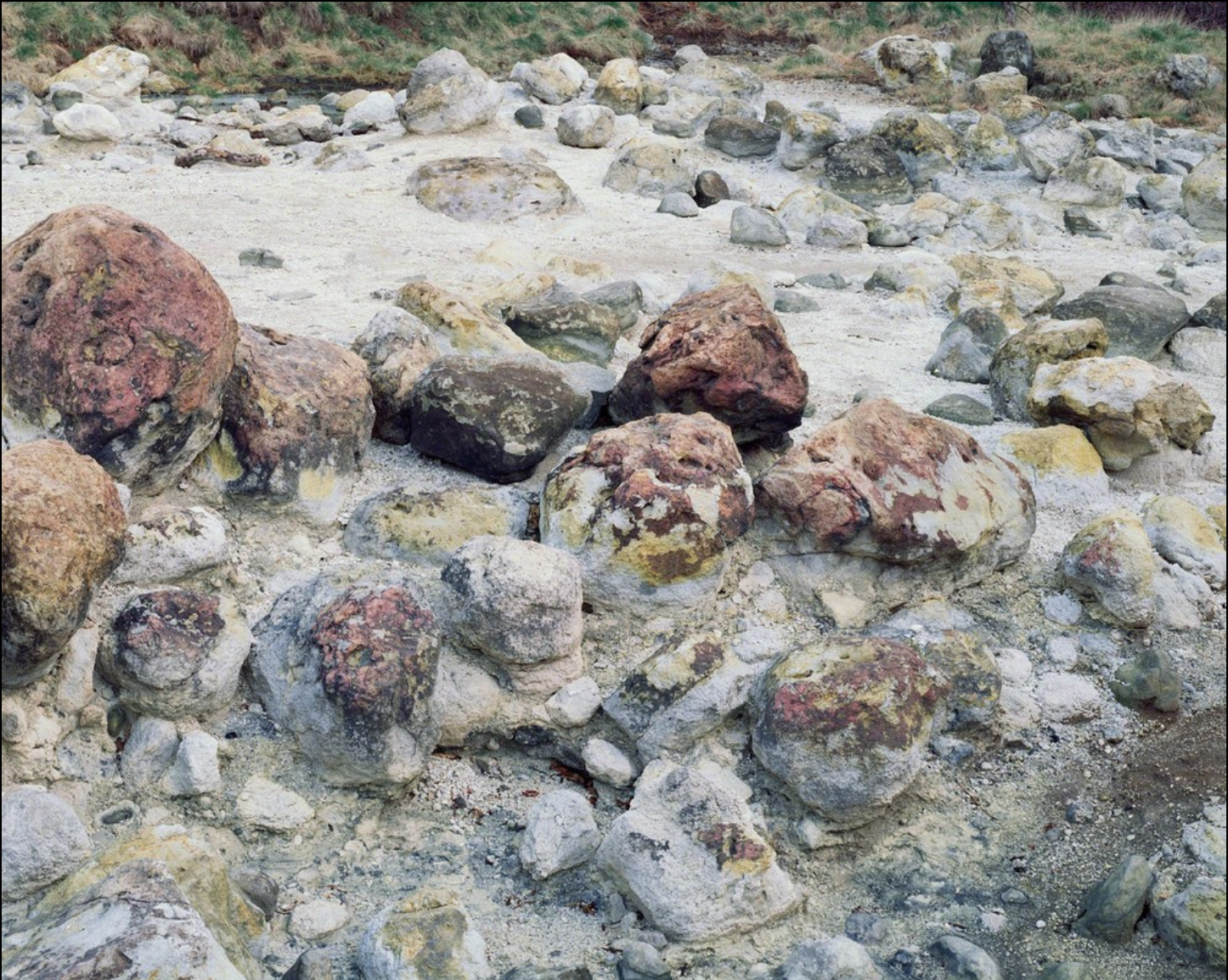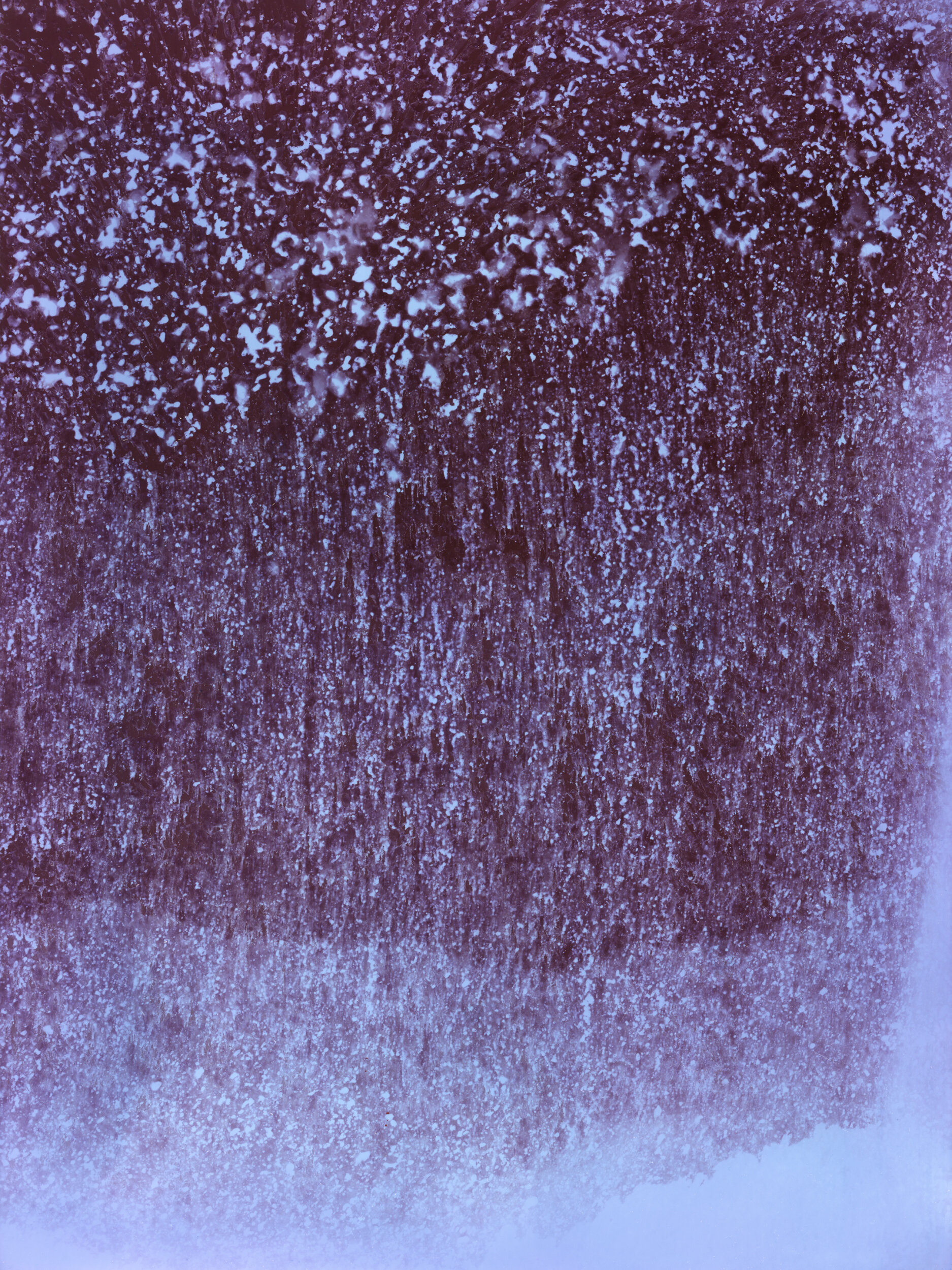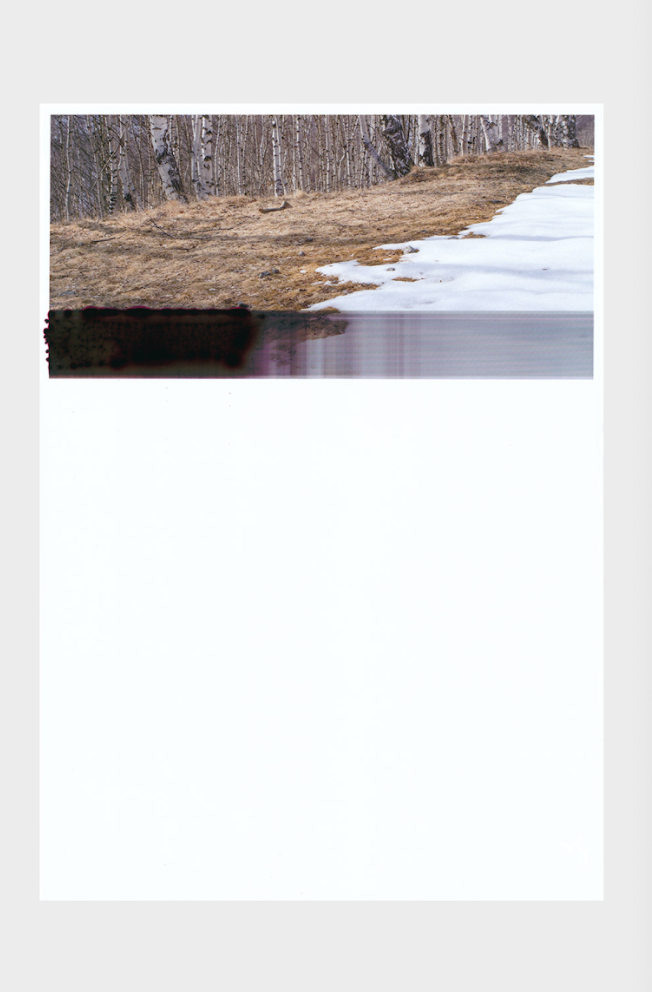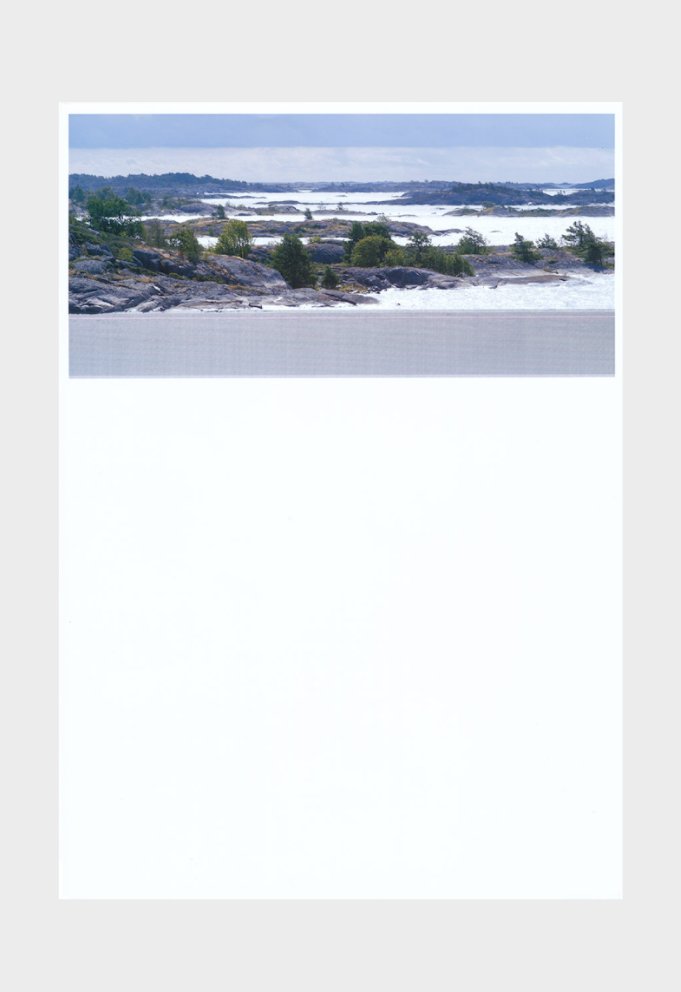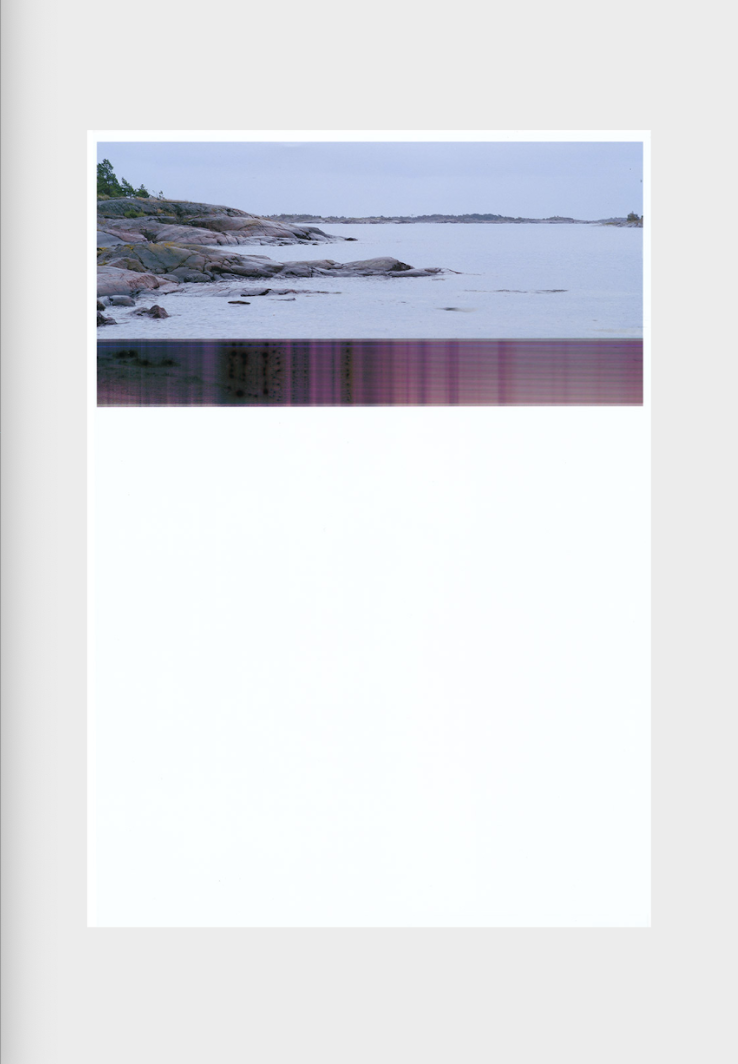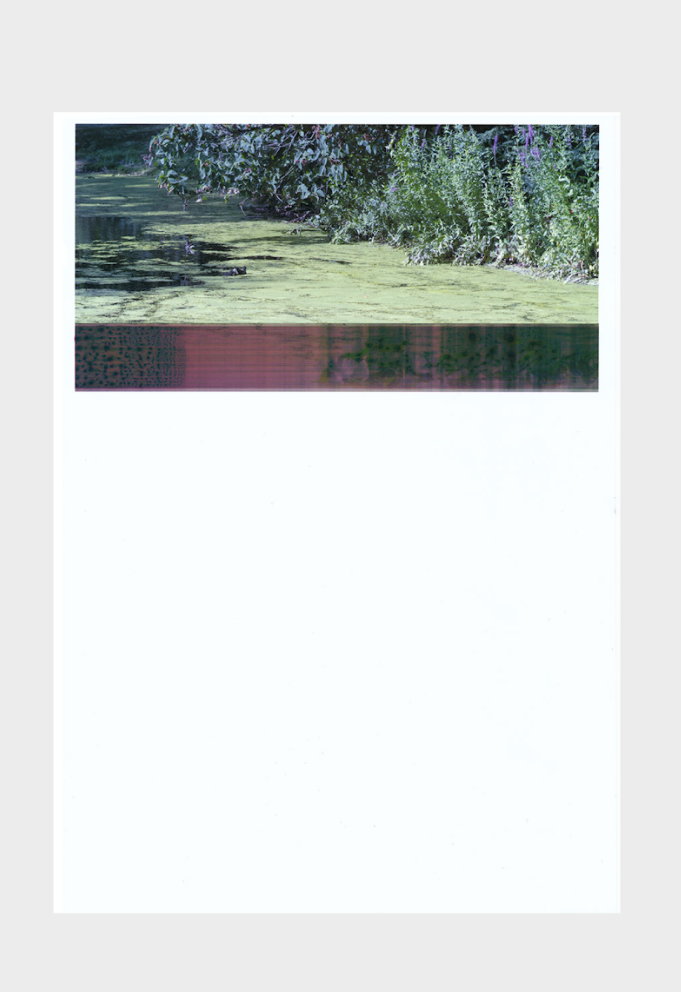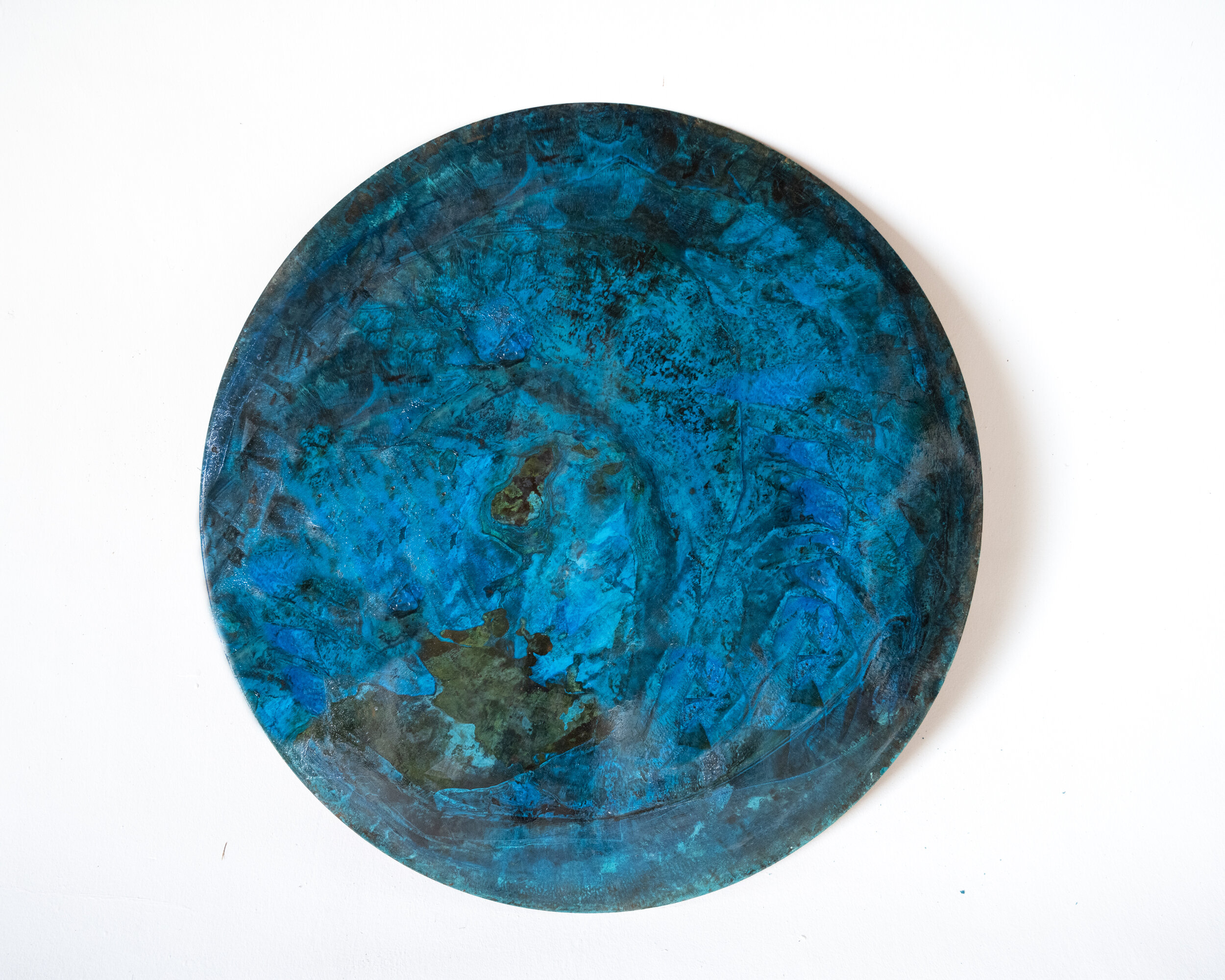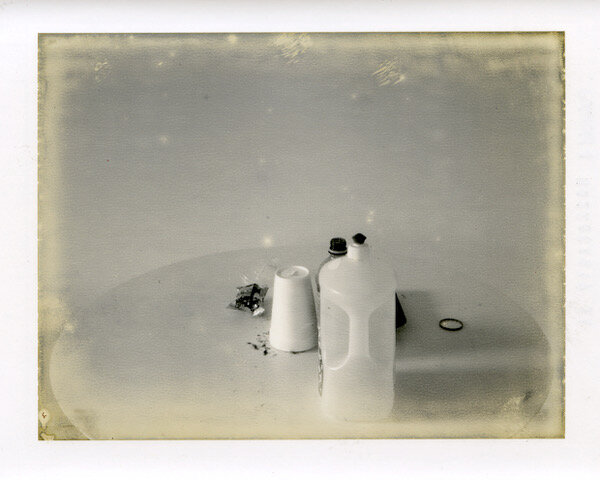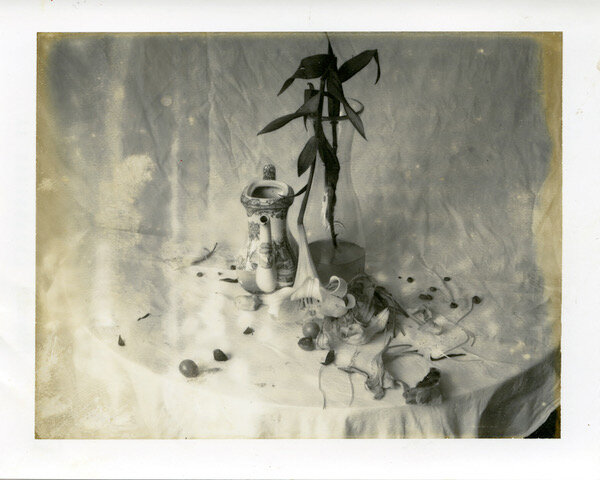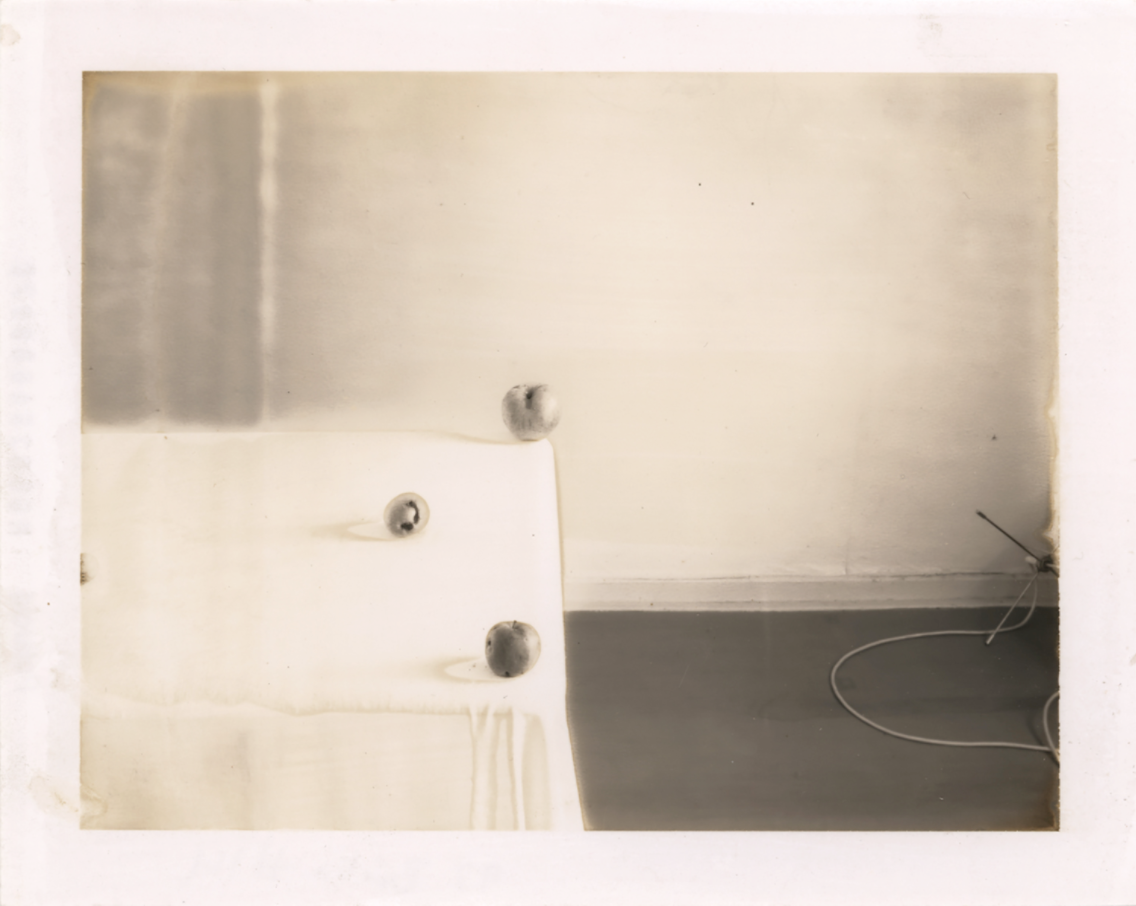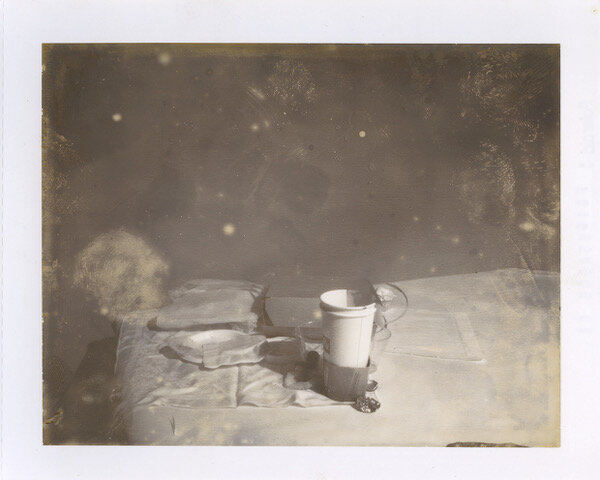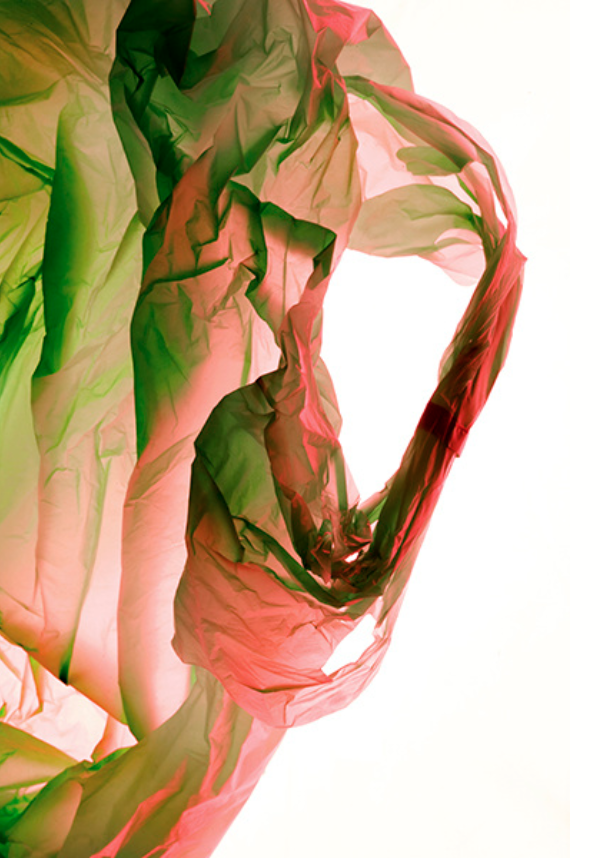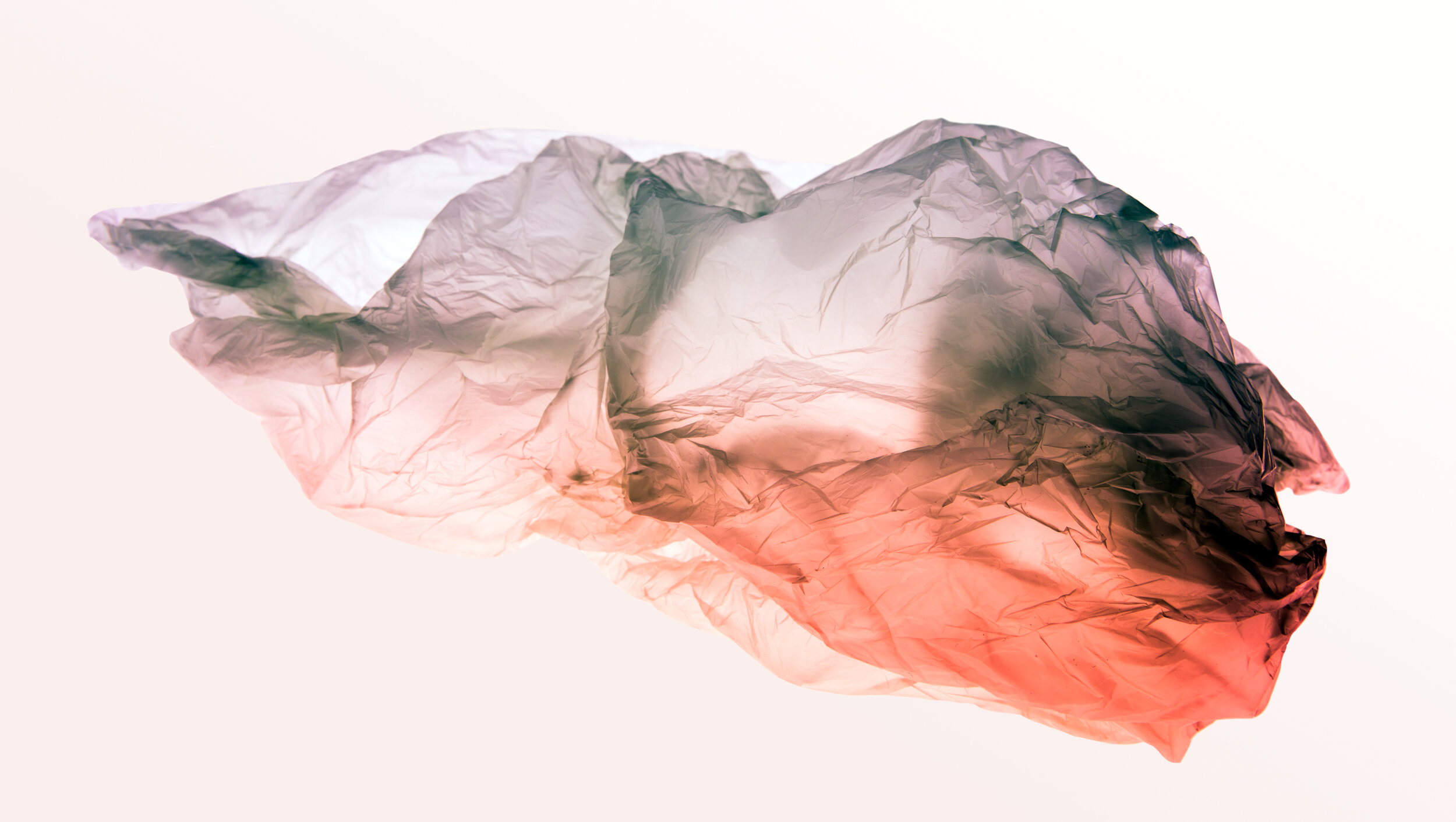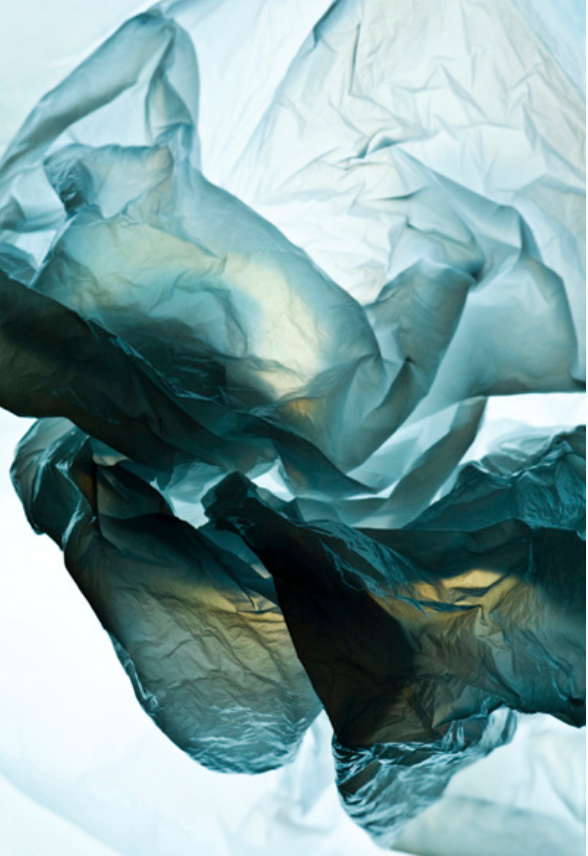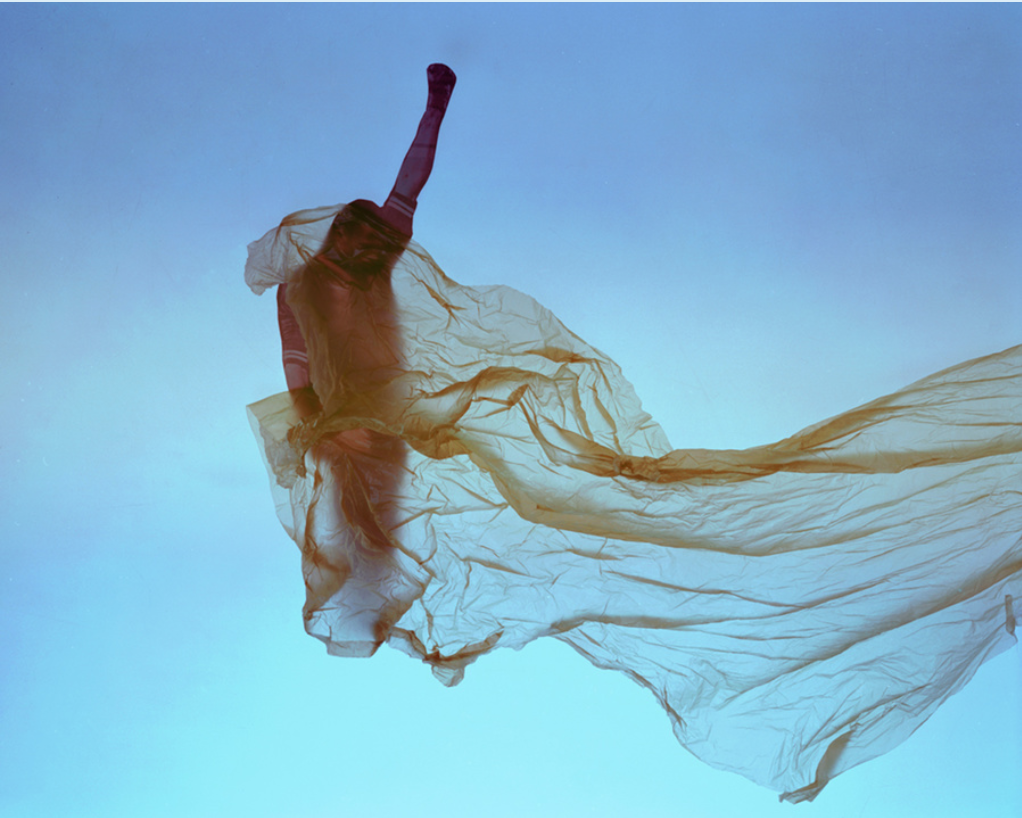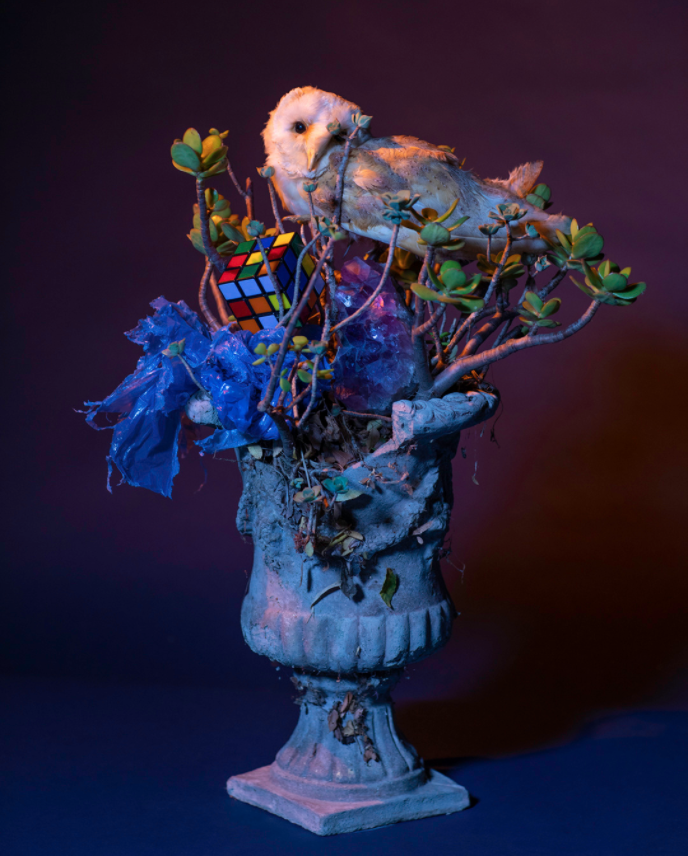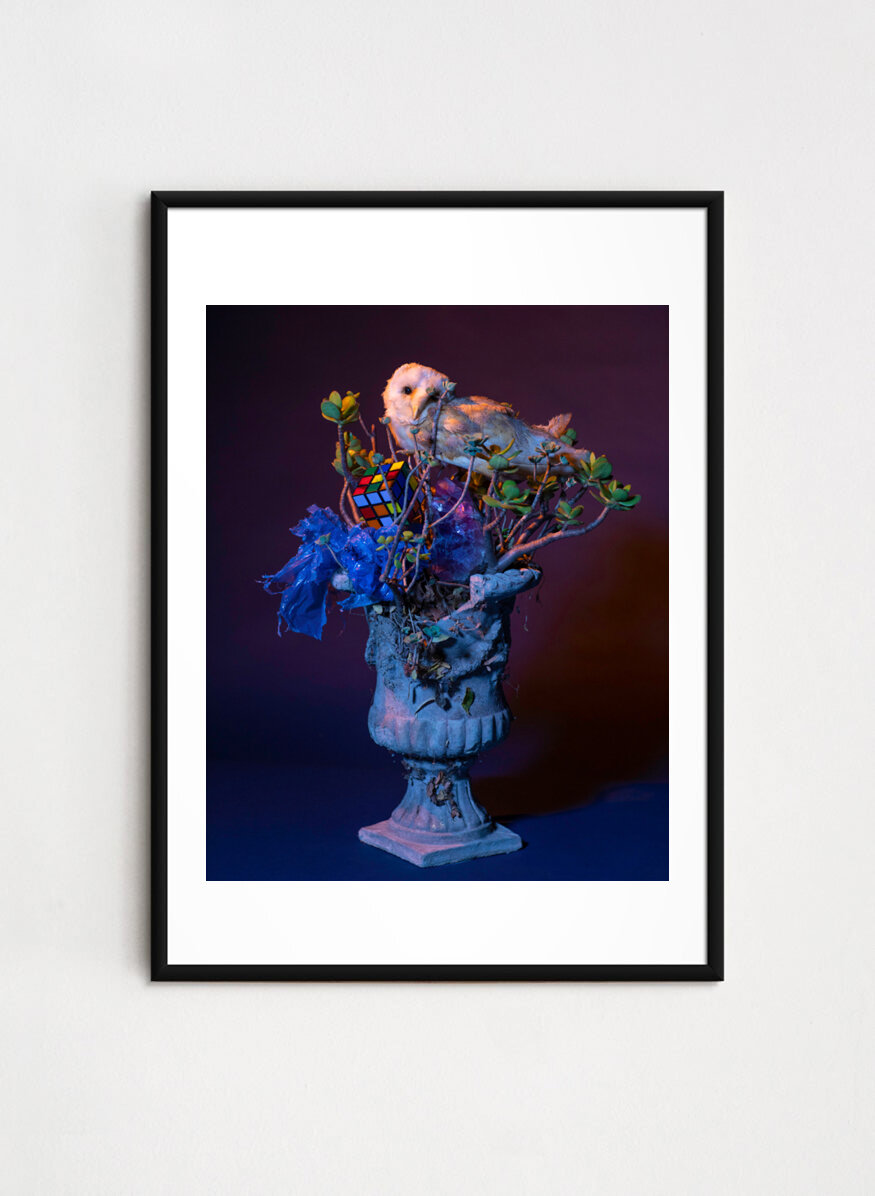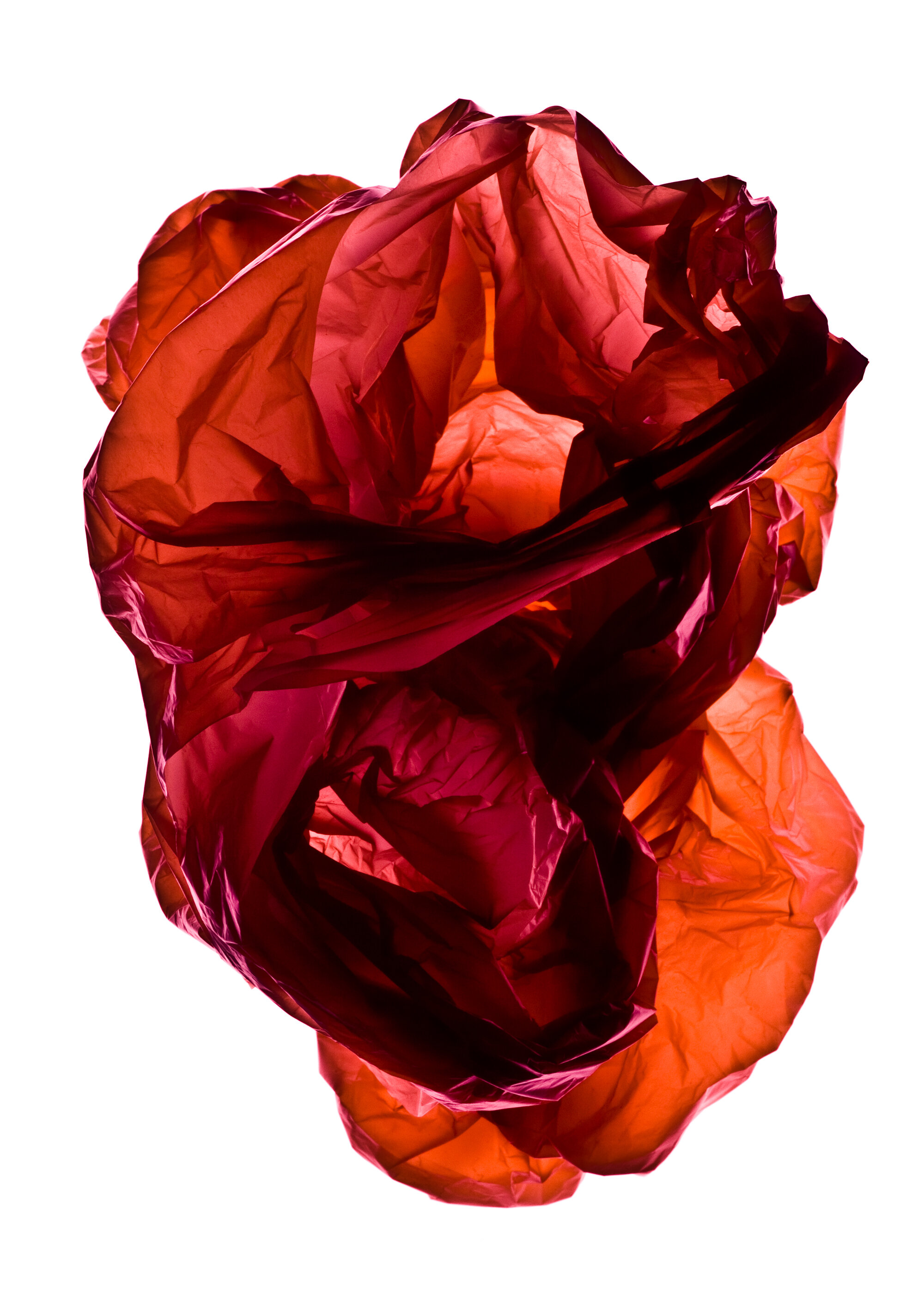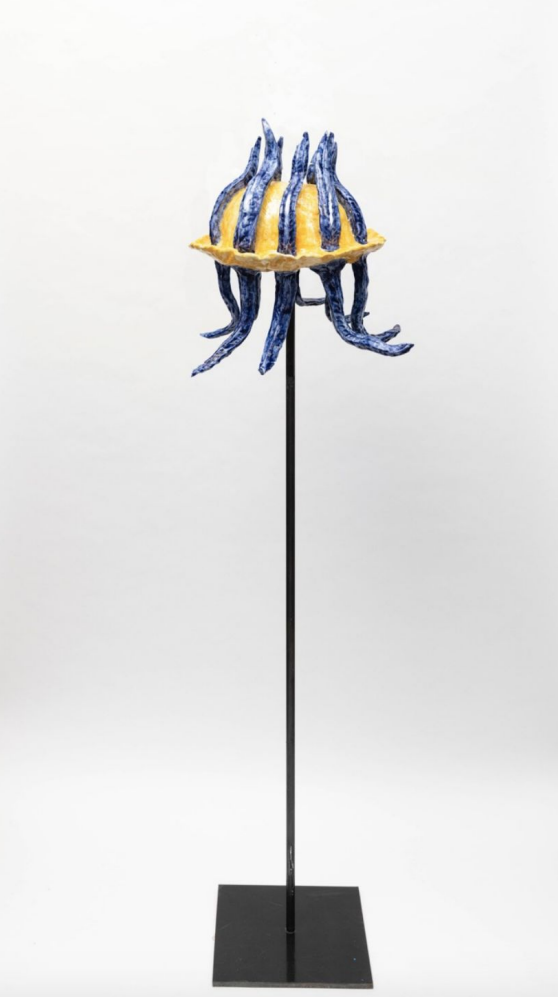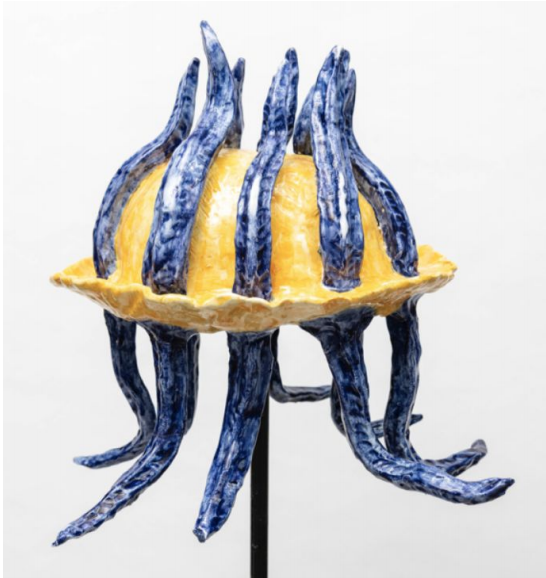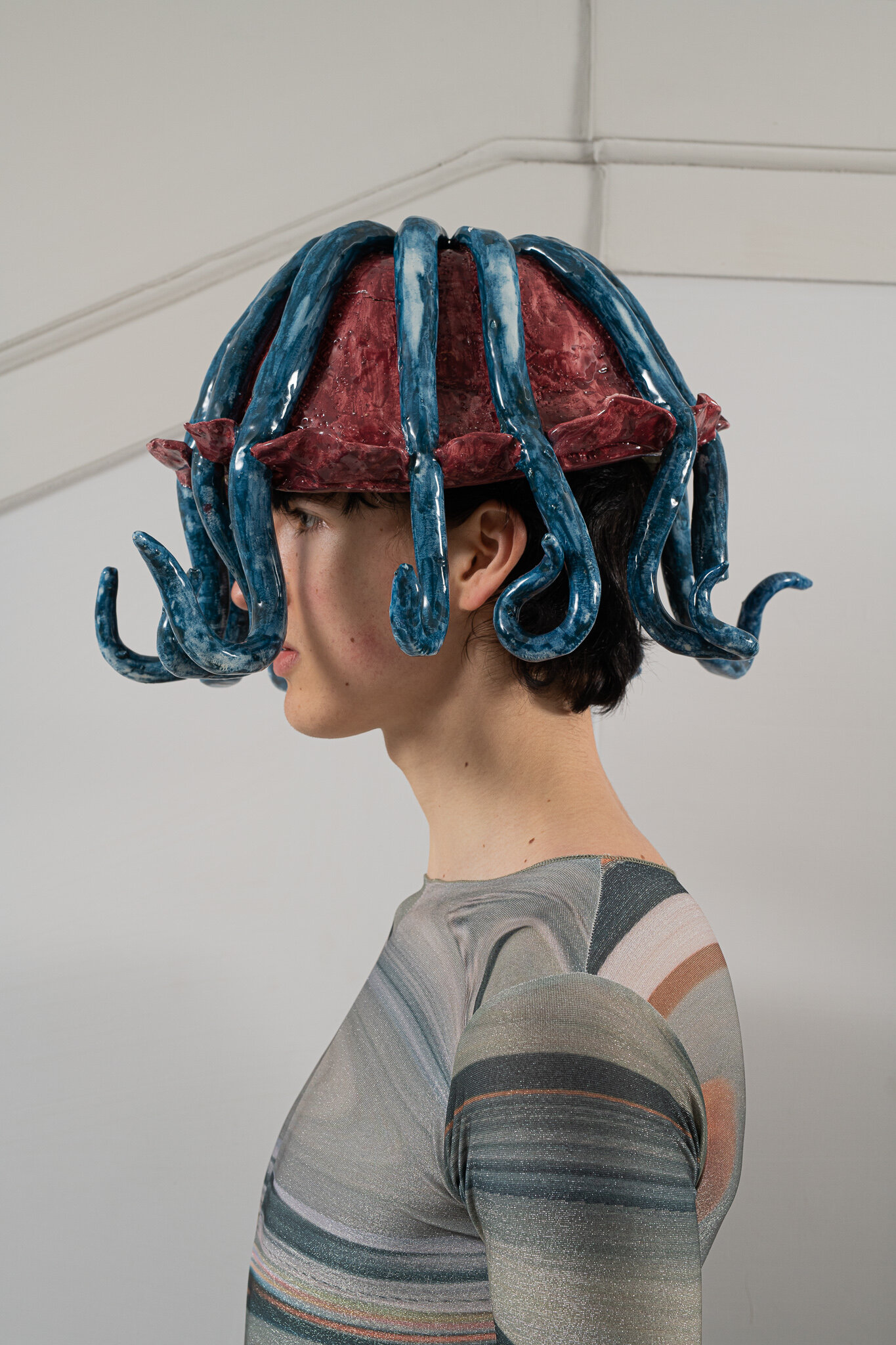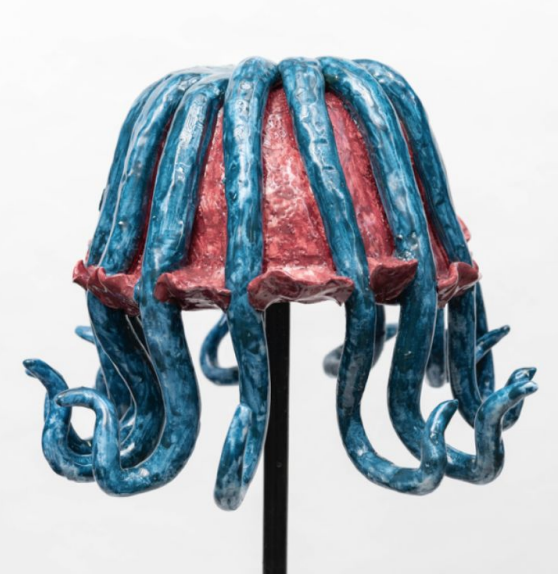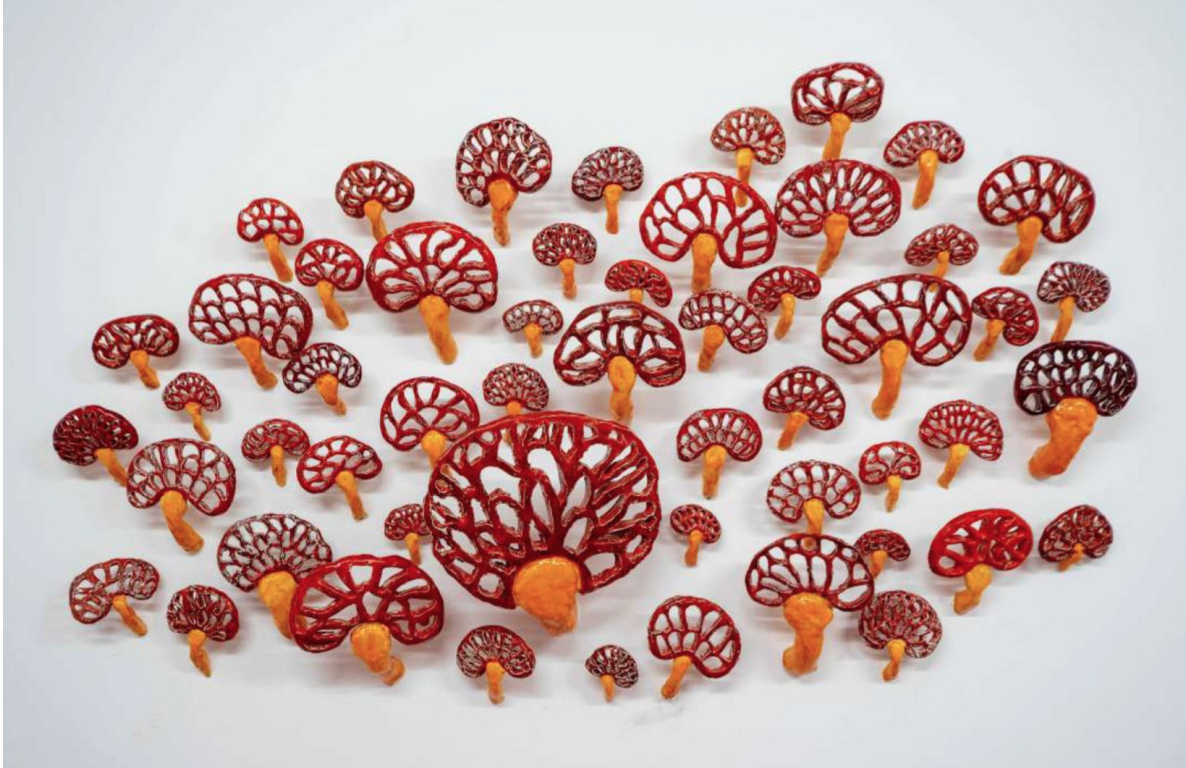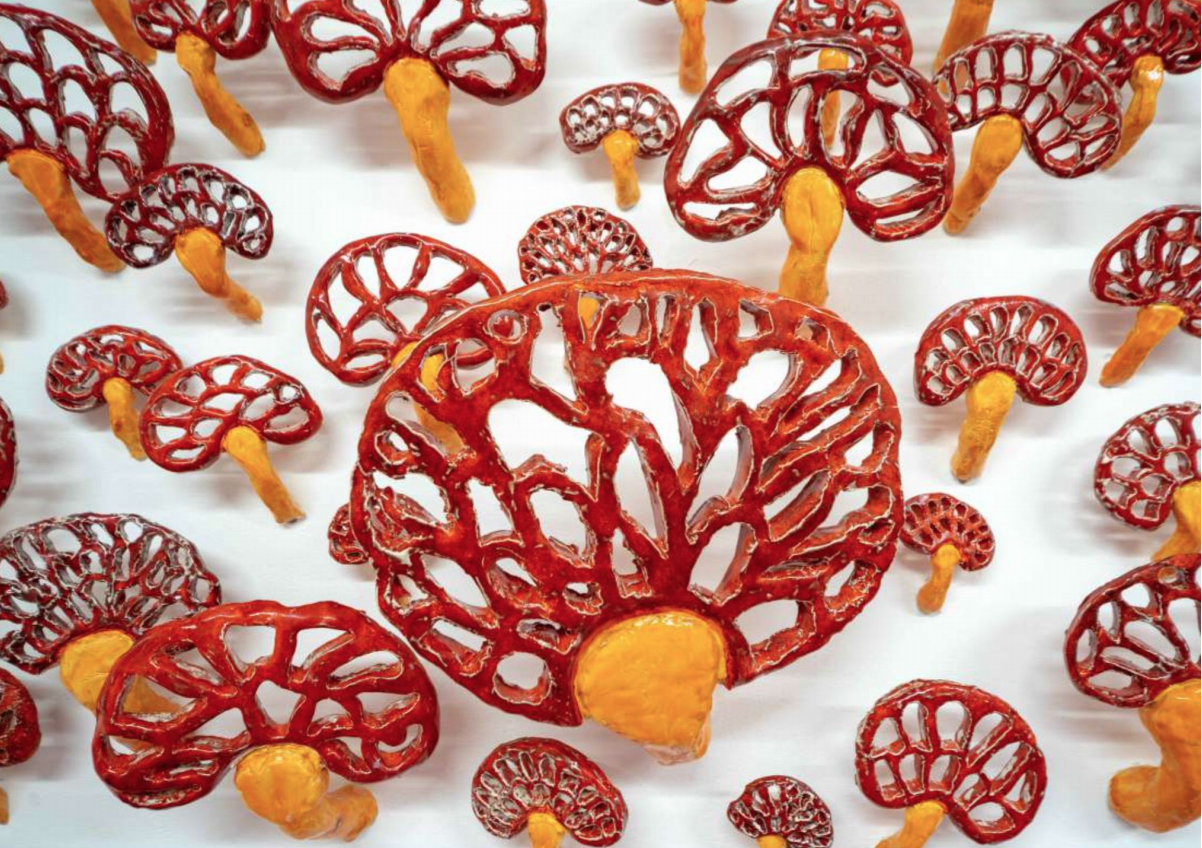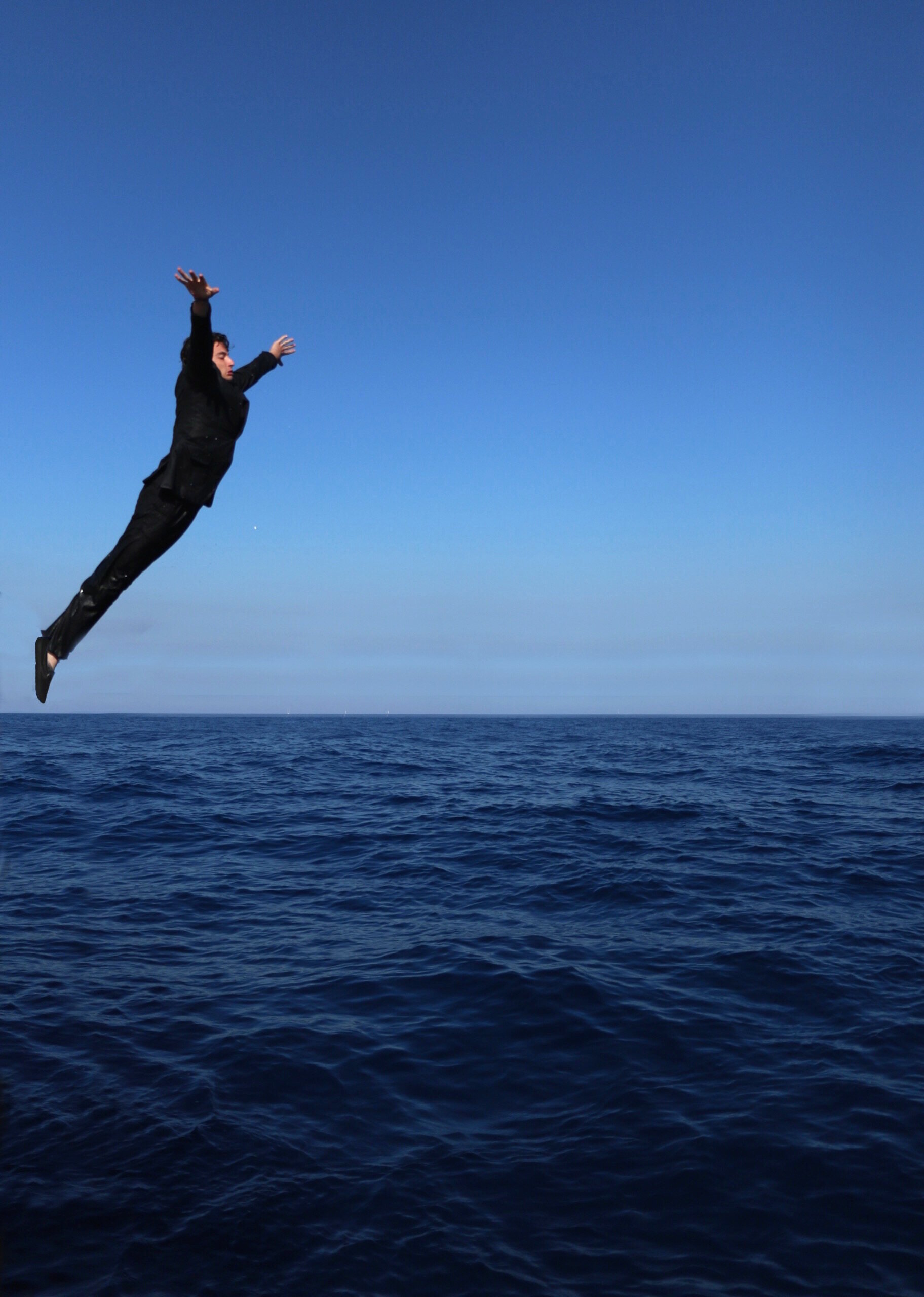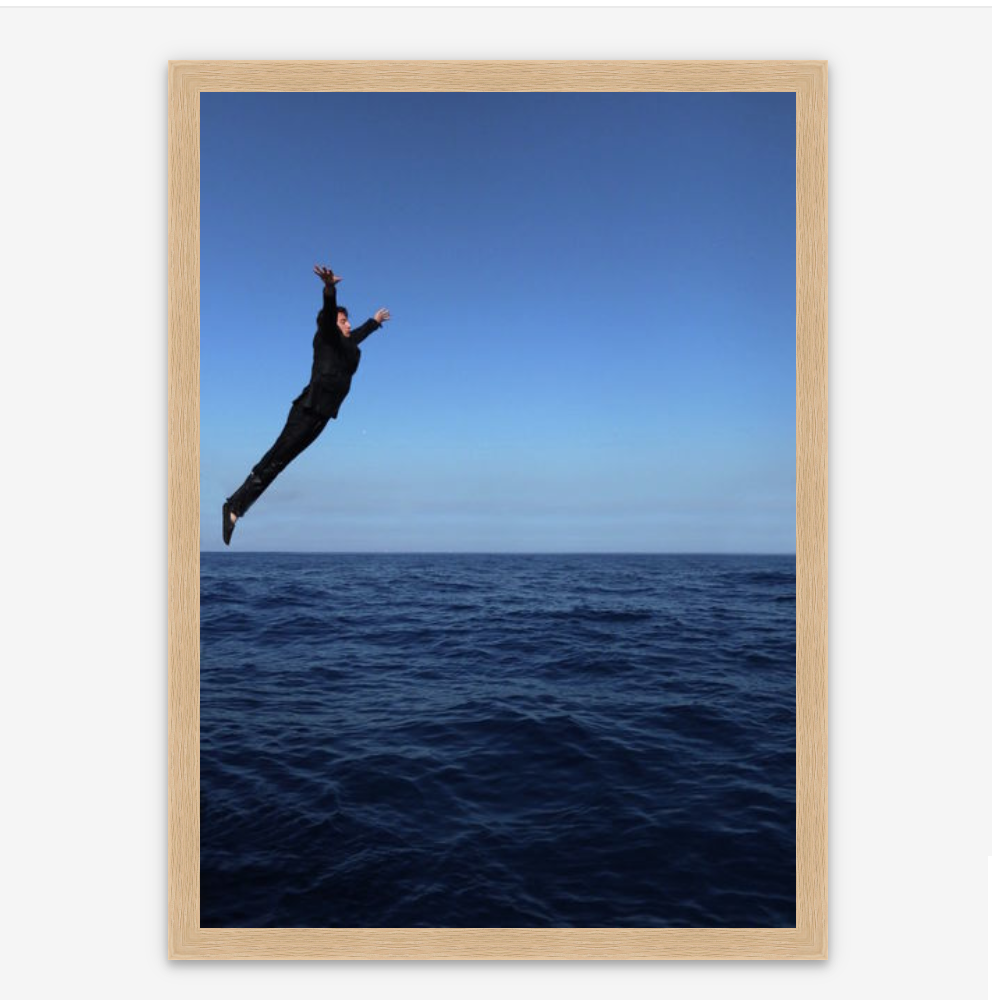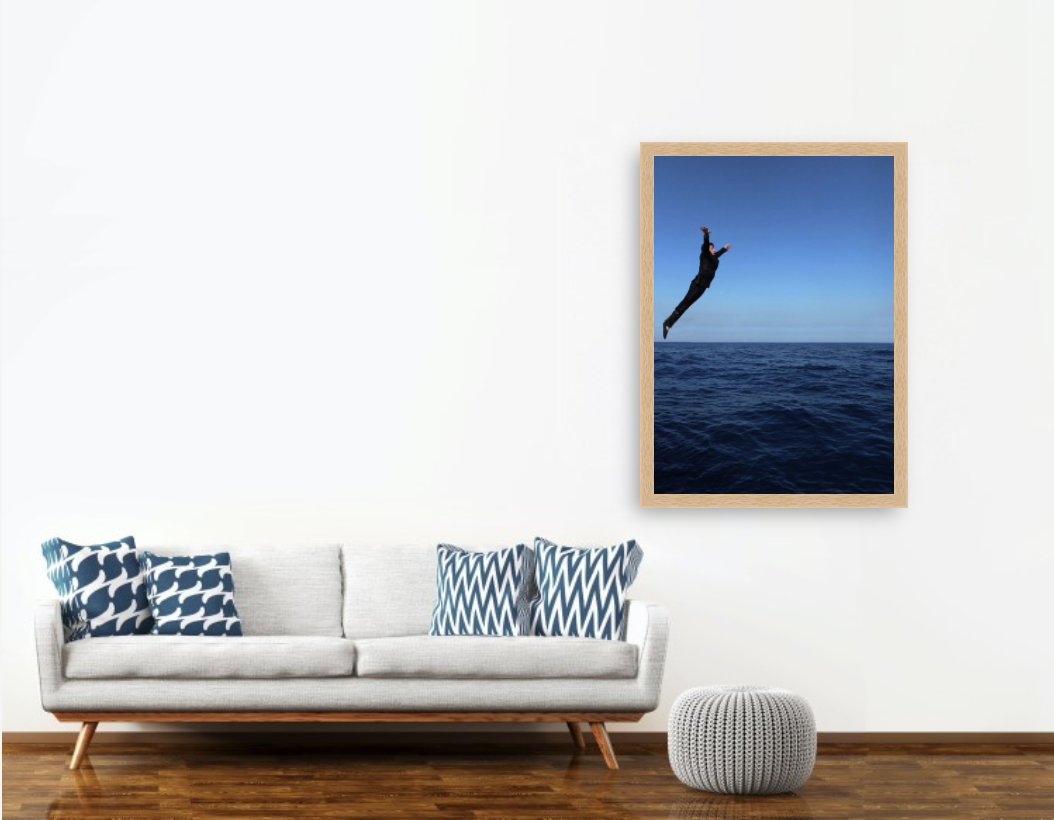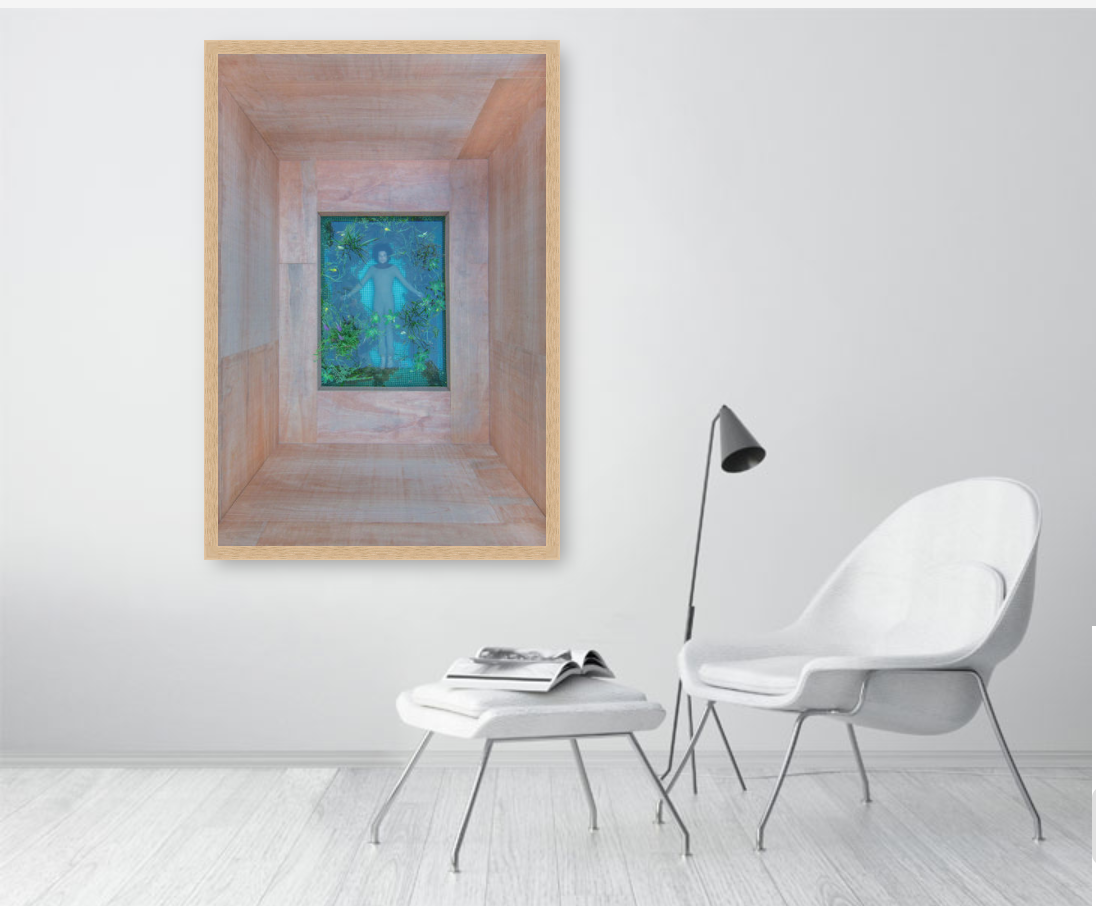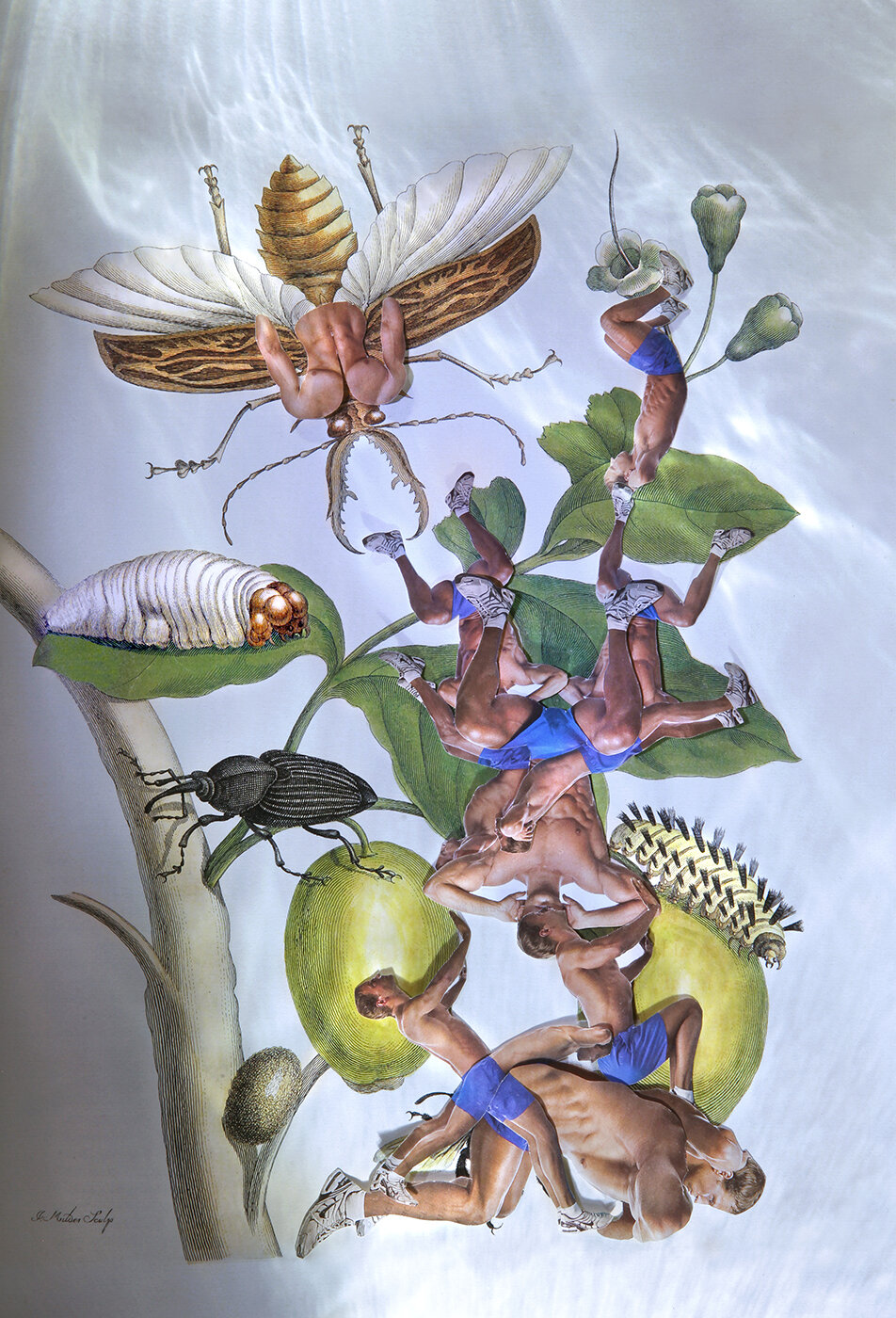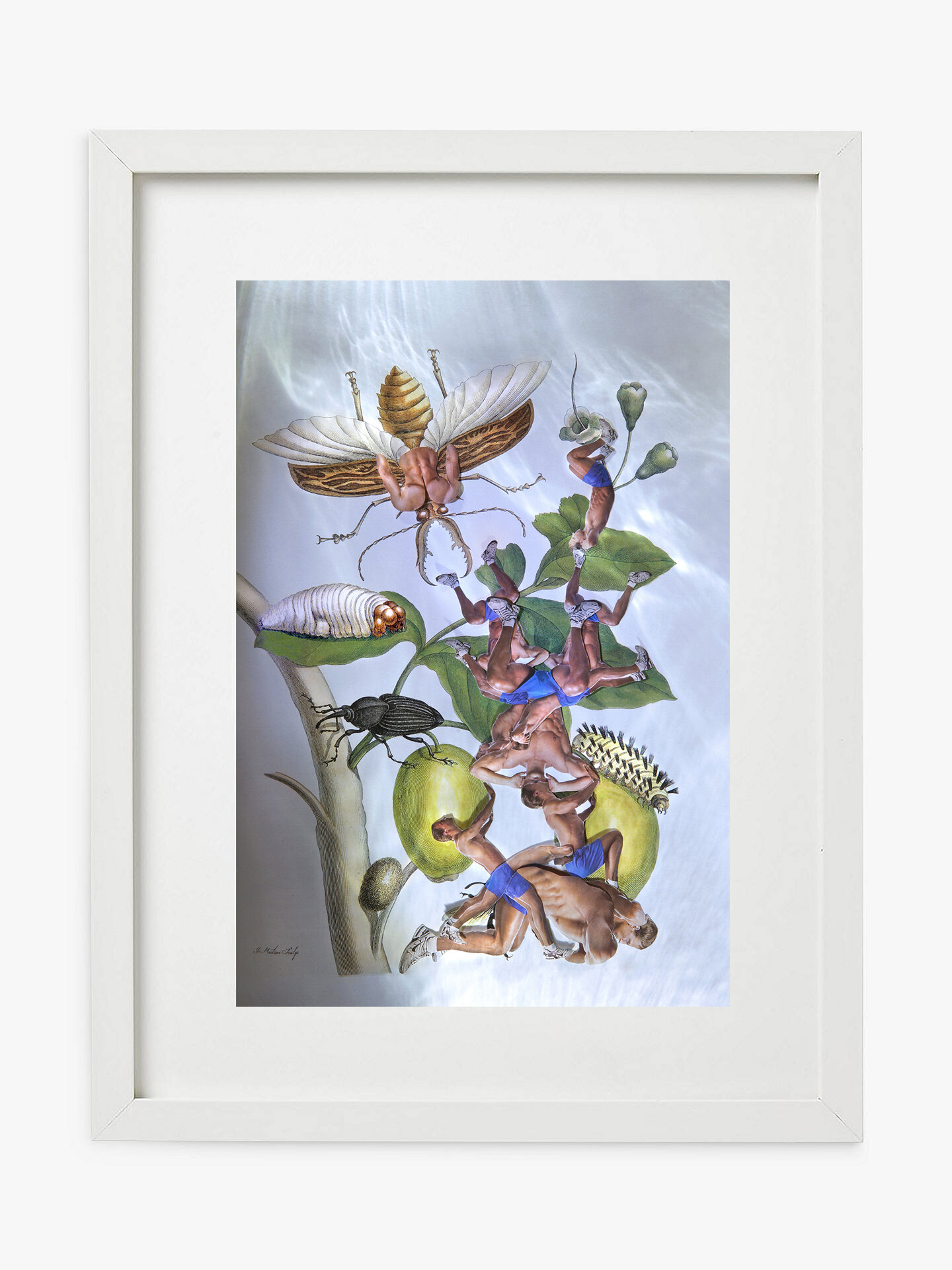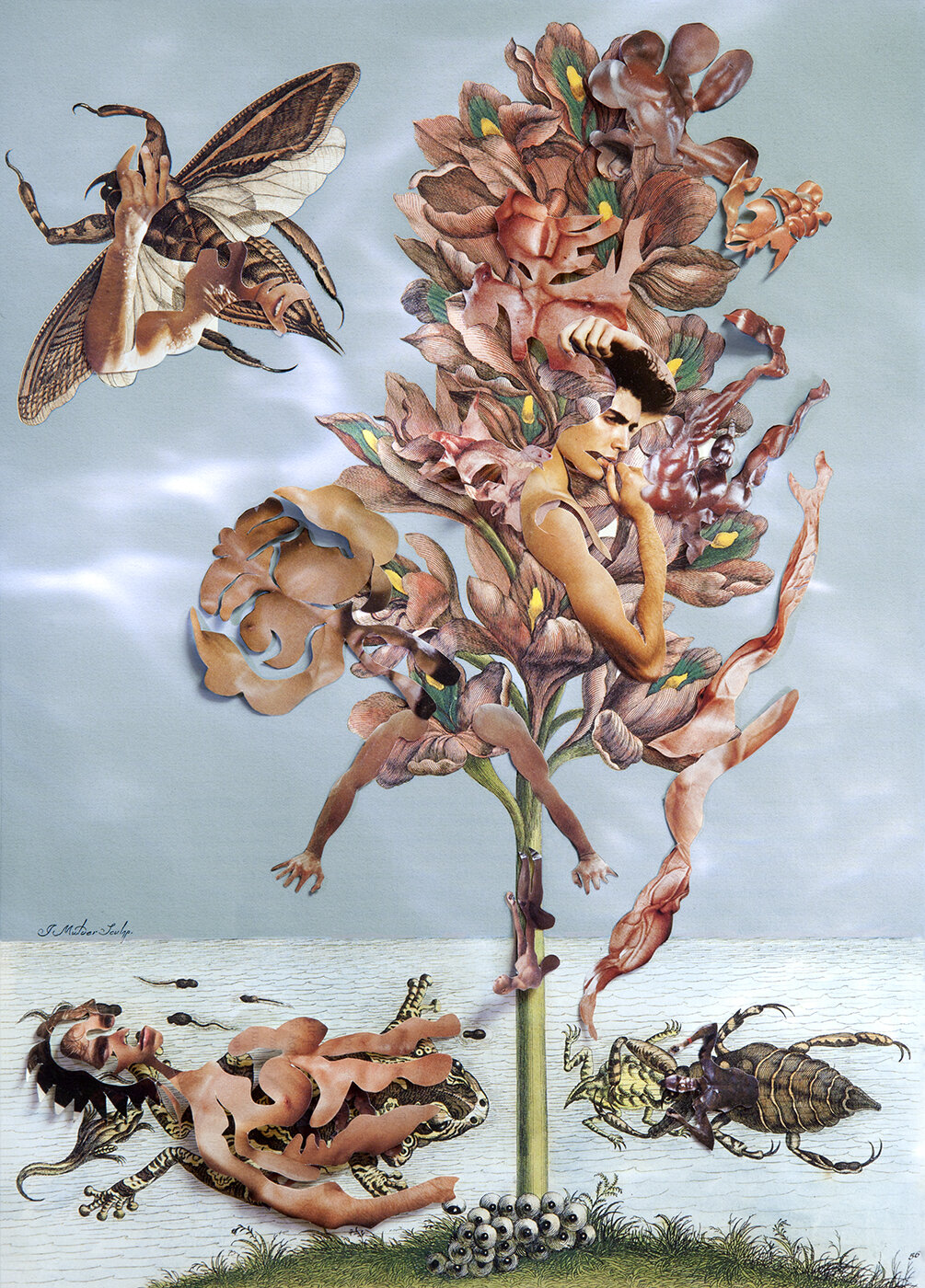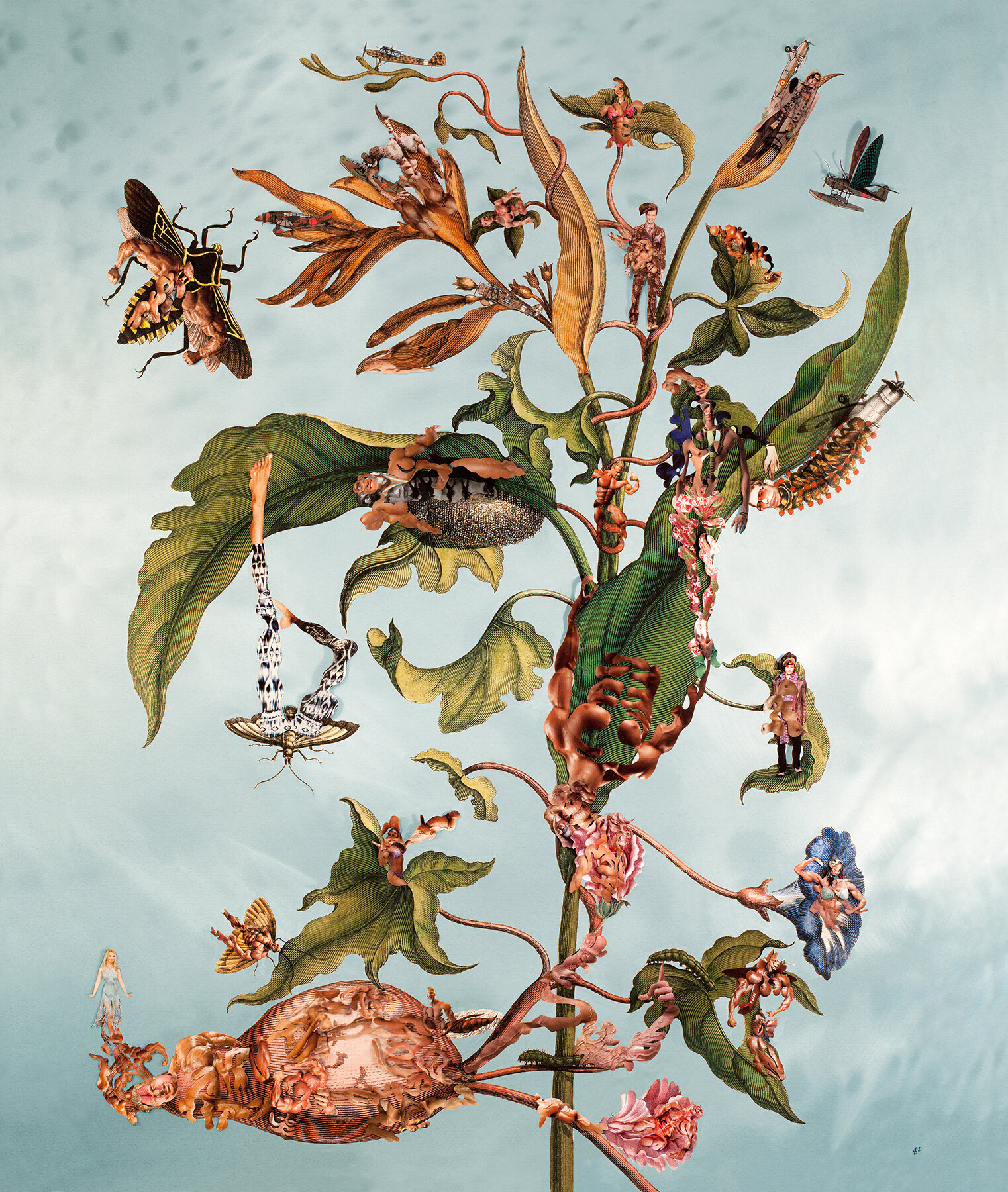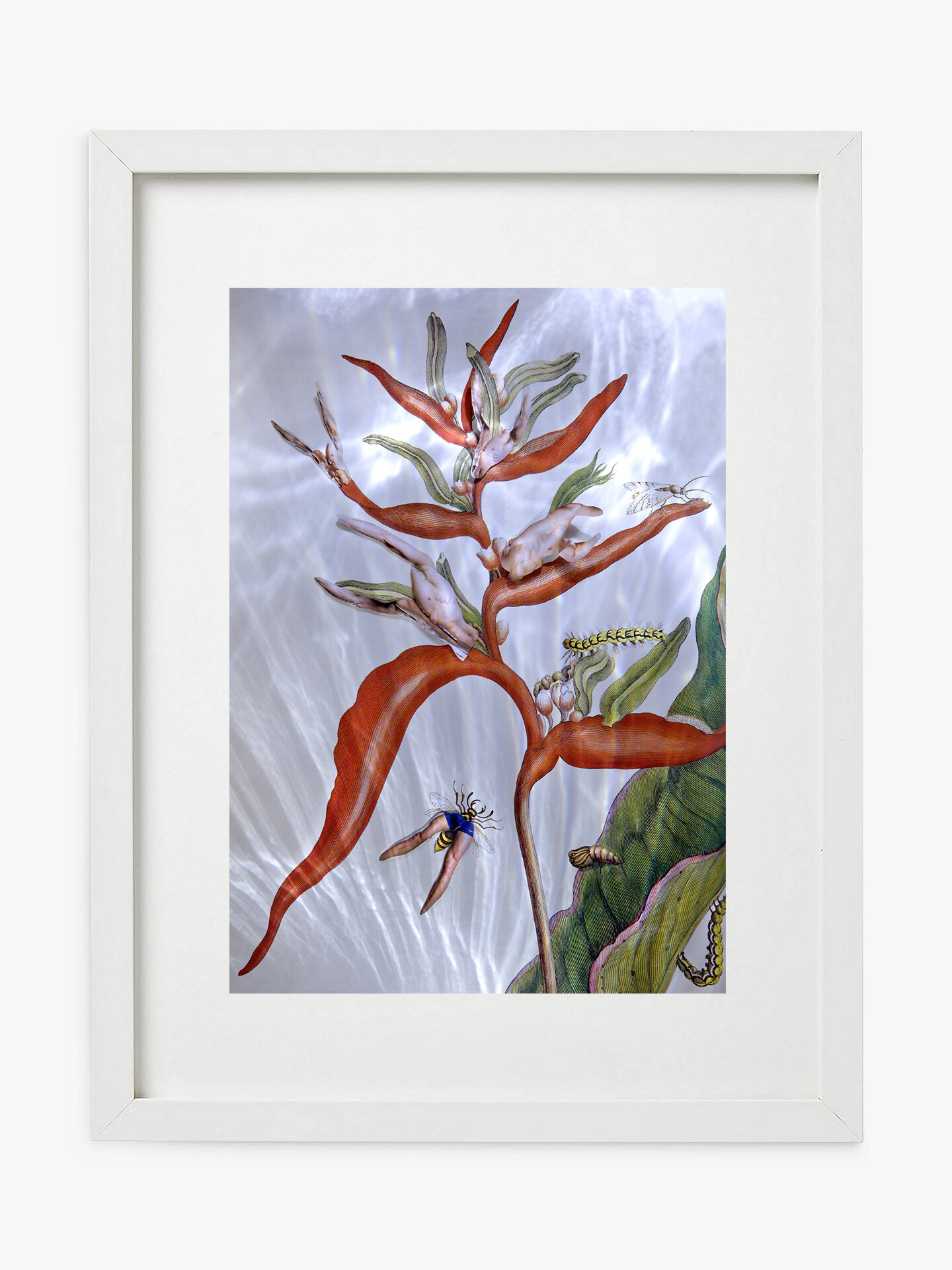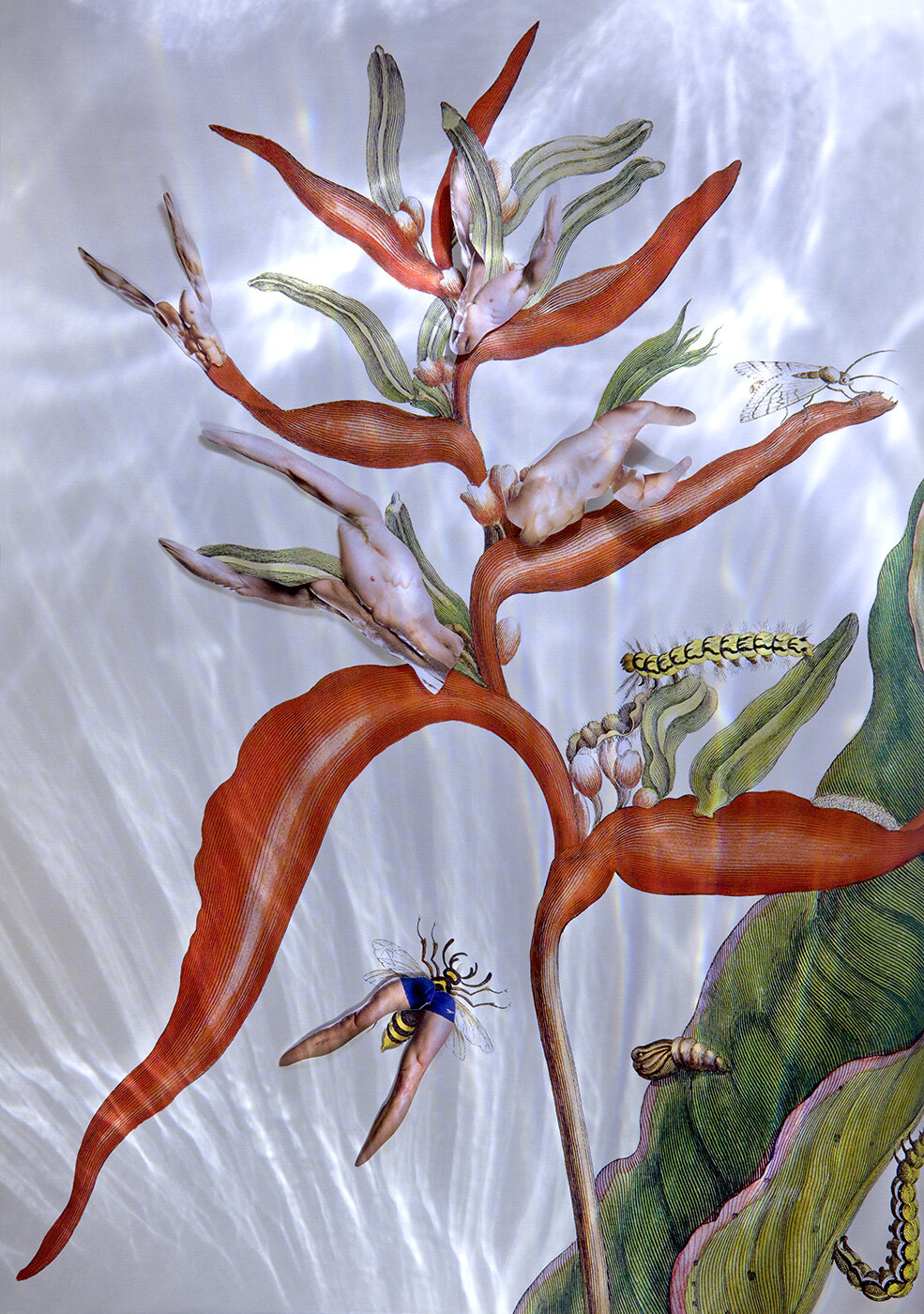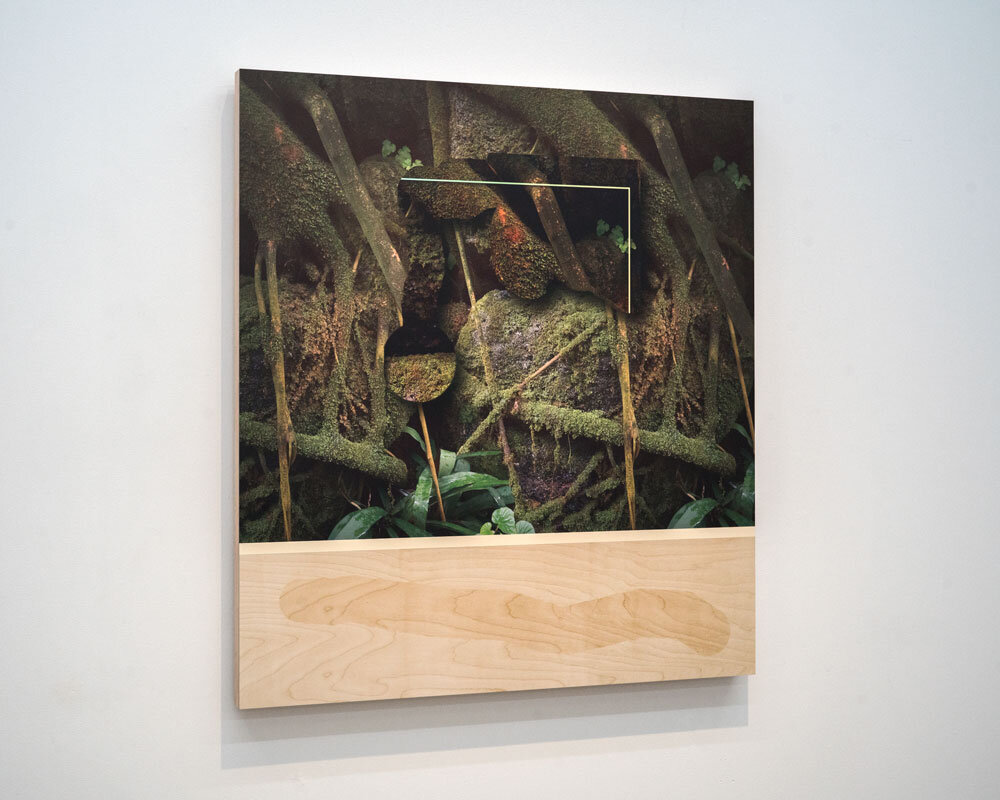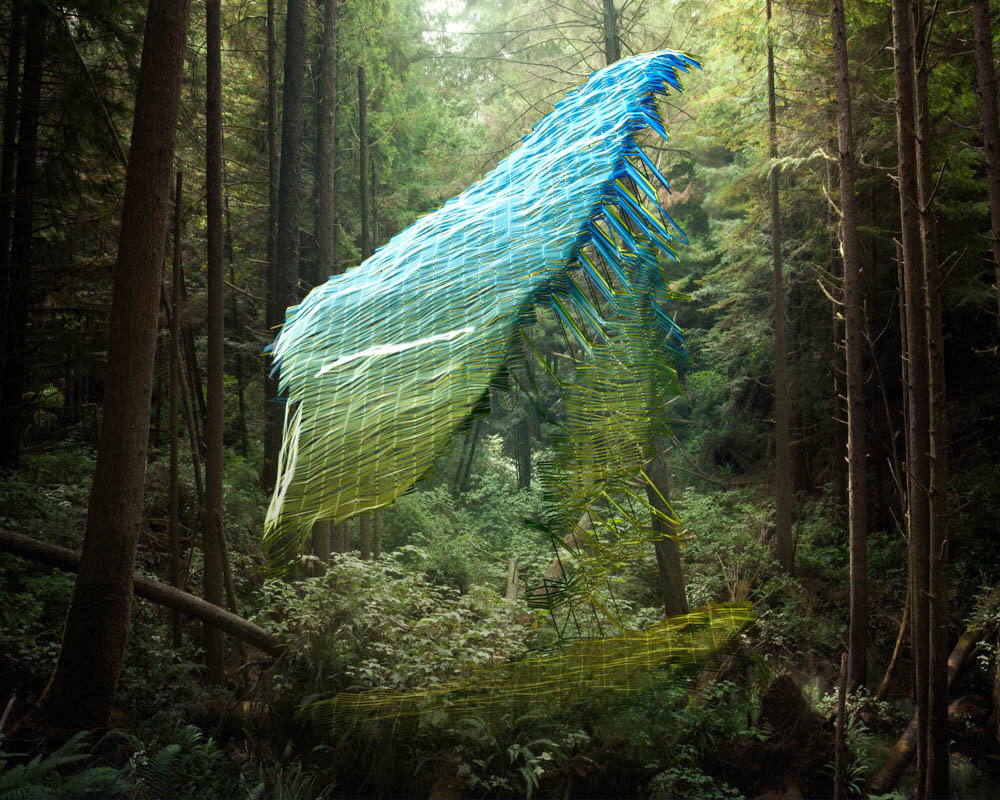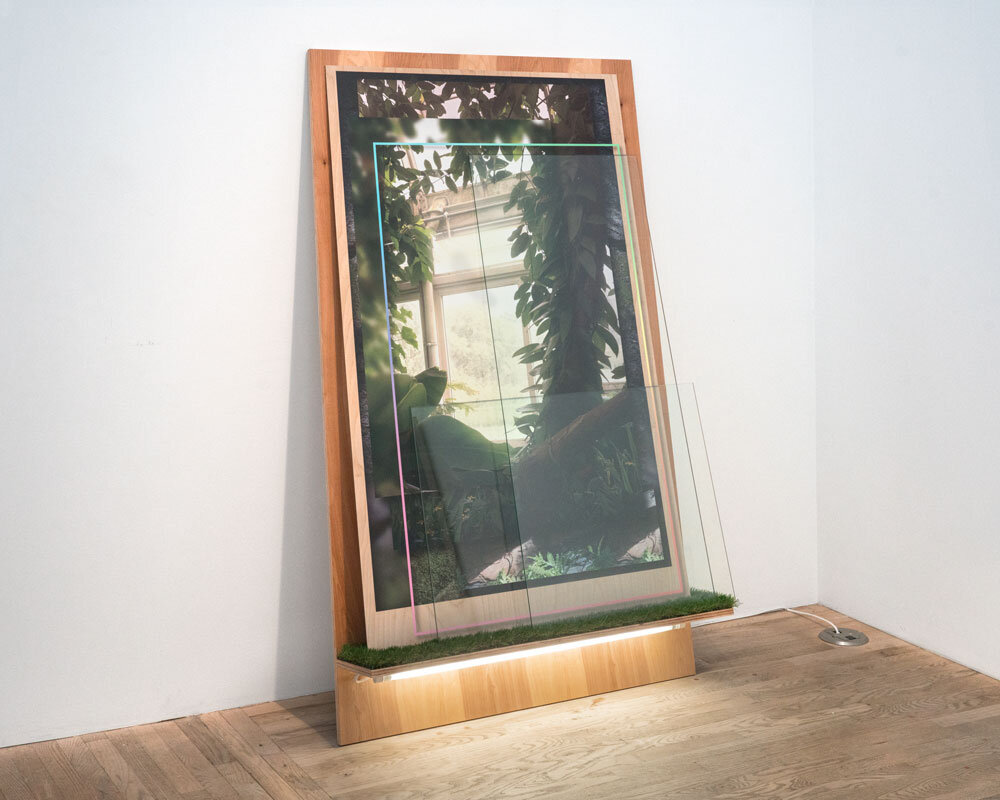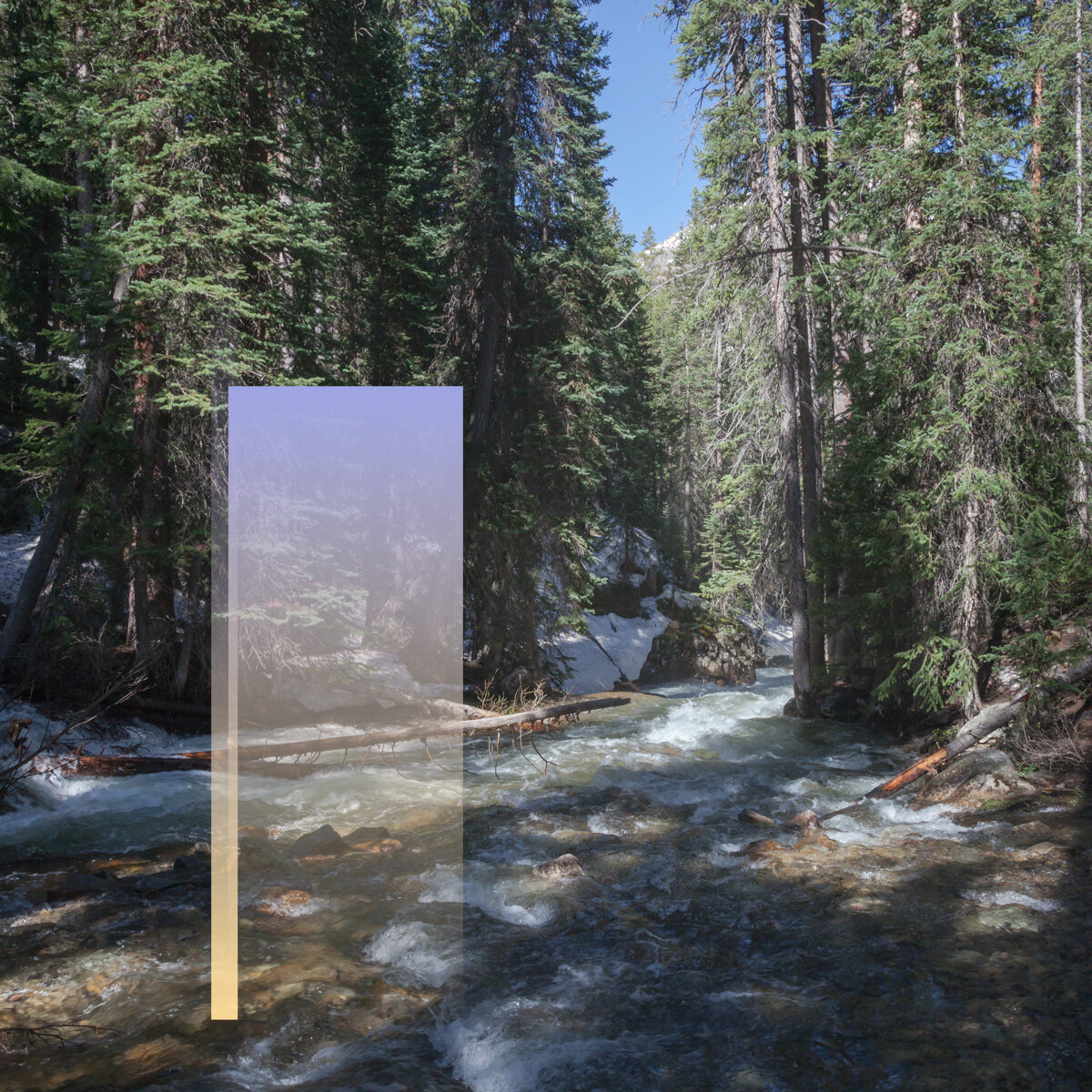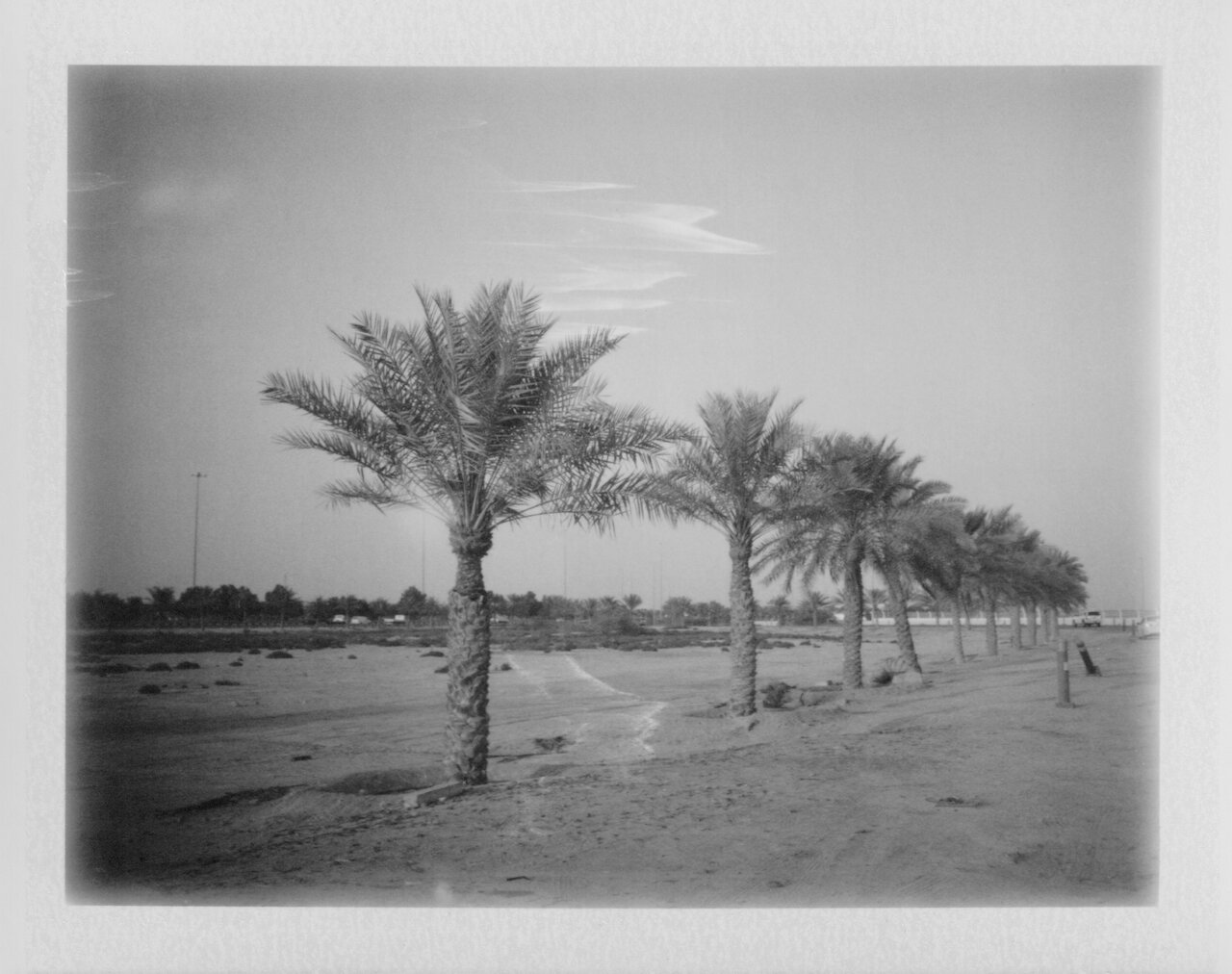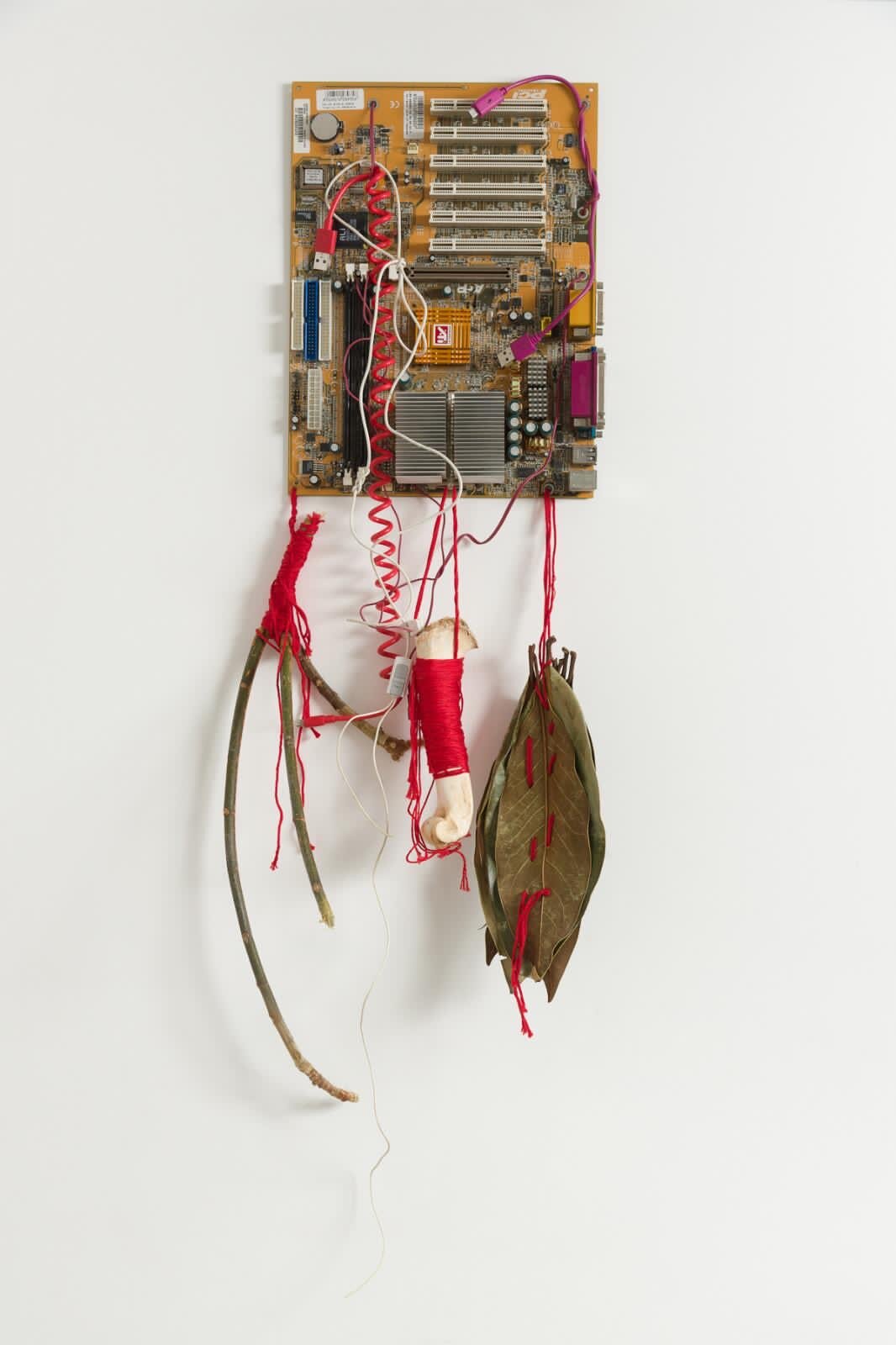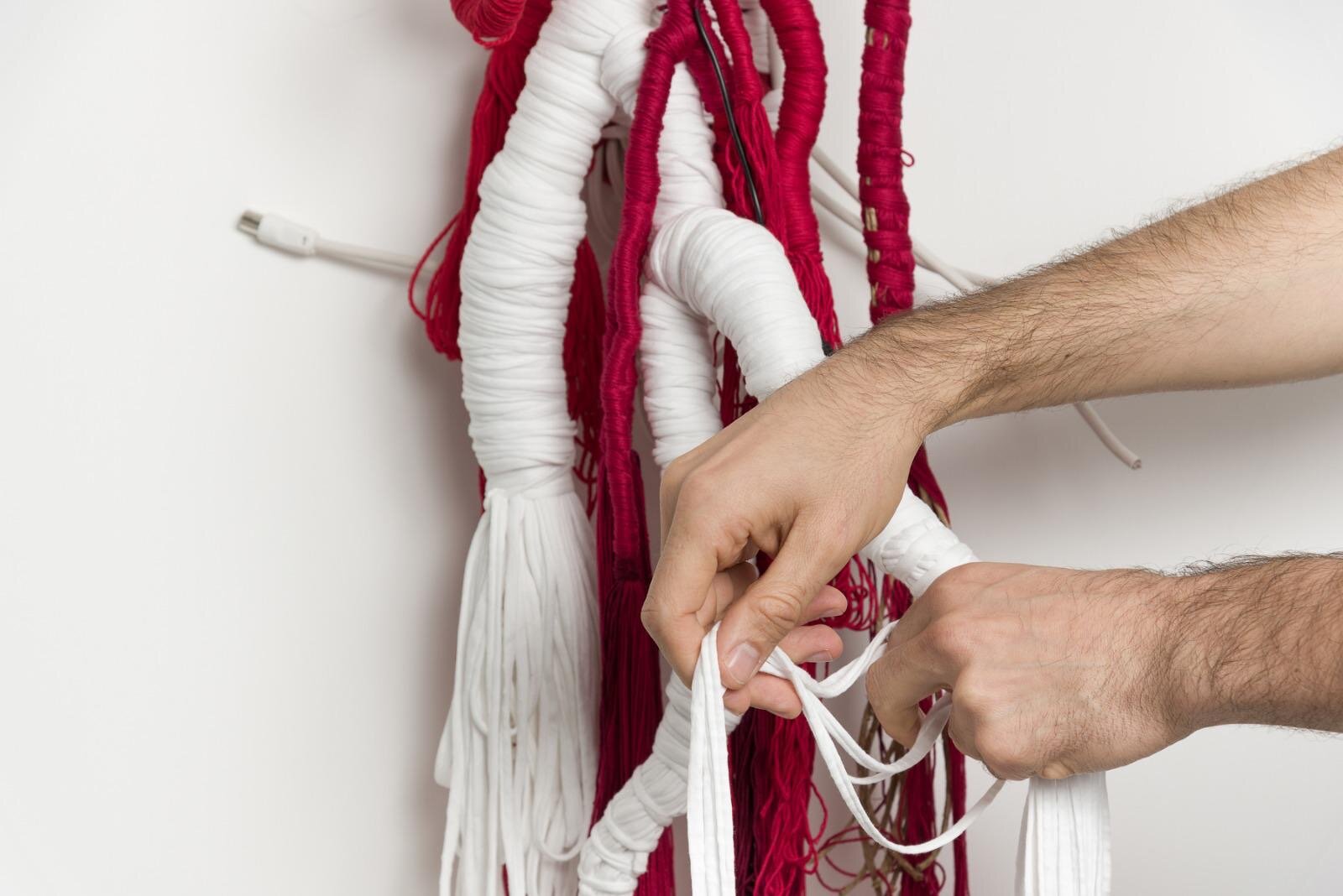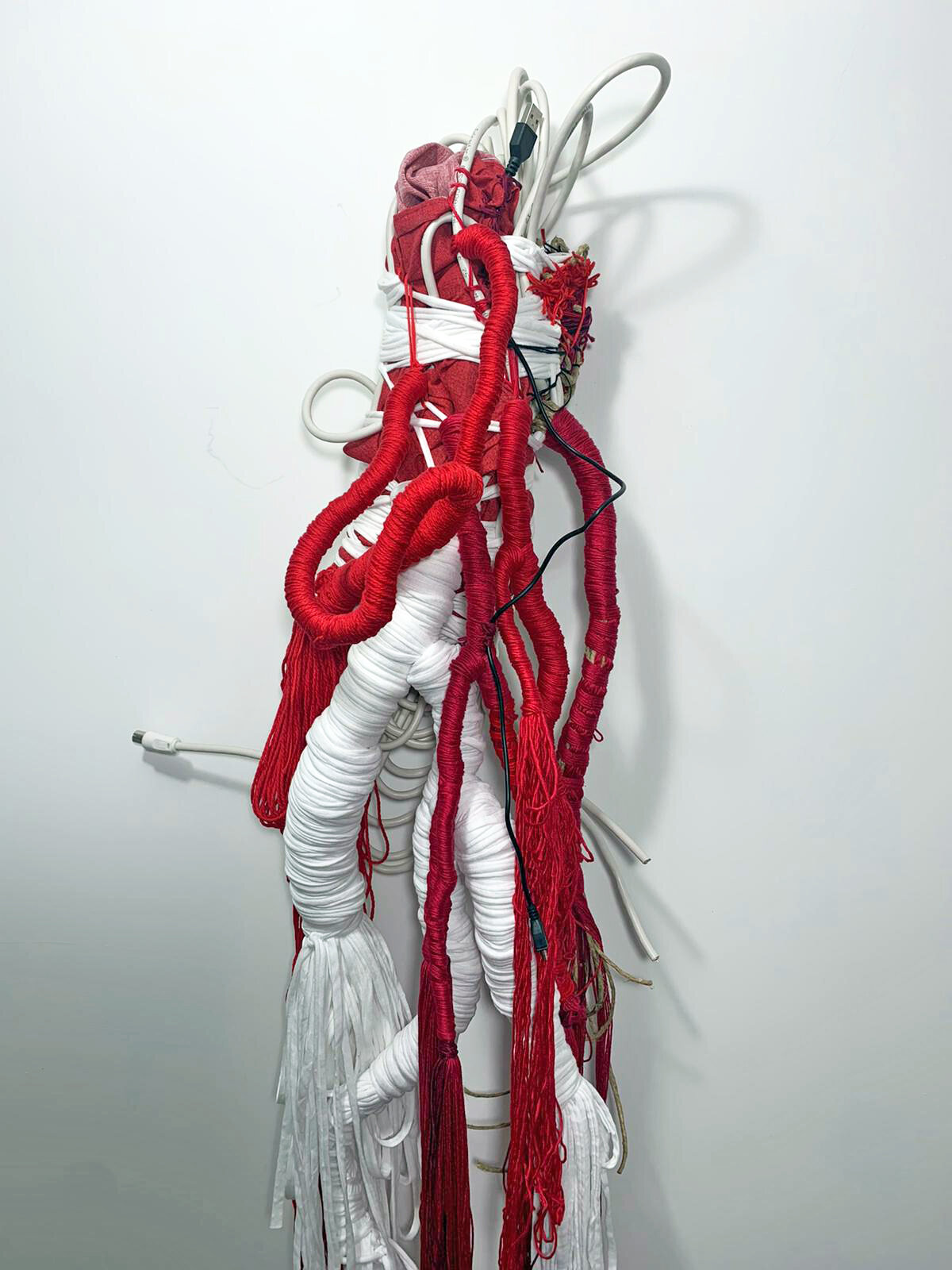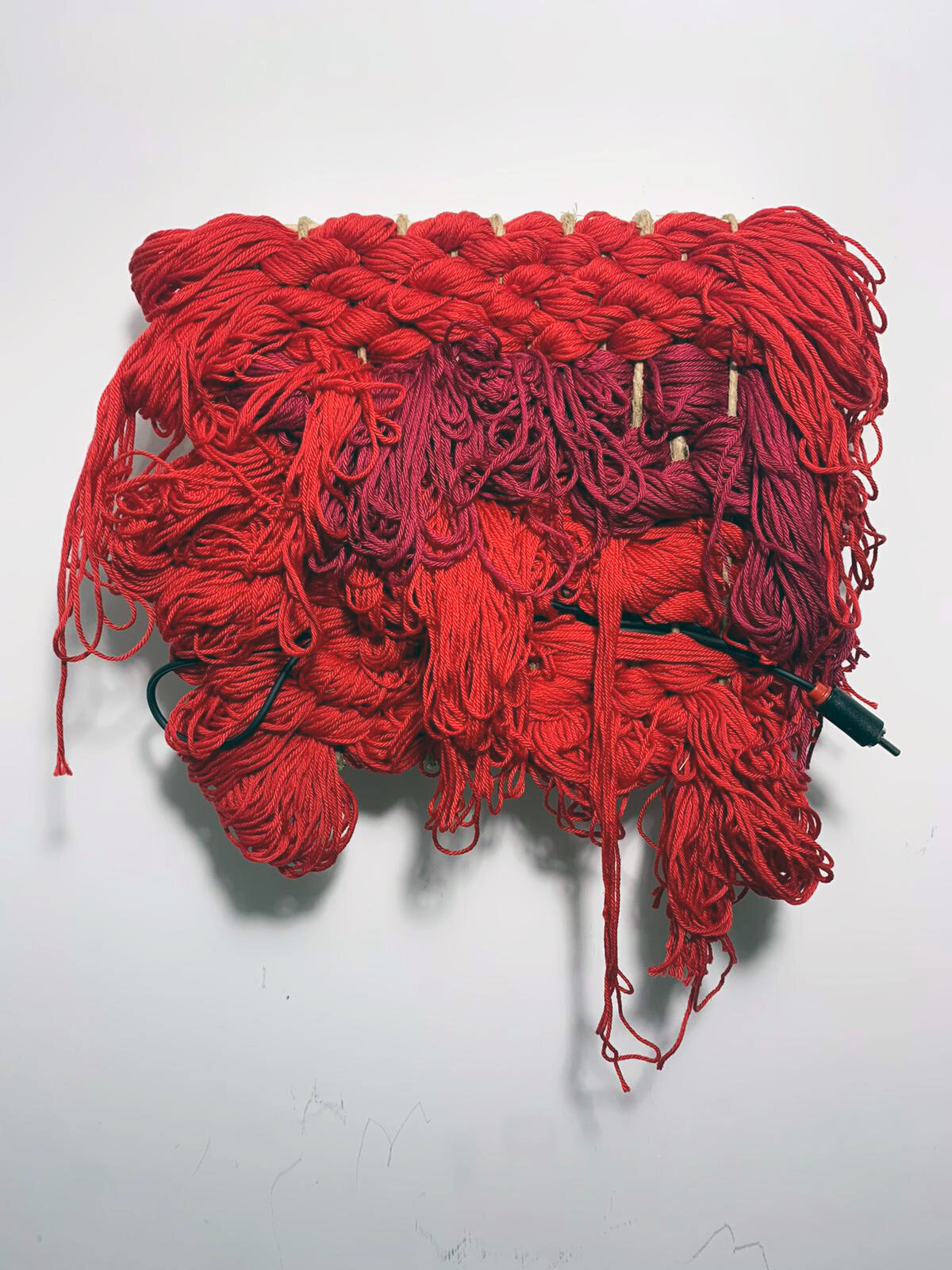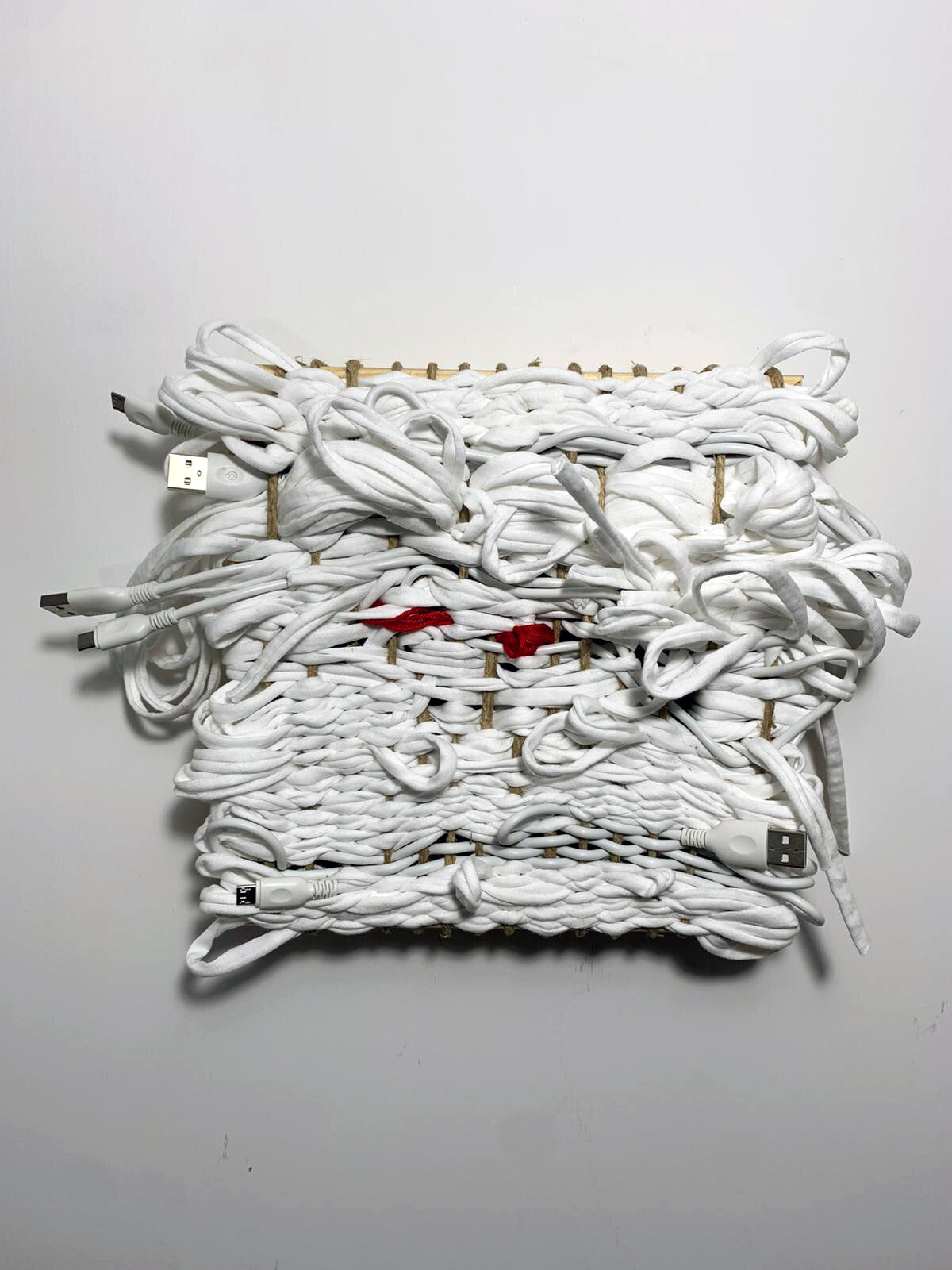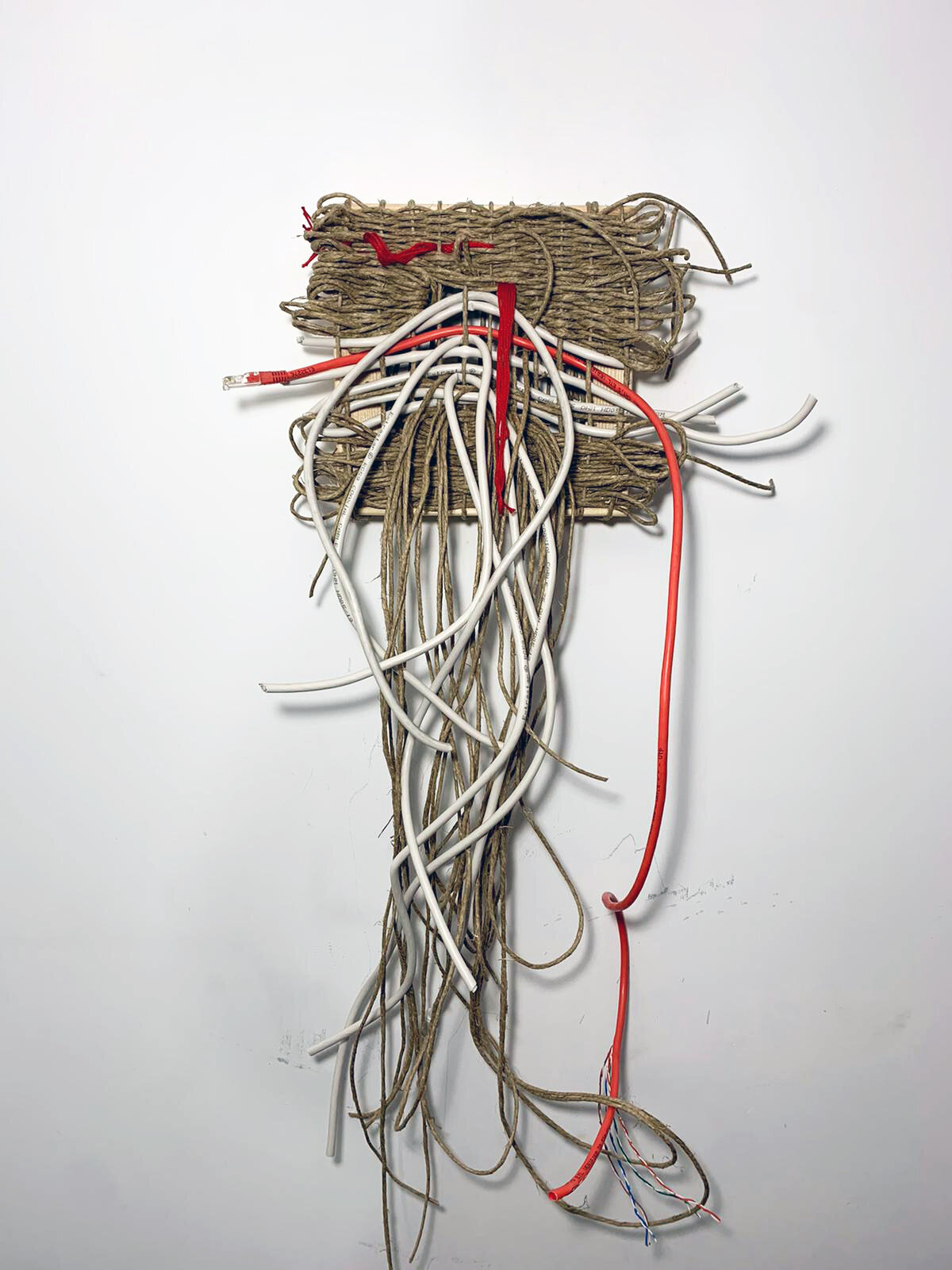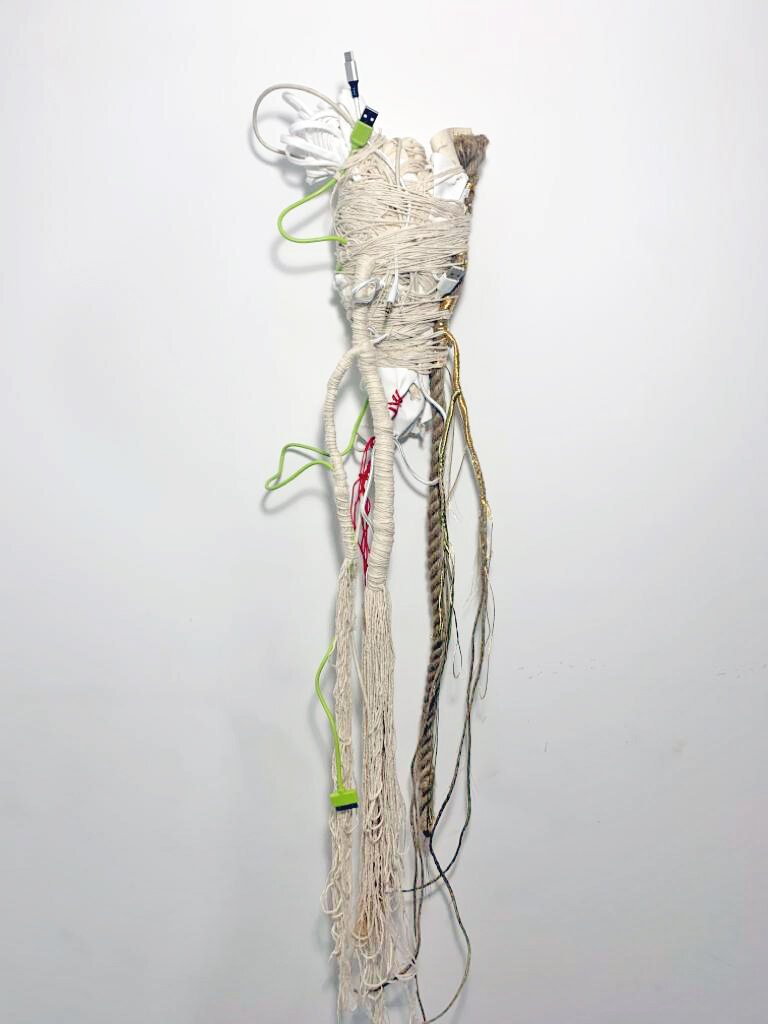Viewing room
Anna Skladmann (b. 1986, Germany), could be seen as the contemporary successor of the Victorian artist Anna Atkins, who was the first one to use the cyanotype technique to capture algae as a research study (1843). Skladmann uses photography and specific scanning techniques which create diaphanous forms of the flowers and plants she captures.
The show will be presenting a number of commissioned works that look at the Seven Spieces, which are seven agricultural products – two grains and five fruits – which are listed in the Hebrew Bible as being special products of the Land of Israel. With a nostalgic view to her own roots Skladmann’s delicate work underlines the historic and mythical connection that humans have with nature. The Seven Species have played an important role in the food of the Israelites (later: Jews) in the Land of Israel and the religious traditions of Judaism. Many references to these basic foods can be found in the Bible.
Click on images for more information and prices
Henry Hussey (b. 1990, UK) has been creating deeply personal and emotionally raw artworks for several years, mainly through the paradoxically laboured medium of textiles, questioning social and historic truth.
In this series of drawings and sculptural work there is strong fascination with mythological iconography, stripping the figures from their original identity, leading to an almost grotesque representation. As most mythological creatures are representational of nature we are, through his images, obliged to rethink our belief system and historic relationship to it.
Click on images for more information and prices
Fabio Barile (b. 1980, Barletta, Italy) is one of Italy’s rising conceptual photographers.
Like a Renaissance artist, Barile considers art to be an instrument for understanding the universe— a view which implies reverence for the pioneers of modern science, chief among them, the father of geology, James Hutton (1726-1797), who first perceived that the earth is alive with geologic activity, as well as determining that the Earth is billions of years old.
Knowing that images of nature can never be separated from nature, Barile accepts that the world has been exhausted by representations of itself. The natural world has become a simulacrum, manipulated for the purposes of revealing aesthetics lodged within ‘objective’ representation.
Click on images for more information and prices
Laura Pugno’s (b. 1975, Trivero, Italy) naturalistic landscapes challenge the perception of reality and fiction by disrupting the image through a scanning glitch. What remains is a new image, a new horizon given by the impossibility of grasping the image of the landscape in its complexity.
Each band of horizon is richer in ink in relation to the information of the photographed landscape. If today it is evident that we are constantly observed and directed by online technologies, from above and in front of our shielded eyes, in the Renaissance and up to the nineteenth century the linear perspective dominated the world with strong vanishing points defined as real mathematics, giving then as now the illusion of our individual freedom.
Click on images for more information and prices
Serving as a strong antagonist to the digital representation of nature are Pietro Pasolini’s (b. 1992, Brazil) works, which act like a physical trace of nature’s evolution in time. The totality of his work is made without paint, ink or any other man-made colouring material, it’s rather the simple outcome of nature’s reaction to its own elements. The result is a footprint of the artist’s collaboration with nature itself, operating like an alchemist to push those boundaries between man and nature. A proof that the two can coexist in a transcendent way.
Click on images for more information and prices
Laura Letinsky’s unique polaroids bespeak of time’s rapid and unrelenting progression. Their black-and-white ravaged descriptions—coupled with their singularity and seriality—bespeak of the distance between having and wanting.
These images are an homage to and lamentation of time’s passage as it is seemingly ensured and enshrined through the photograph’s exegesis. She made this collection of black-and-white images in her studio from 1997 until 2008, when Type 55 Polaroid film was discontinued.
Akin to sketches, Letinsky’s work explores focus, composition, exposure, and most importantly, light itself, leading to her larger scale colour works, for which she is best known.
Click on images for more information and prices
Naomi White (b. 1970, USA) is a feminist, artist, and educator, working on ideas at the intersection of ecology and photography. Focusing on the transformative power of photography to affect desire and change, much of her work questions how we can shift our focus away from the current racist, capitalist model of domination to one of equity and collective voice, for the sake of all people, animals and the planet.
In Plastic Currents, the every day plastic bag is transformed by light, turned from something familiar into something strange. Undulating and fluid these forms transition from non-biodegradable, reviled plastic bags into seemingly organic forms, imitating the very nature they threaten.
Click on images for more information and prices
Works by the Italian artist Giovanni Vetere (b. 1995, Rome, Italy) refer to a utopic life underneath the water. His post-anthropomorphic approach sees the body often being at the centre of a transformation into a water creature. His performances have stunned many because of their extreme theatrical storyline and dreamlike representation.
By adopting a post-humanist stance towards the body, the artist aims to de-centre the way we perceive our own bodies by insisting upon the idea that we are entwined with the world in a chiastic manner.
His ceramic sculptures are relics of this utopian sea life where dimensions and forms take on a new identity.
Click on images for more information and prices
Dominique Paul (b. 1967, Montreal, Canada) addresses similar issues in her photographic collages called ‘ The Insects of Suriname’ where she merges illustrations of tropical plants and insects by Maria Sibylla Merian (who in the 1600s first illustrated insect metamorphosis) with contemporary fashion images.
Spliced together, they form hybrid insect-men, half bug, half bodybuilder. Men, she says are going through their own metamorphosis through a survival of the fittest regime, perhaps preparing for a global fight for survival.
In The Insects of Surinam #19 a gastrointestinal tree sprouts miniature forms. Paul imagined solving the population crisis by shrinking down humans to the size of insects, lowering each person’s carbon footprint.
Click on images for more information and prices
Mark Dorf (b. 1988, Laconia, NH, USA) is a New York based artist whose practice utilizes photography, video, digital media, and sculpture. In his most recent work, Dorf is influenced by human’s perceptions of and interactions with digital domains, urbanism, design, and what we once called “Nature”.
Rather than seeing these subjects as categorically different, Dorf looks to reveal the entanglement of these spaces, shedding light on their deep interaction and co-production of one another. With an interest in post-anthropocentric and new materialist theory, he scrutinizes the influence of the information age to better understand his curious position within the 21st century world.
Click on images for more information and prices
Cyrus Mahboubian (b. 1986, London, UK) is a British-Iranian artist known for his contemplative approach to photography and his continued use of analogue materials, especially polaroid. He has stated that his intentionally slow process is a response to the increasing influence of technology in our lives. His miniature photographs in black and white reveal nature as a far memory, almost something that belonged to the past.
Click on images for more information and prices
Using also performance as a strong element paired with the incessant use of raw fabric and ropes is the work by Italo-French artist Thomas de Falco (b. 1982, Italy), one of the few ones to use fabric as a performance material. De Falco works manually using the ‘wrapping’ technique, an incessant multiplication of knots in dense tapestries. This technique is based on the use of wool thistles and electronic artefacts that the artist combines manually. The results are organic, full bodied, raw sculptural works that lament a visceral interconnection between technology and nature.
Click on images for more information and prices

